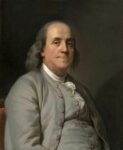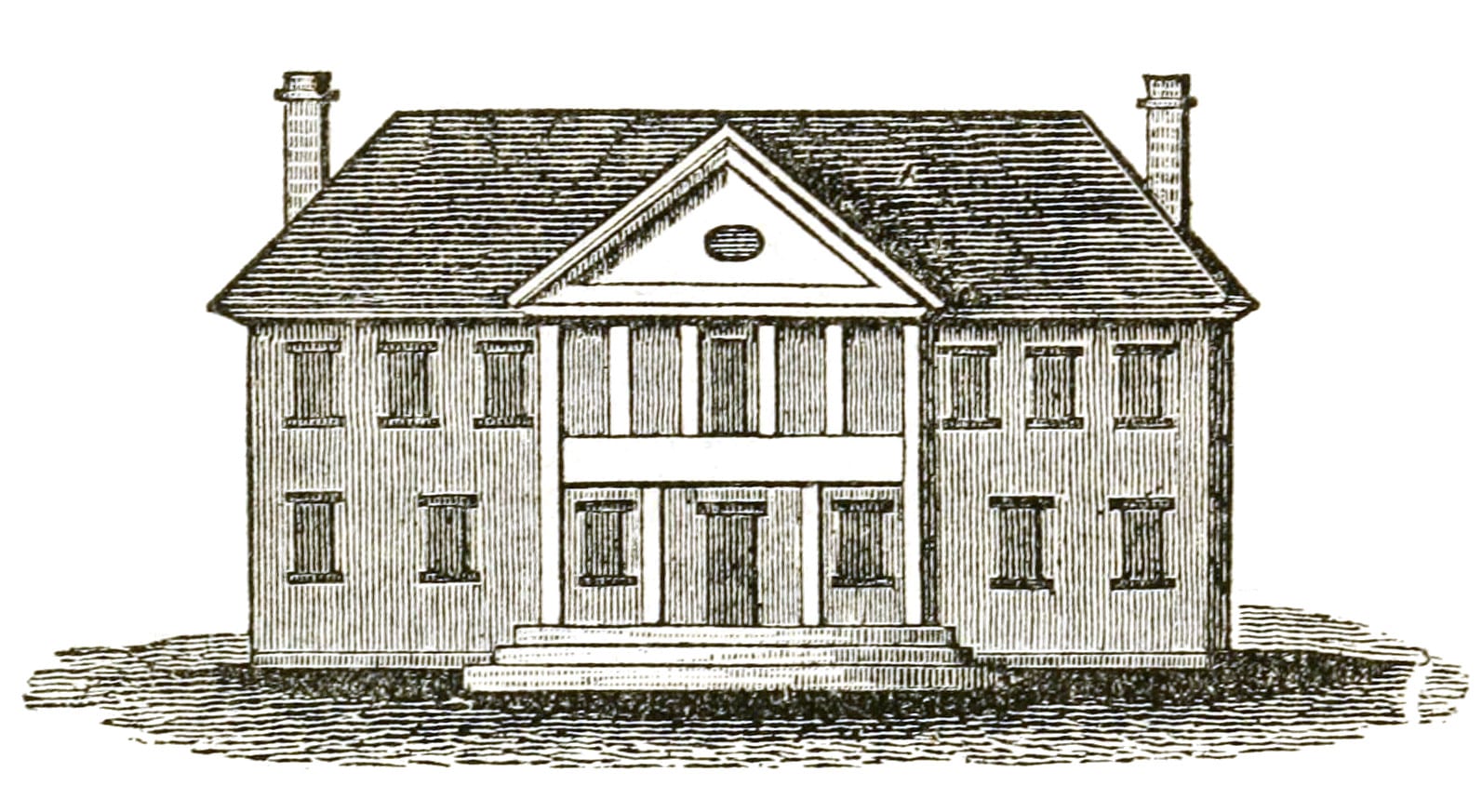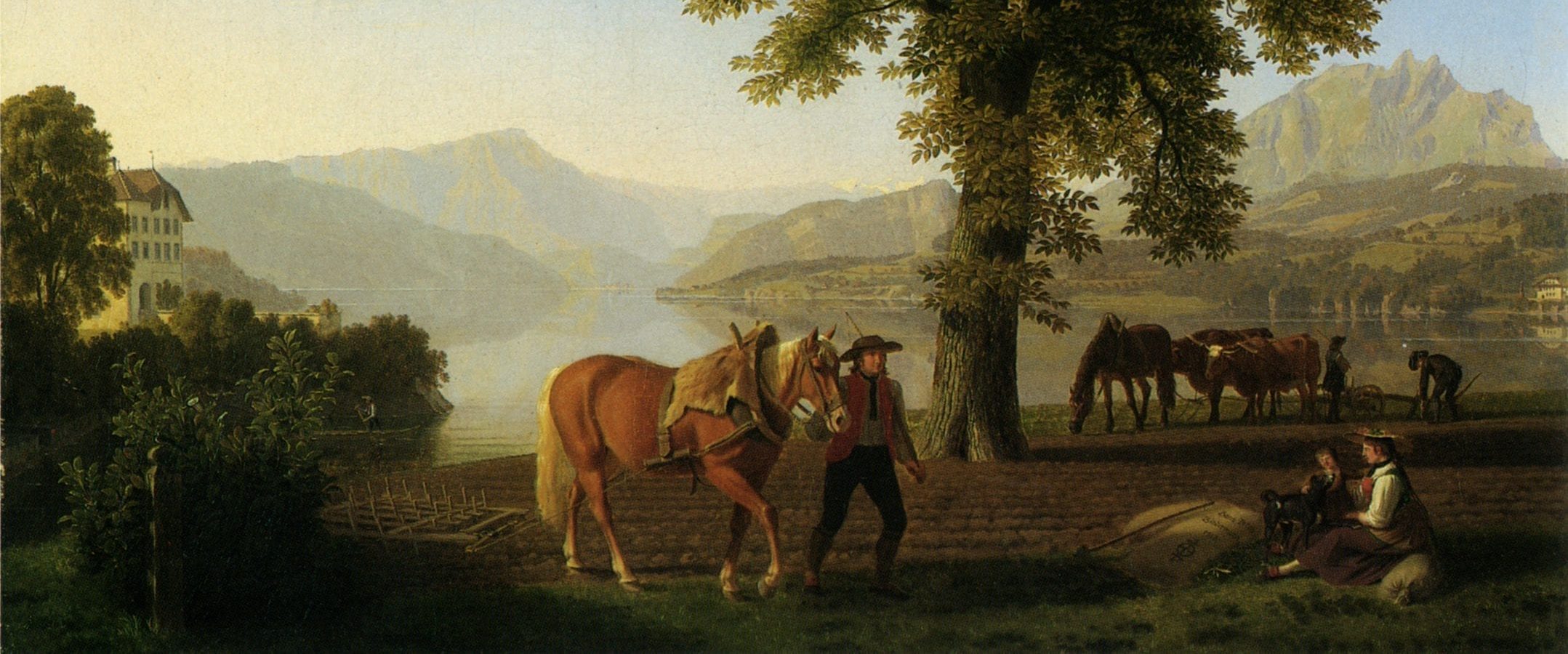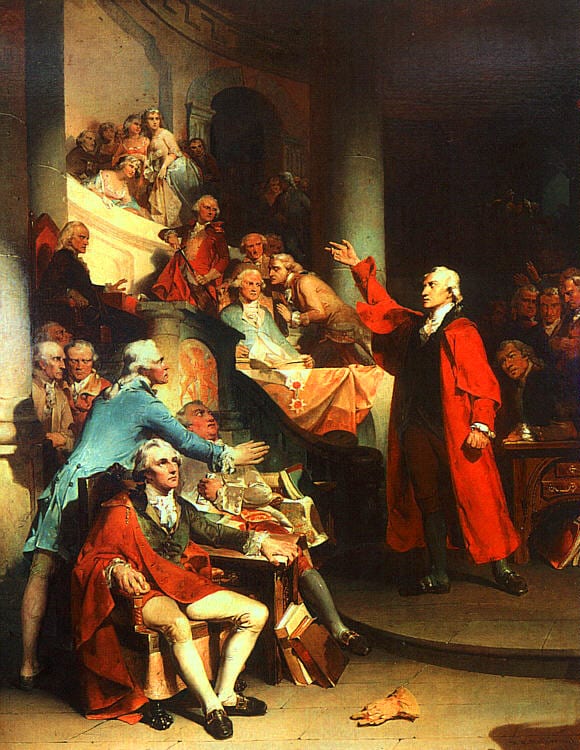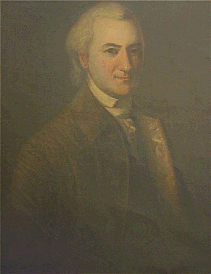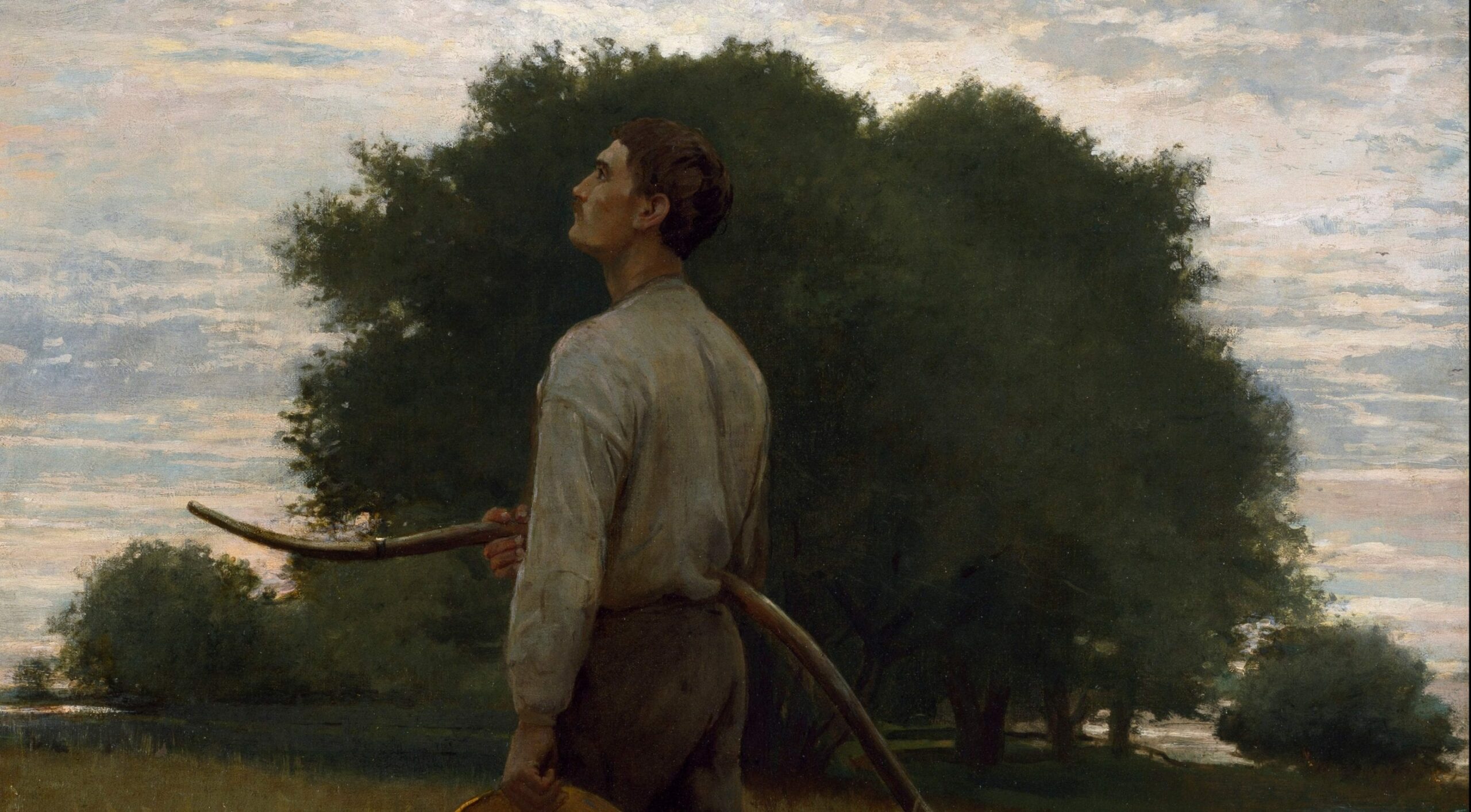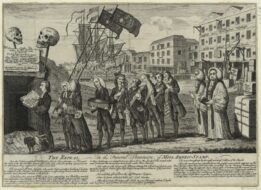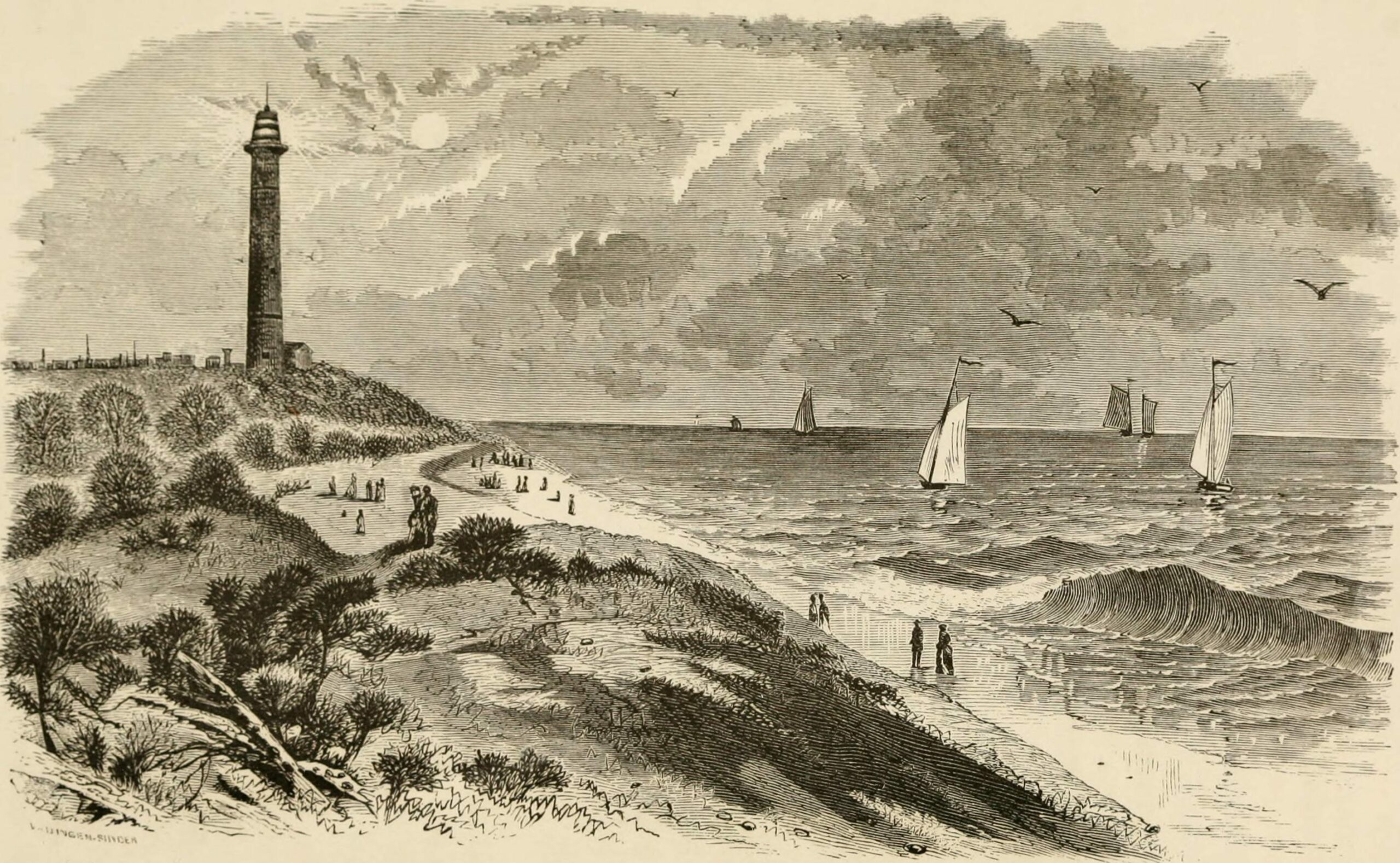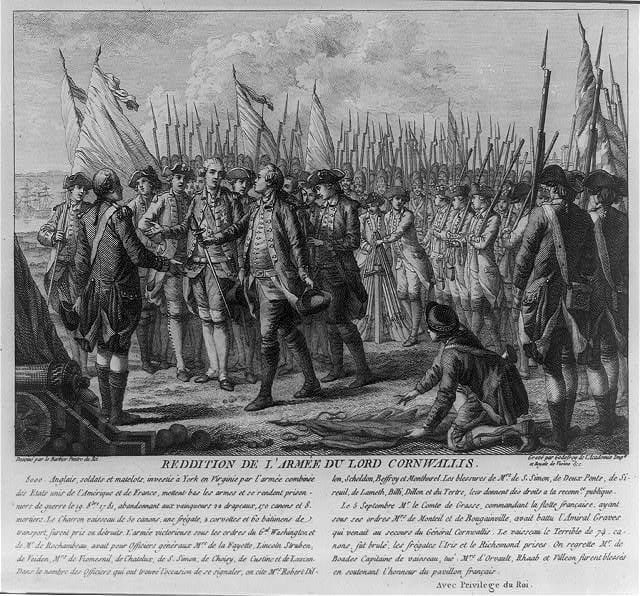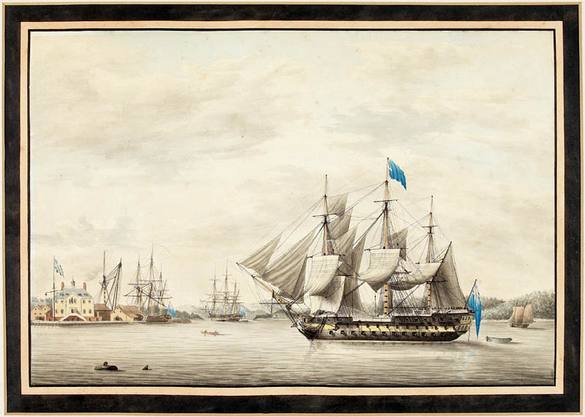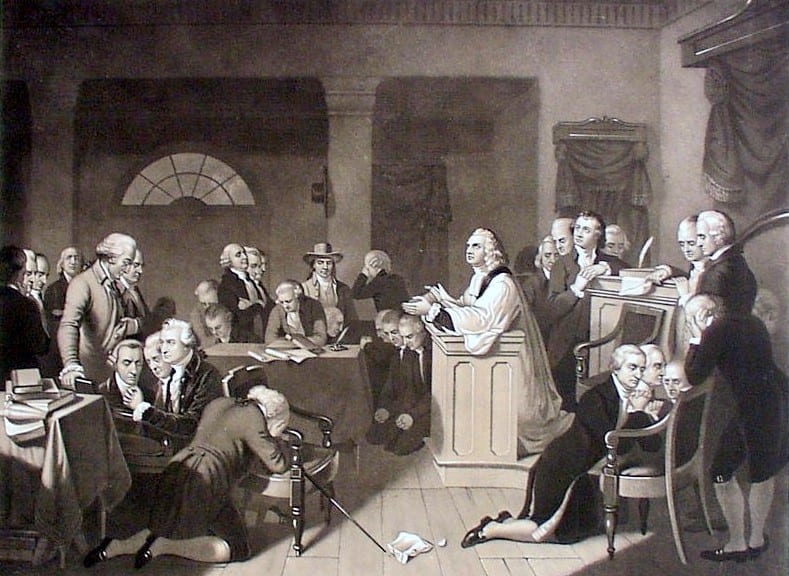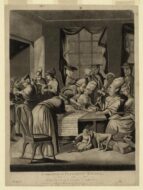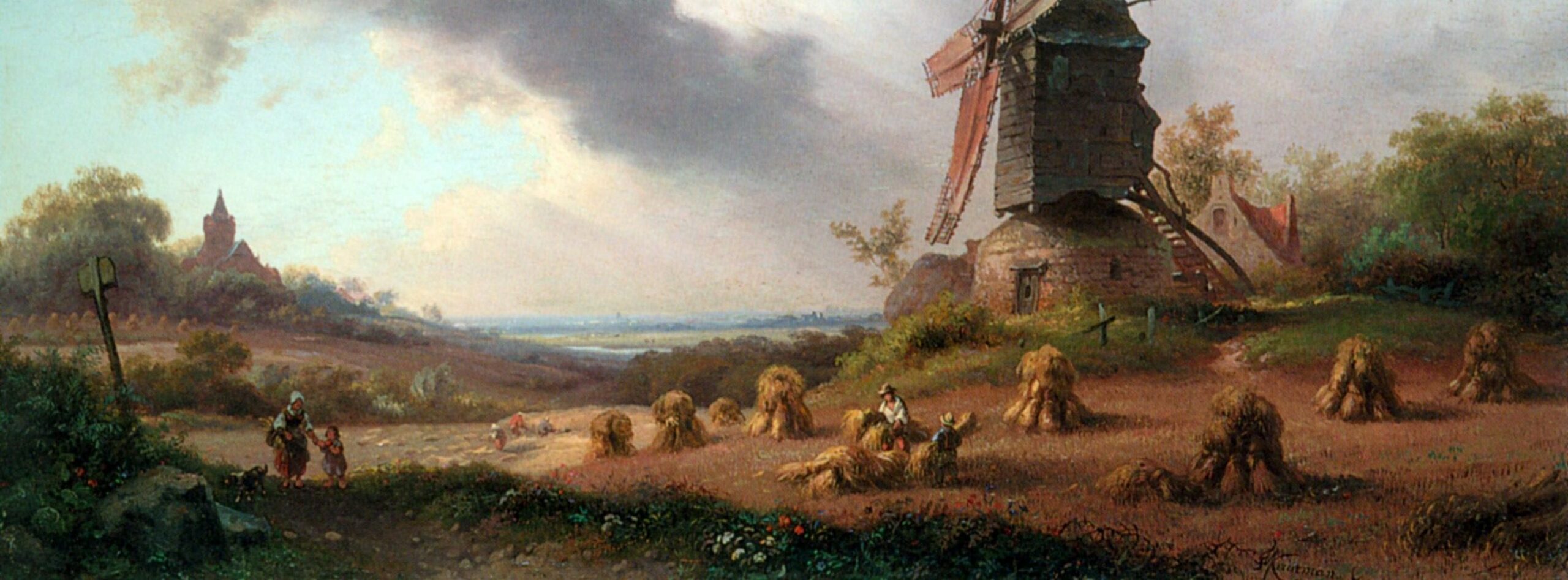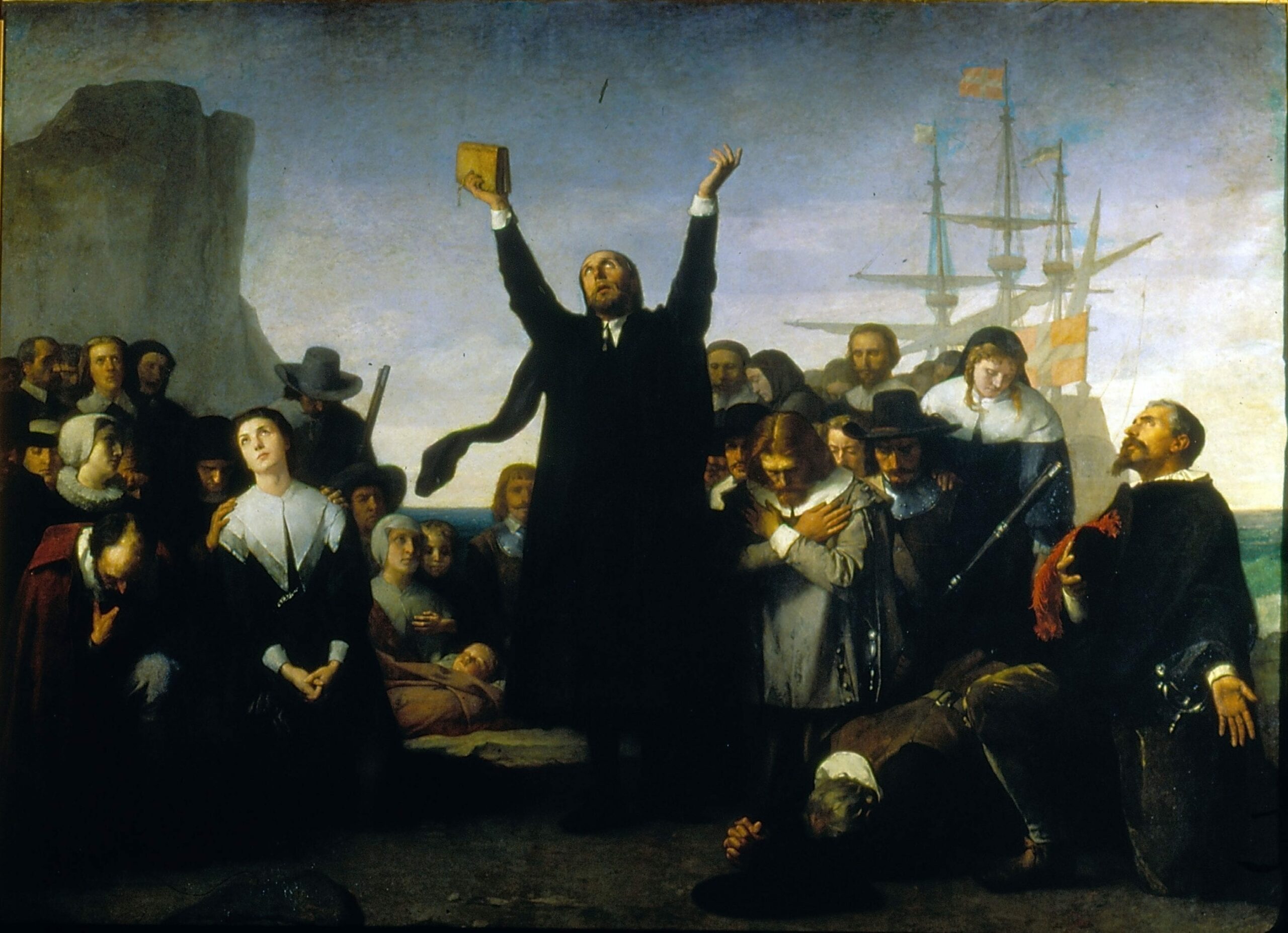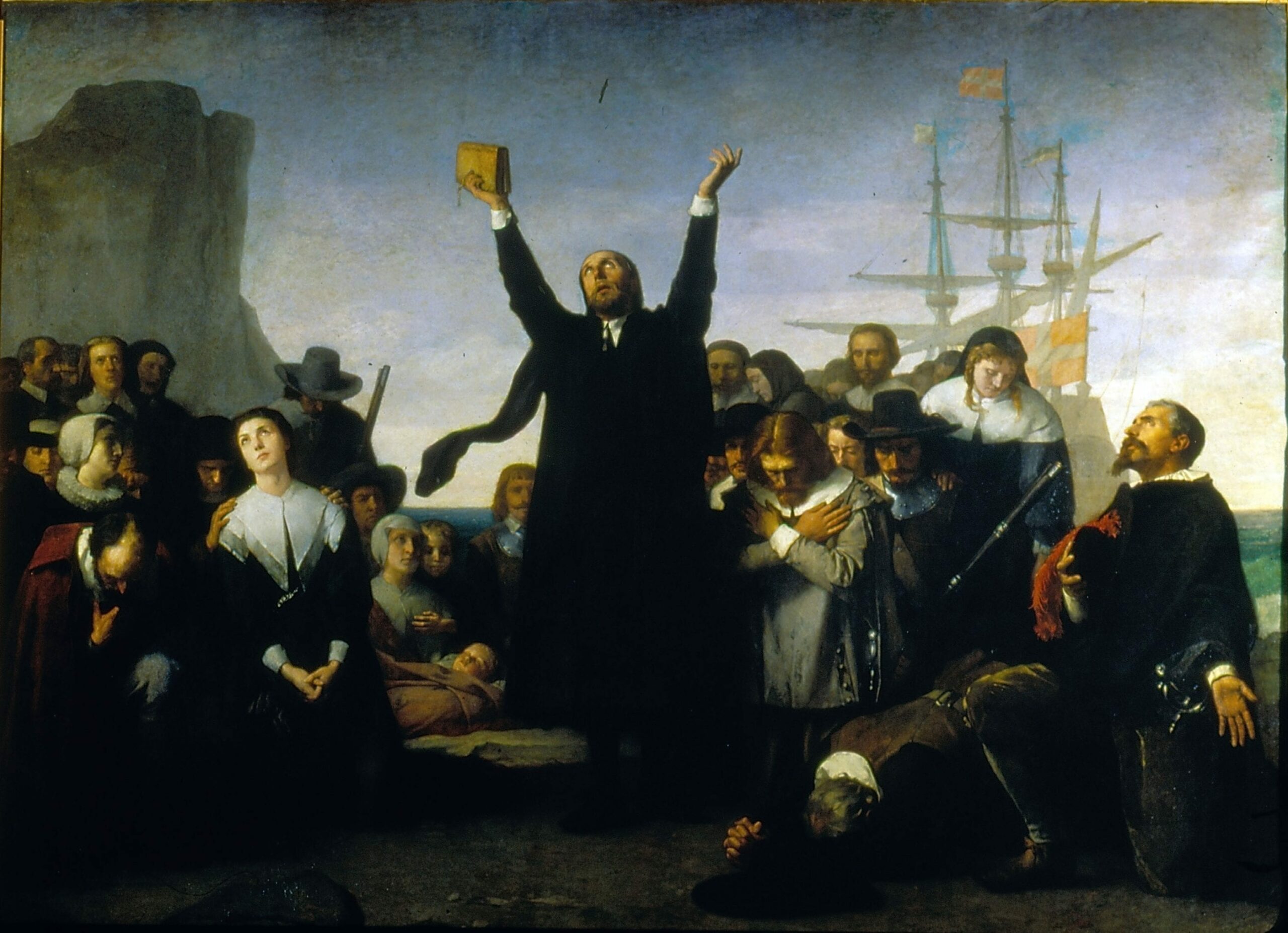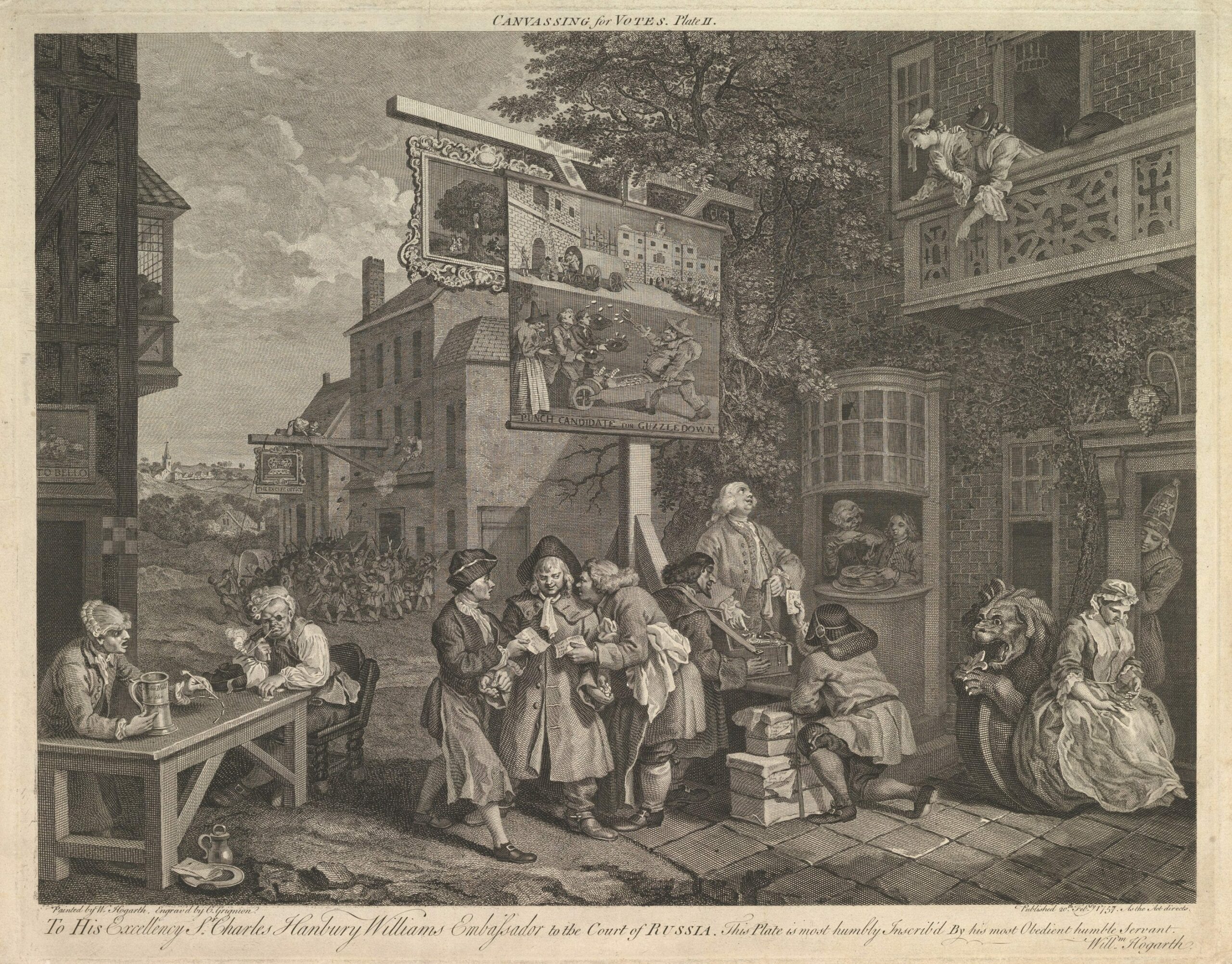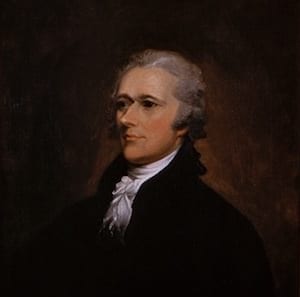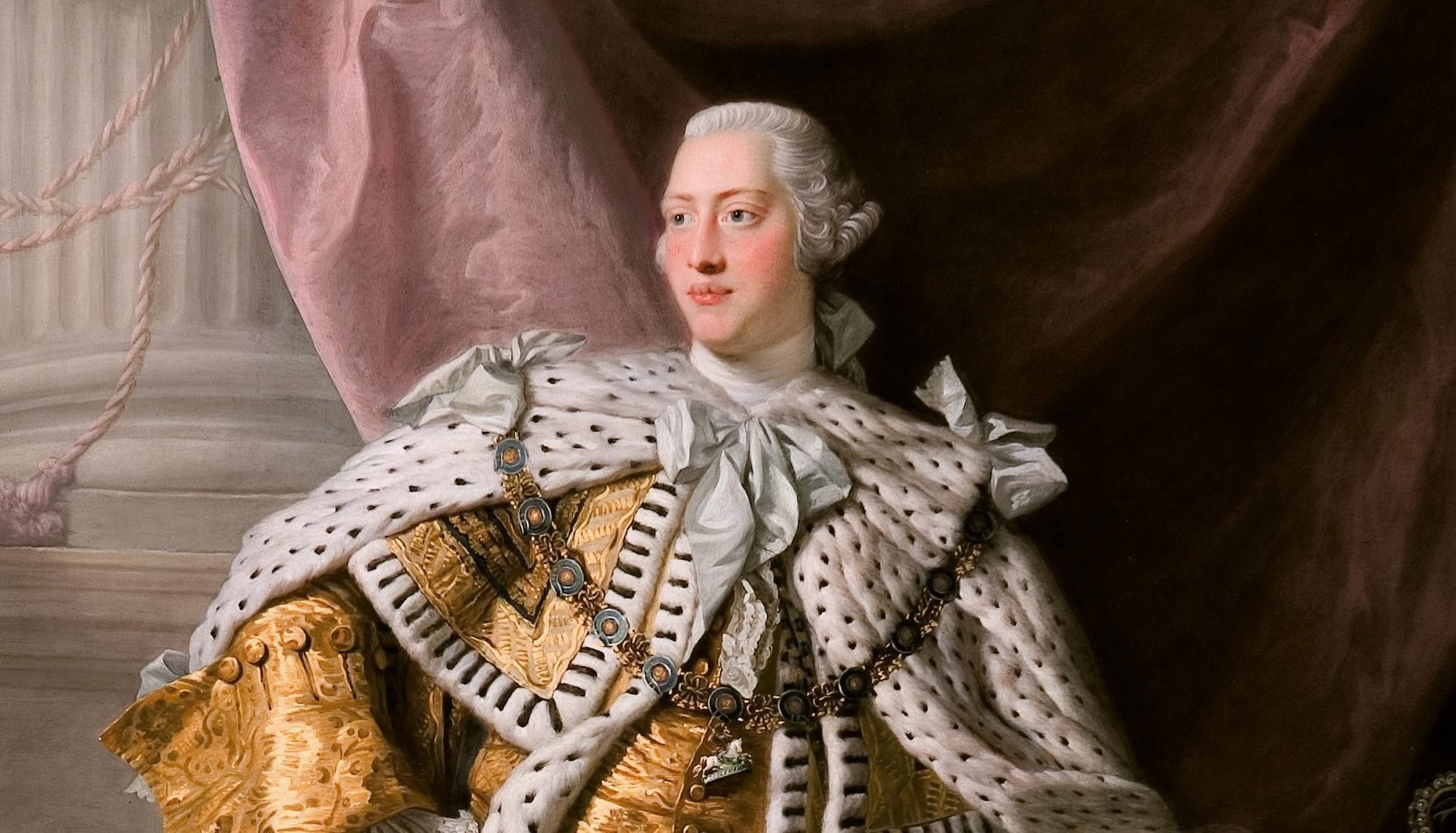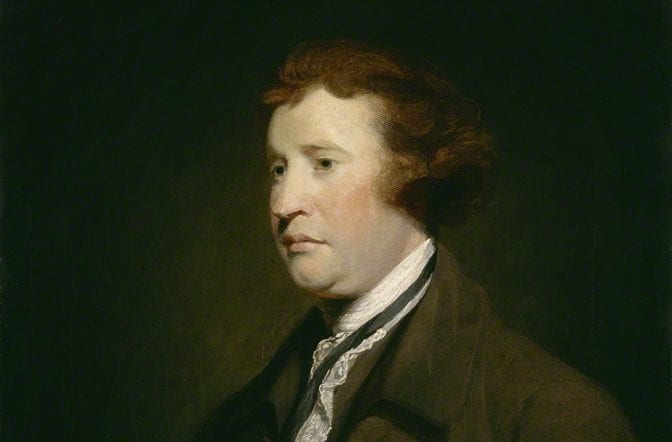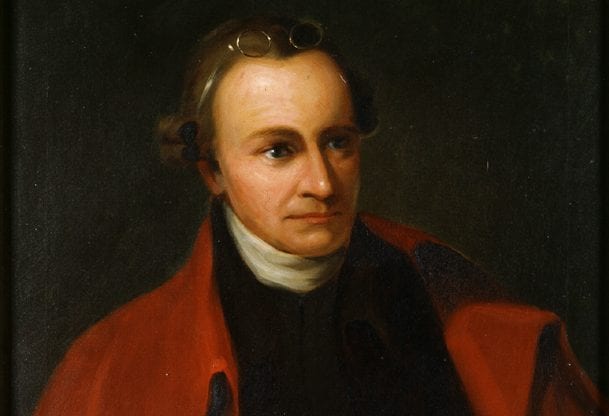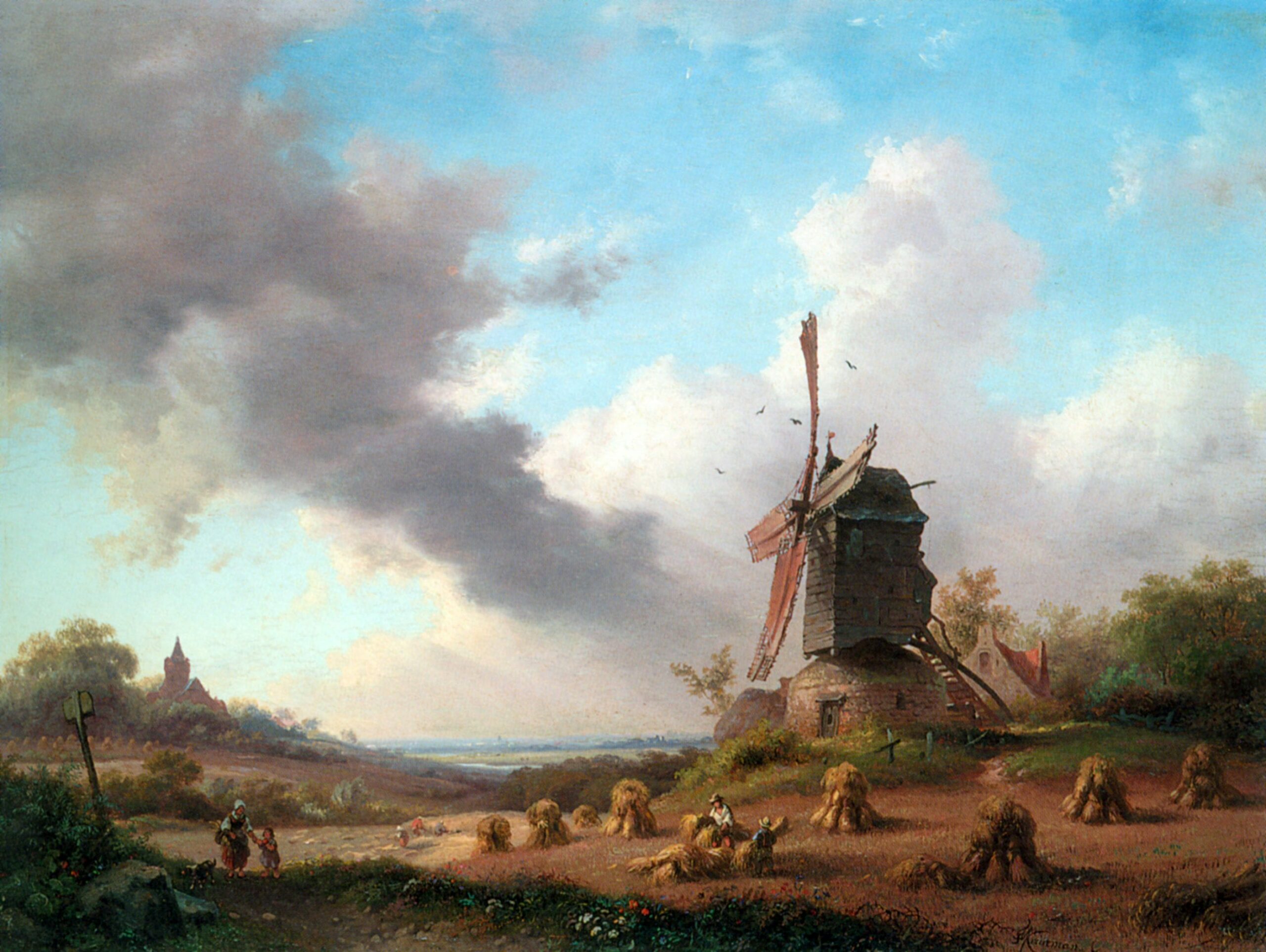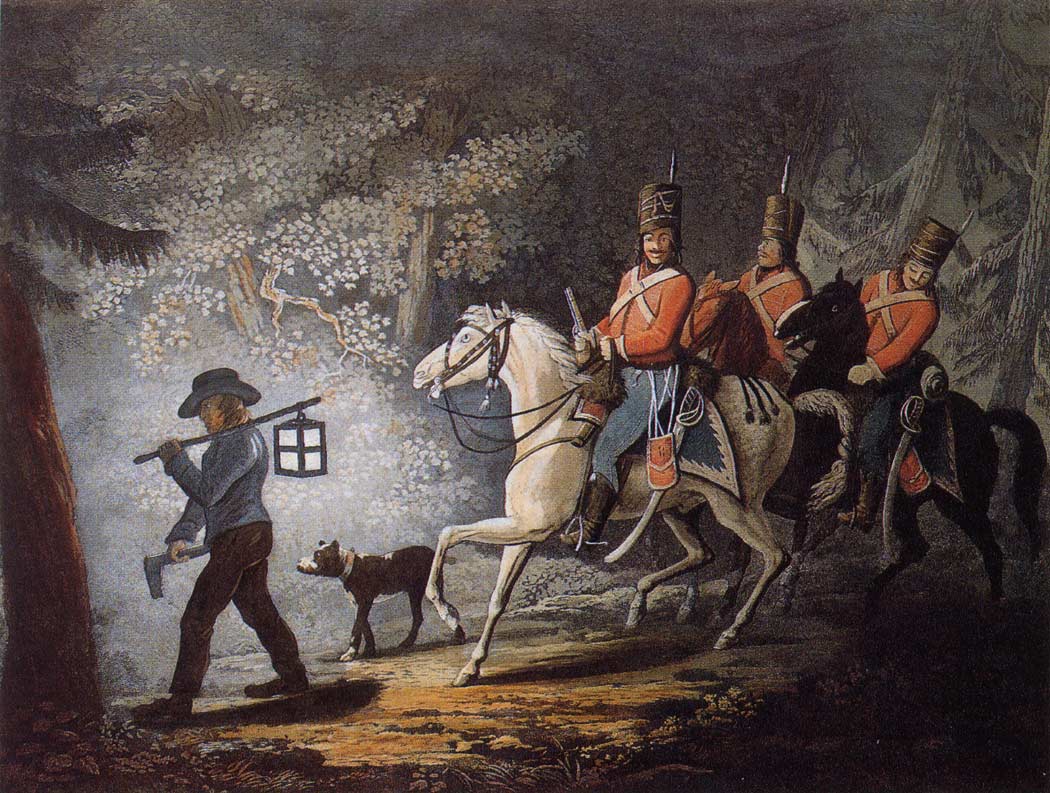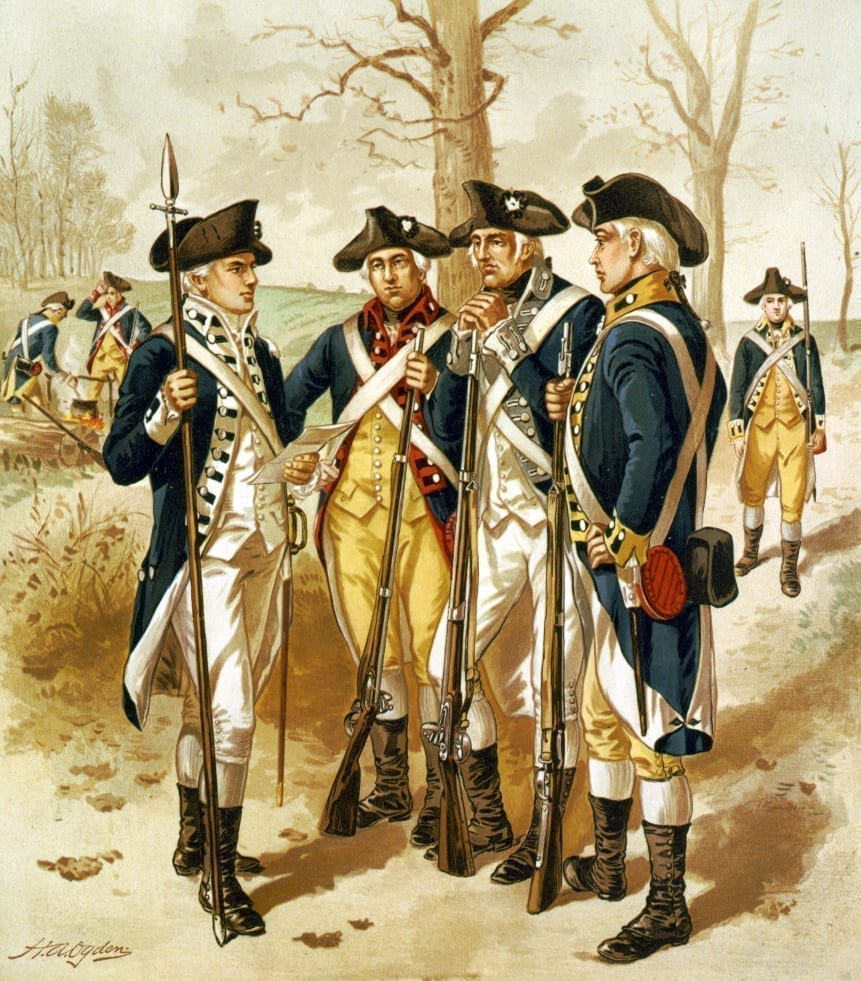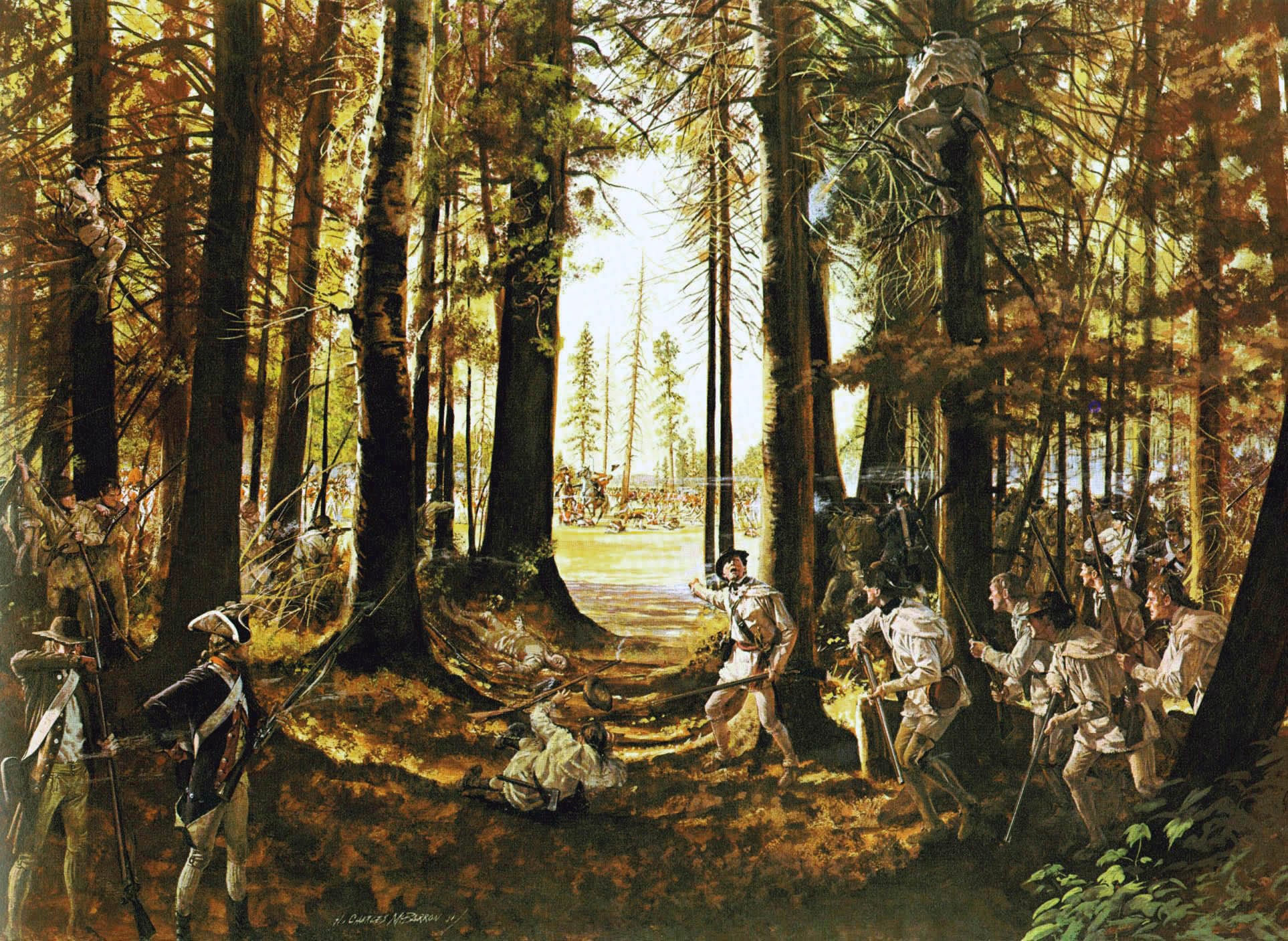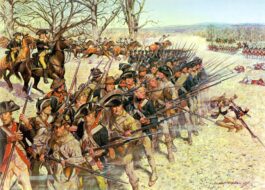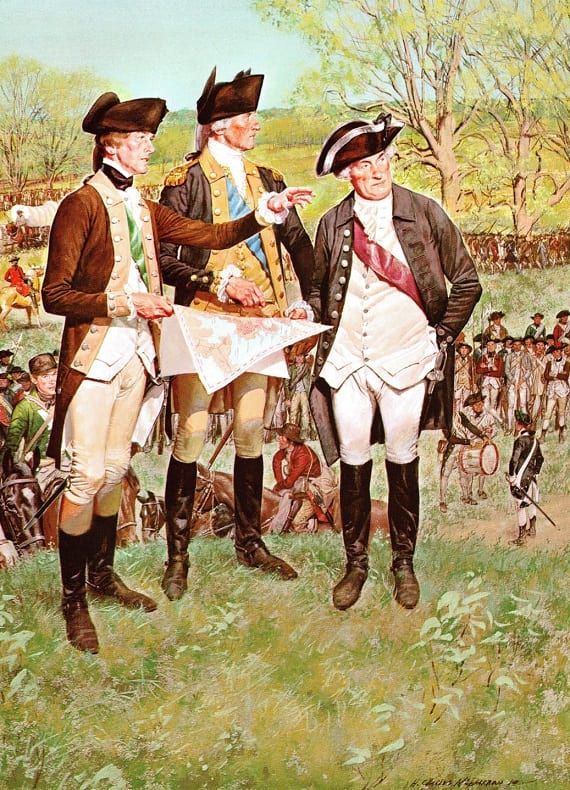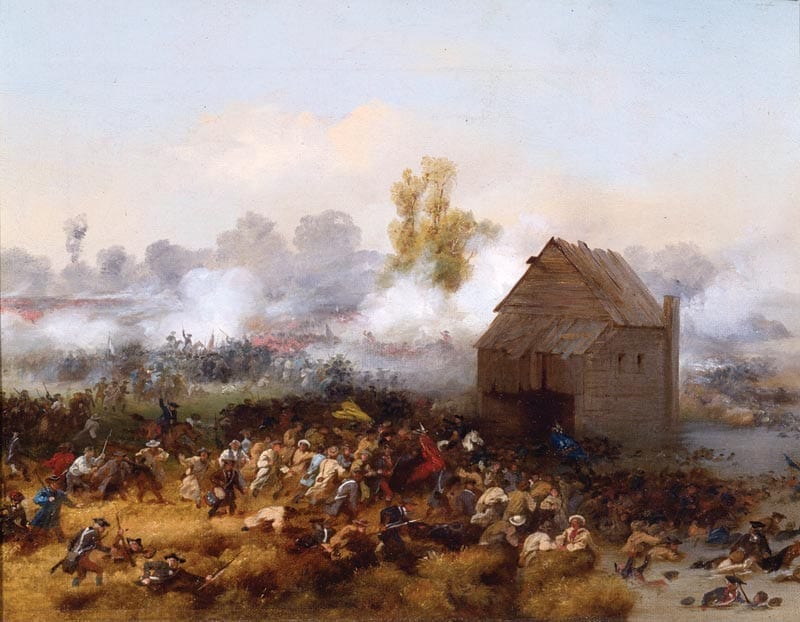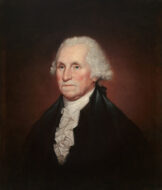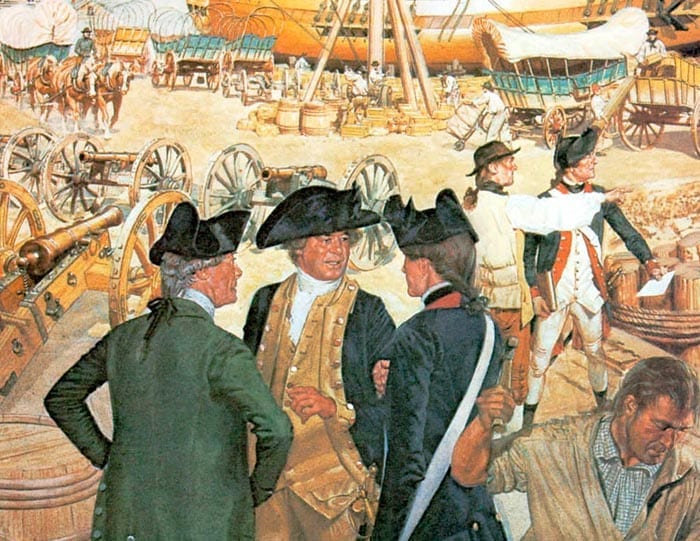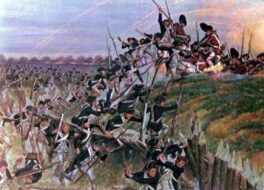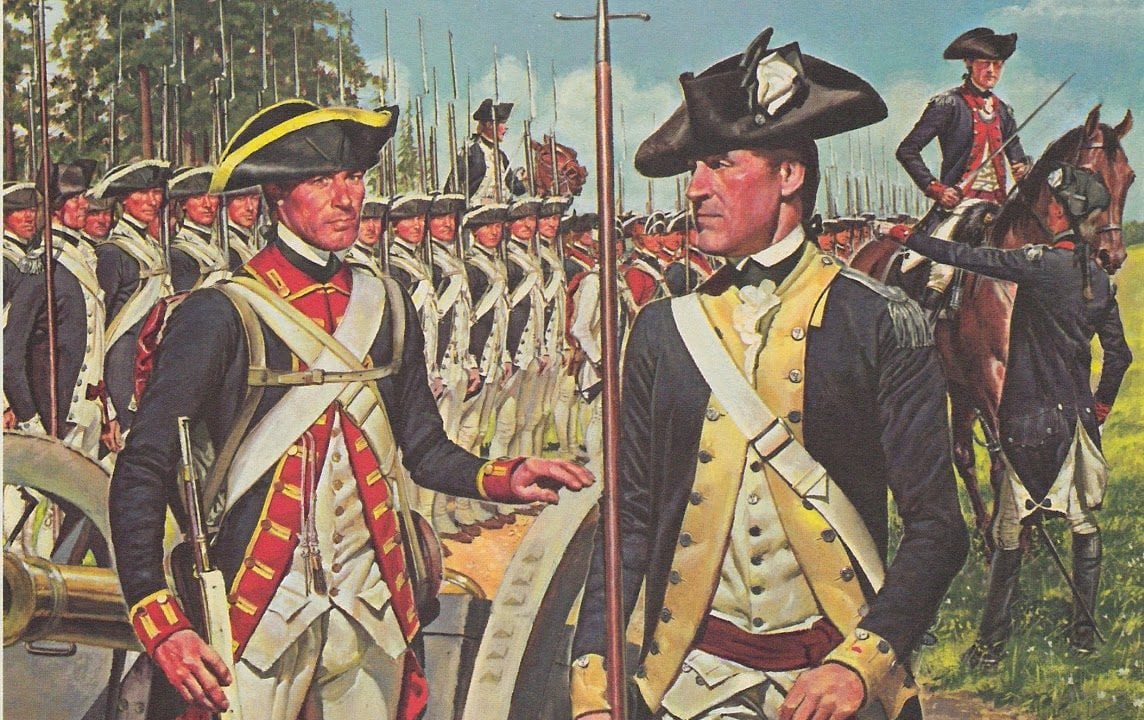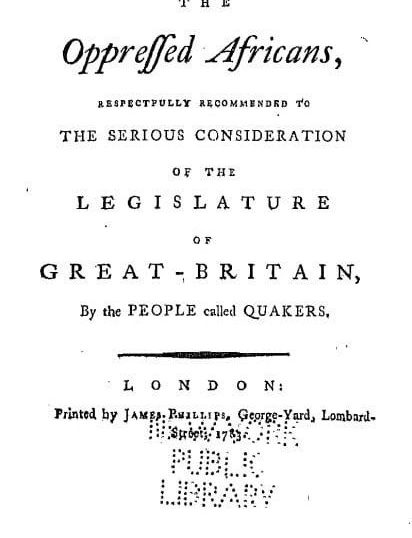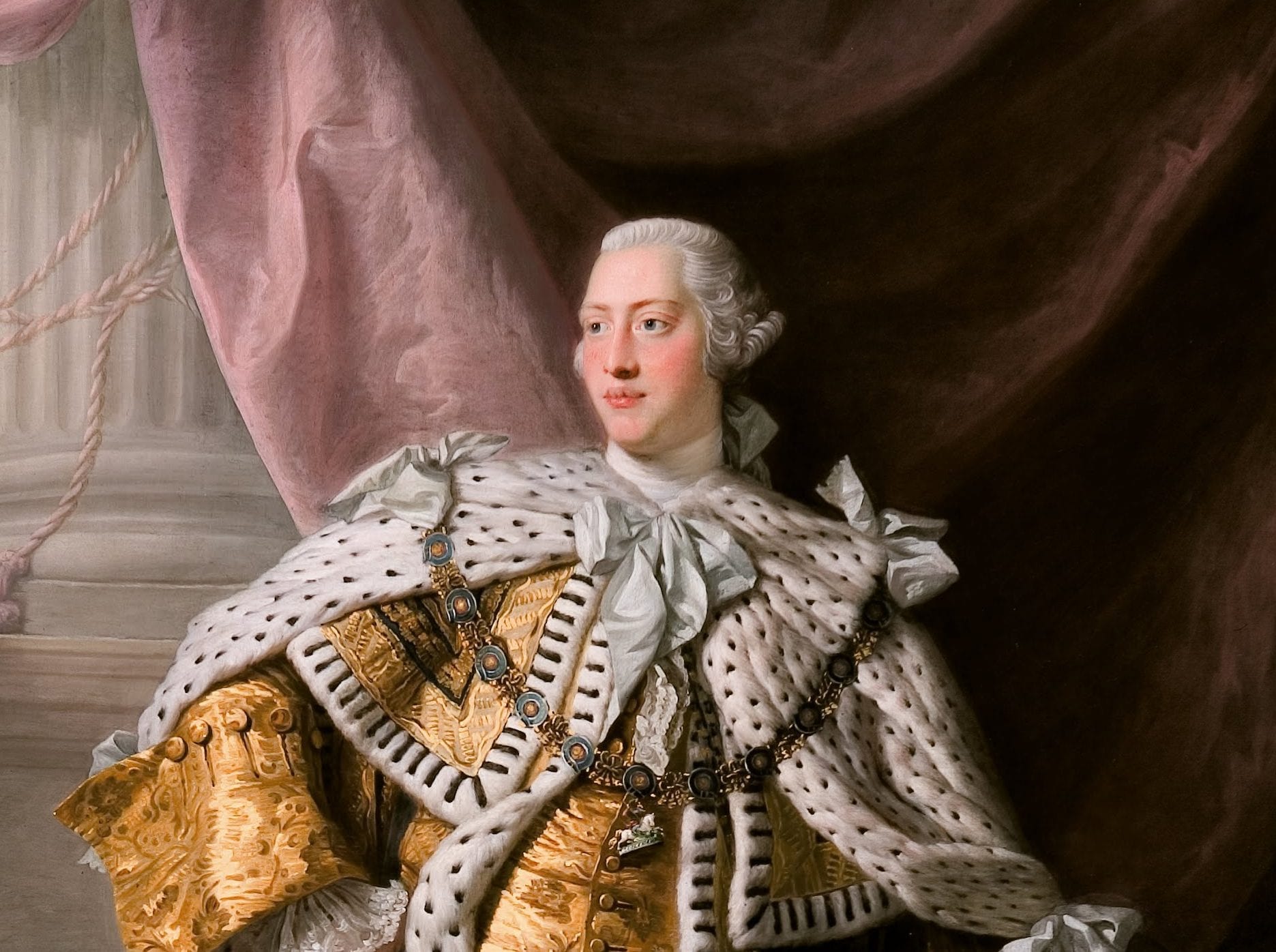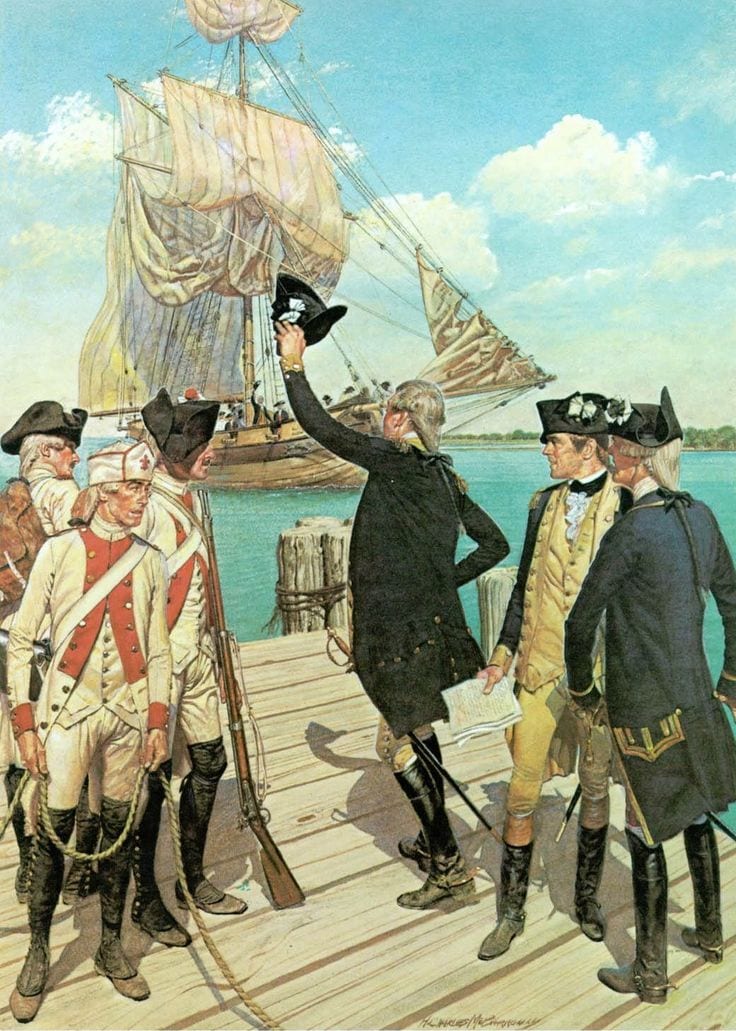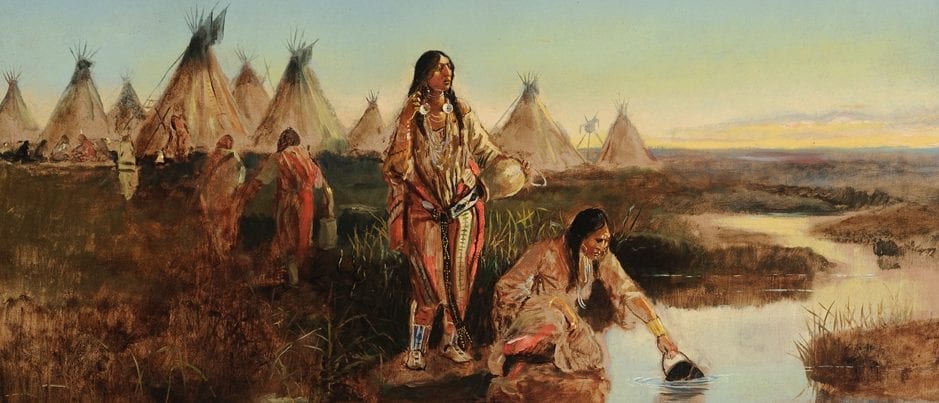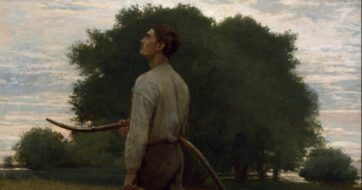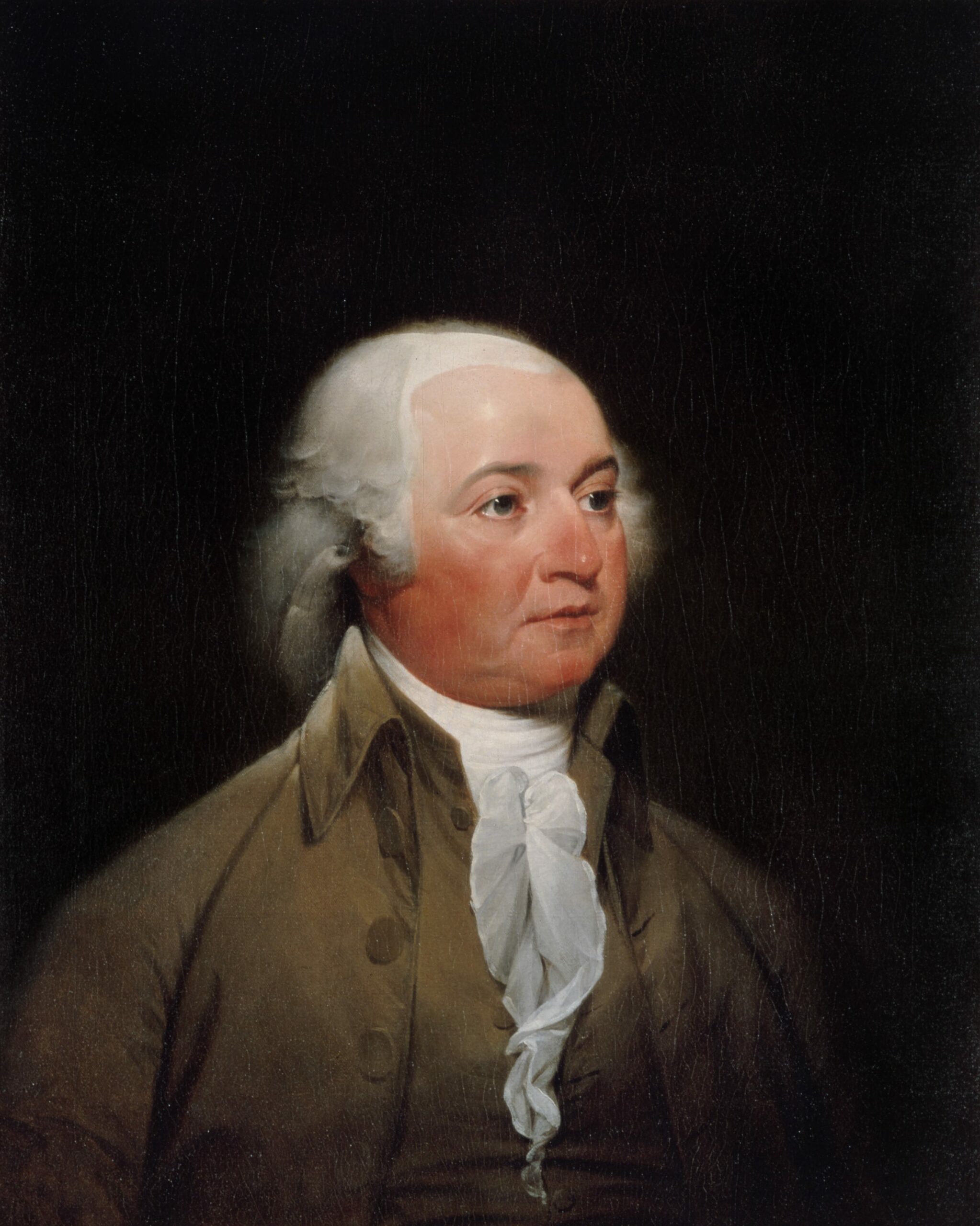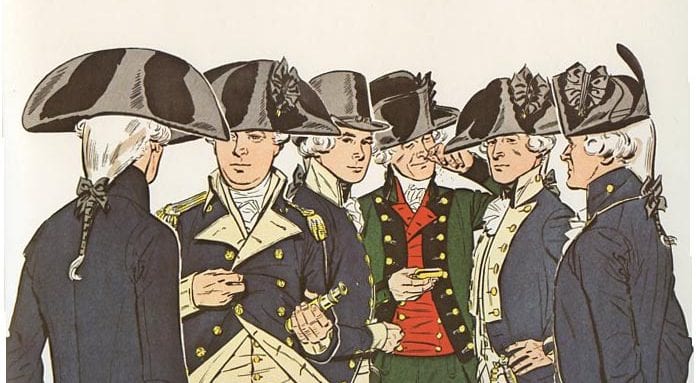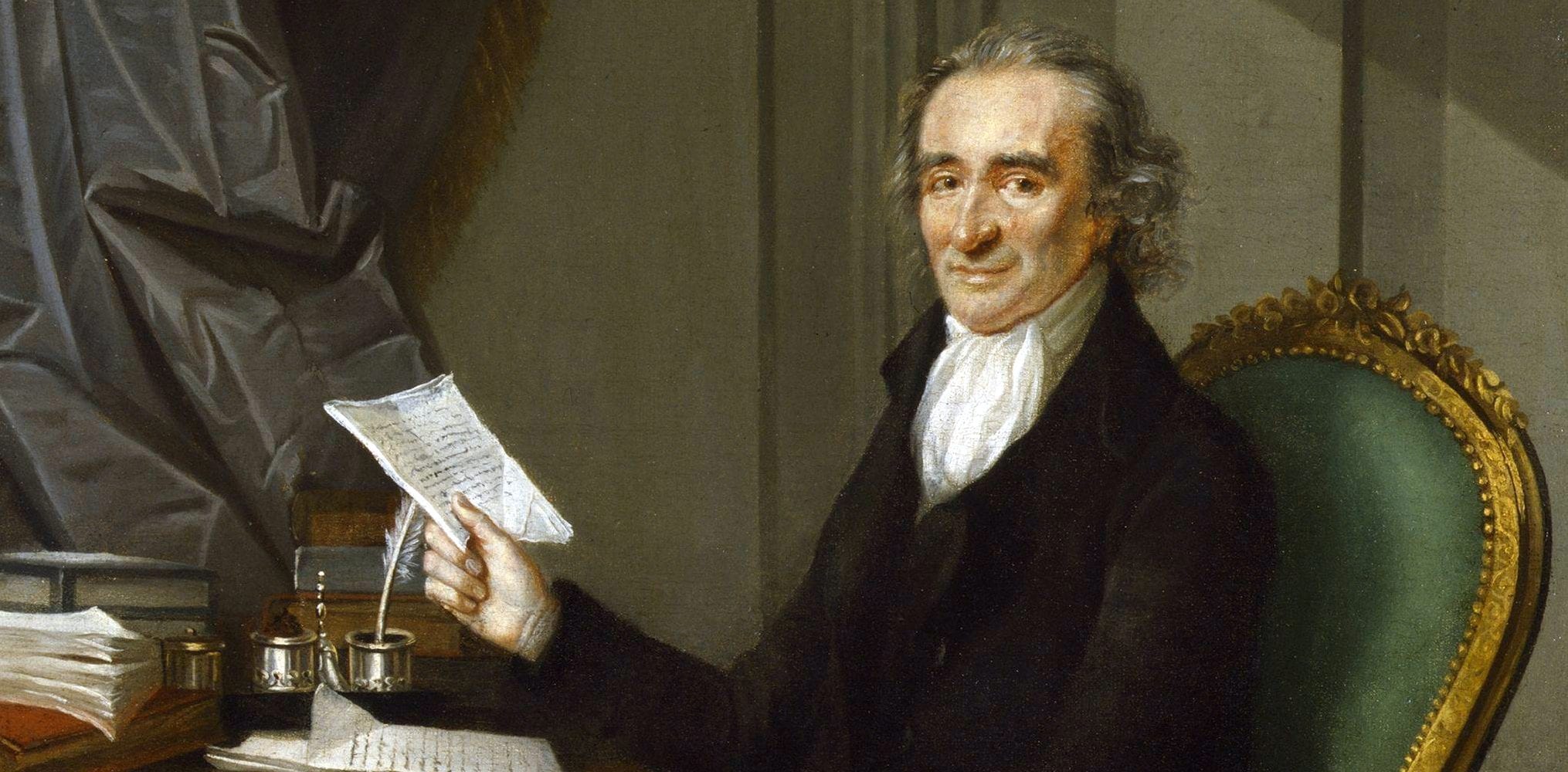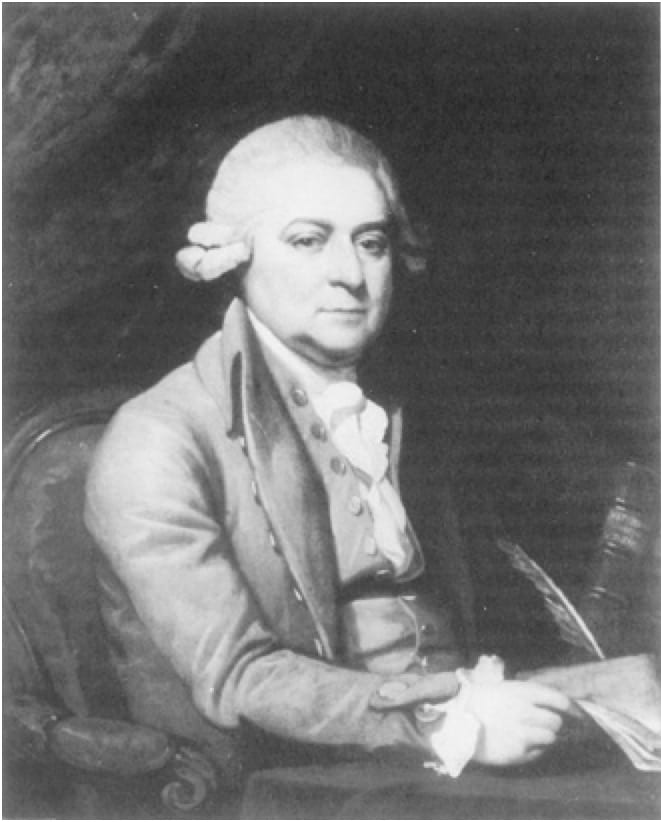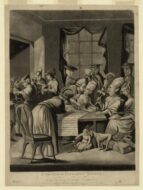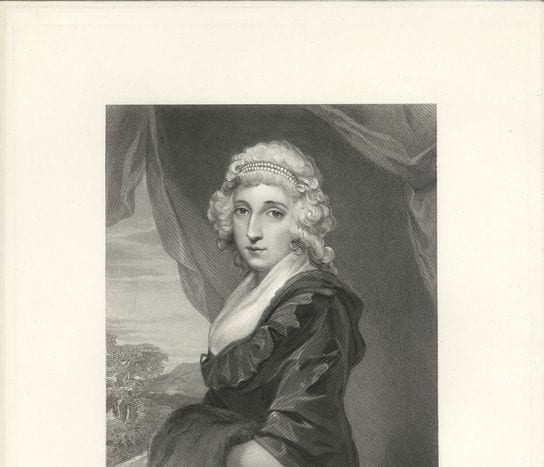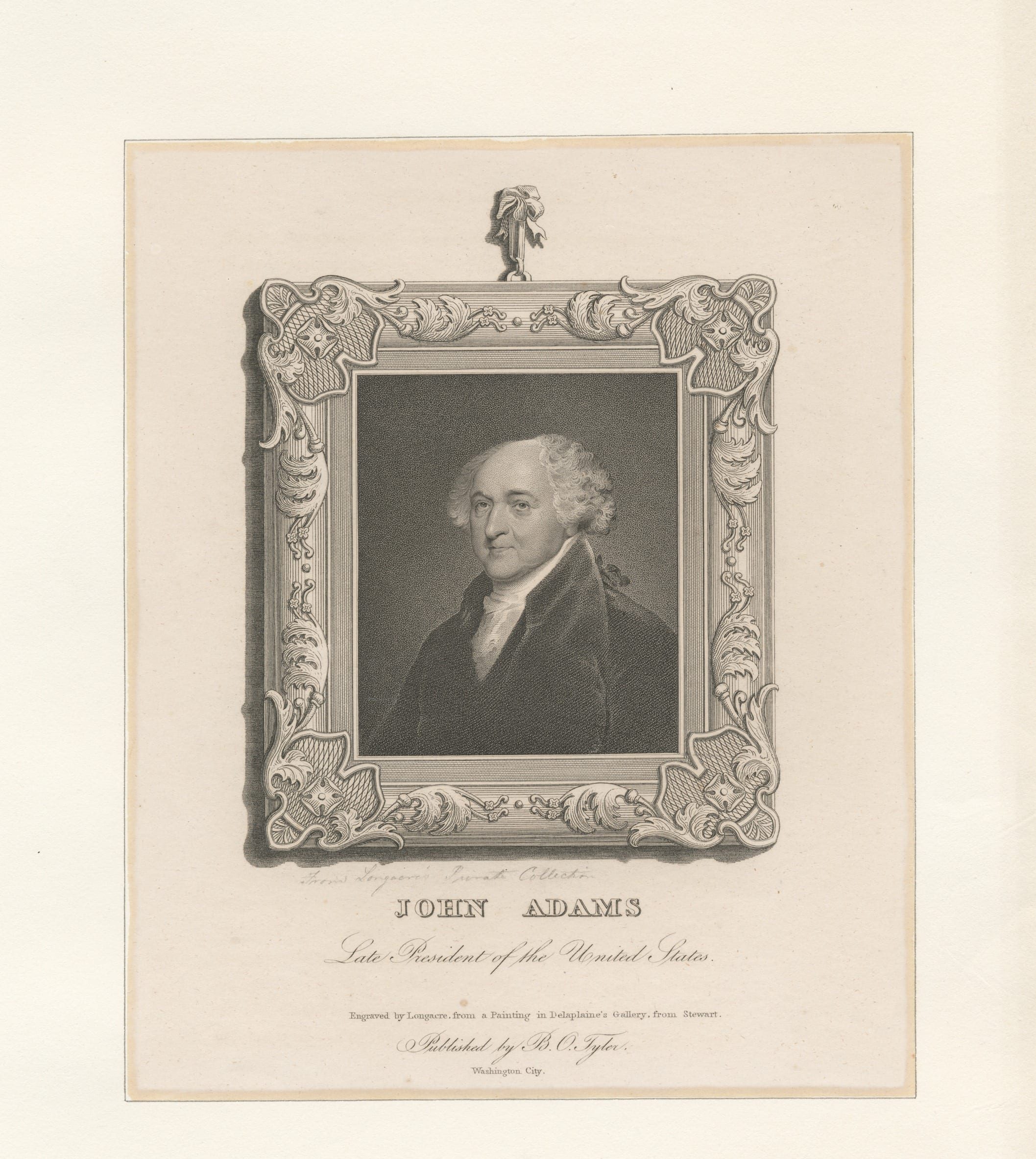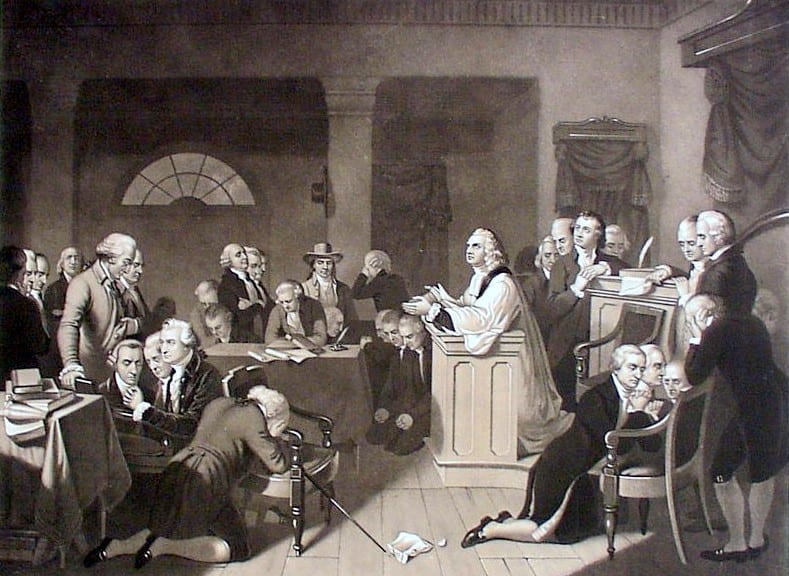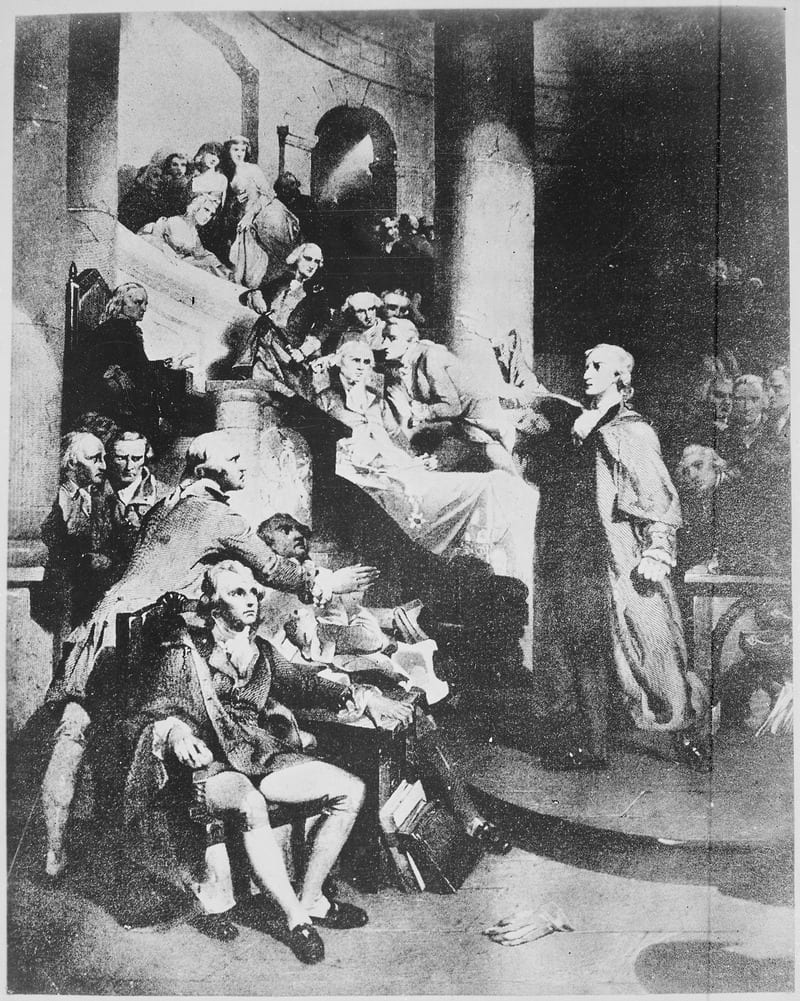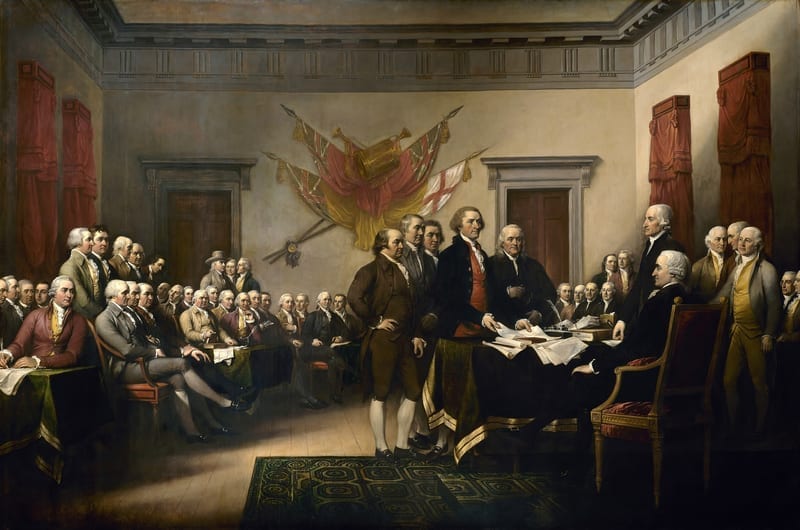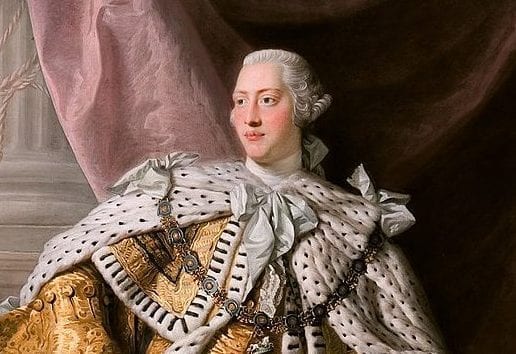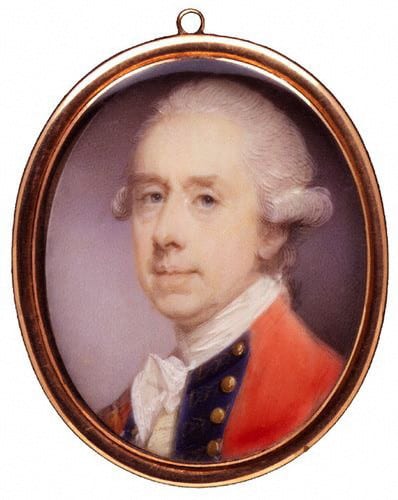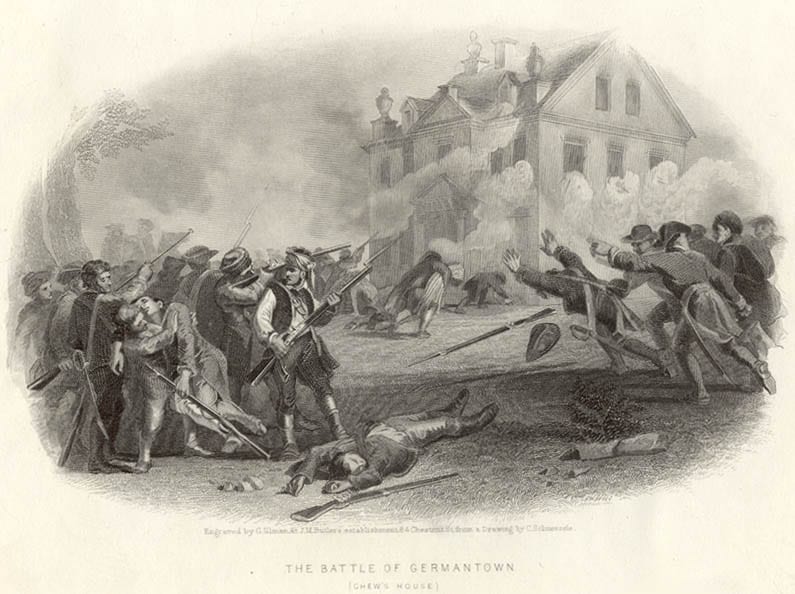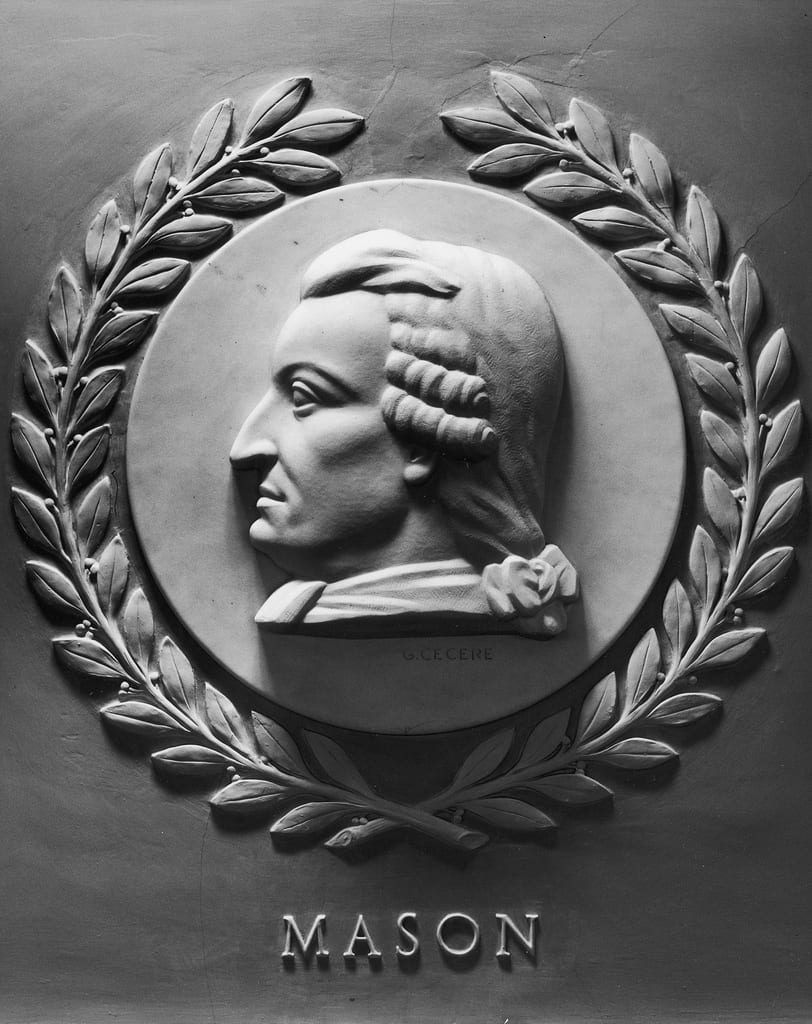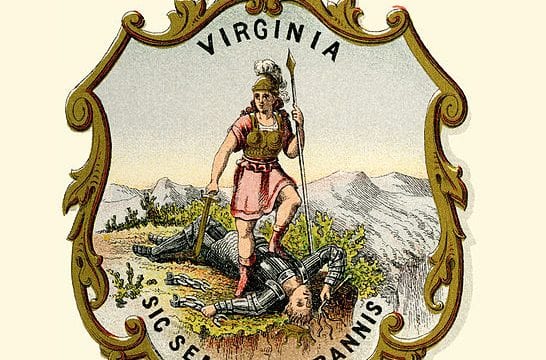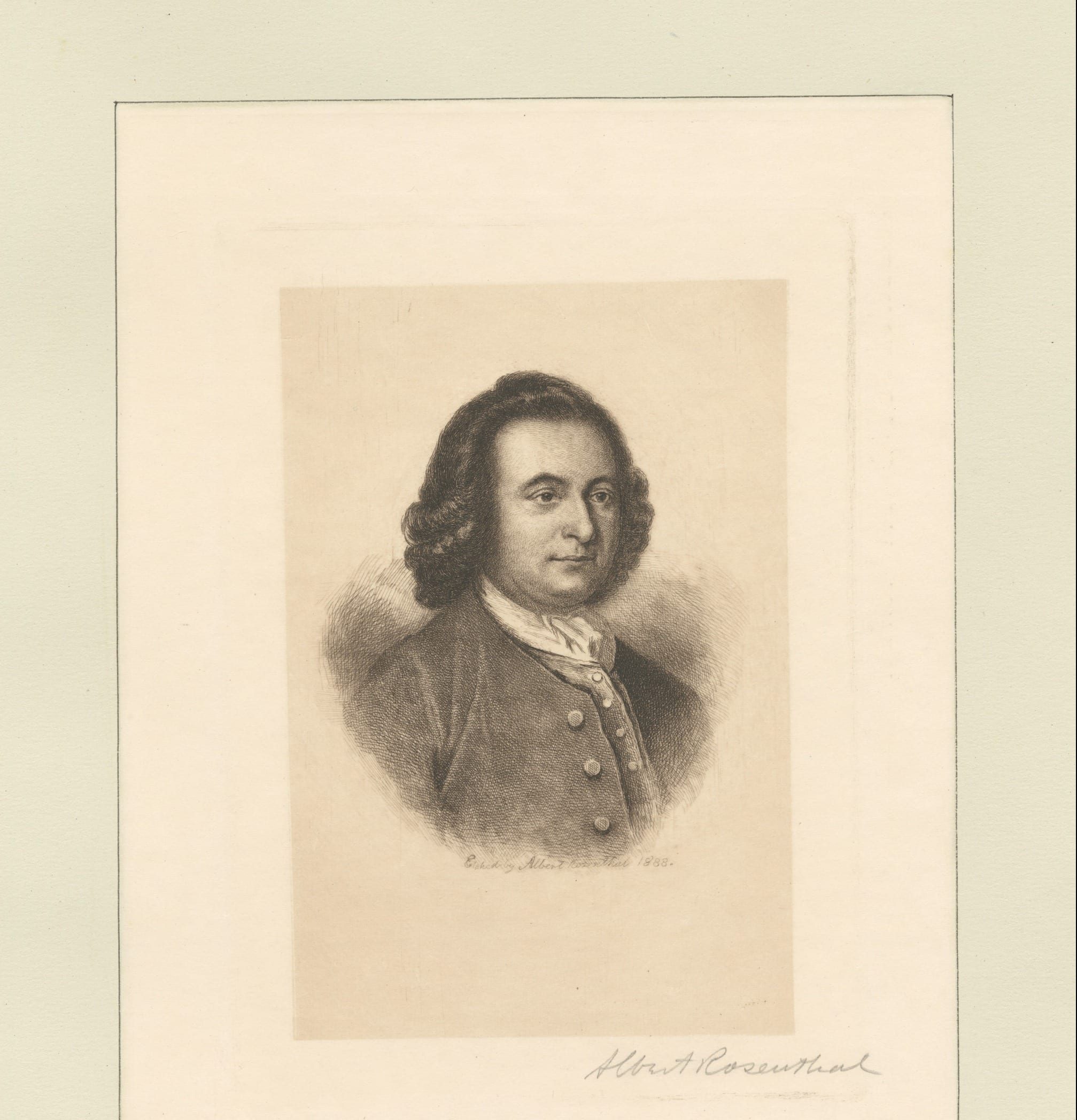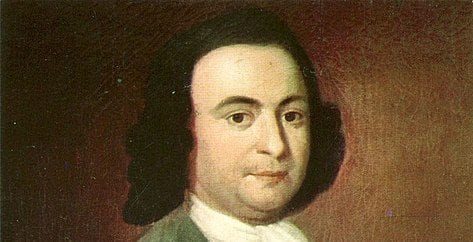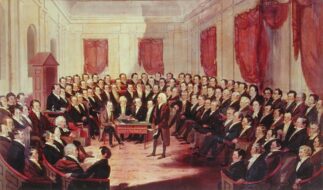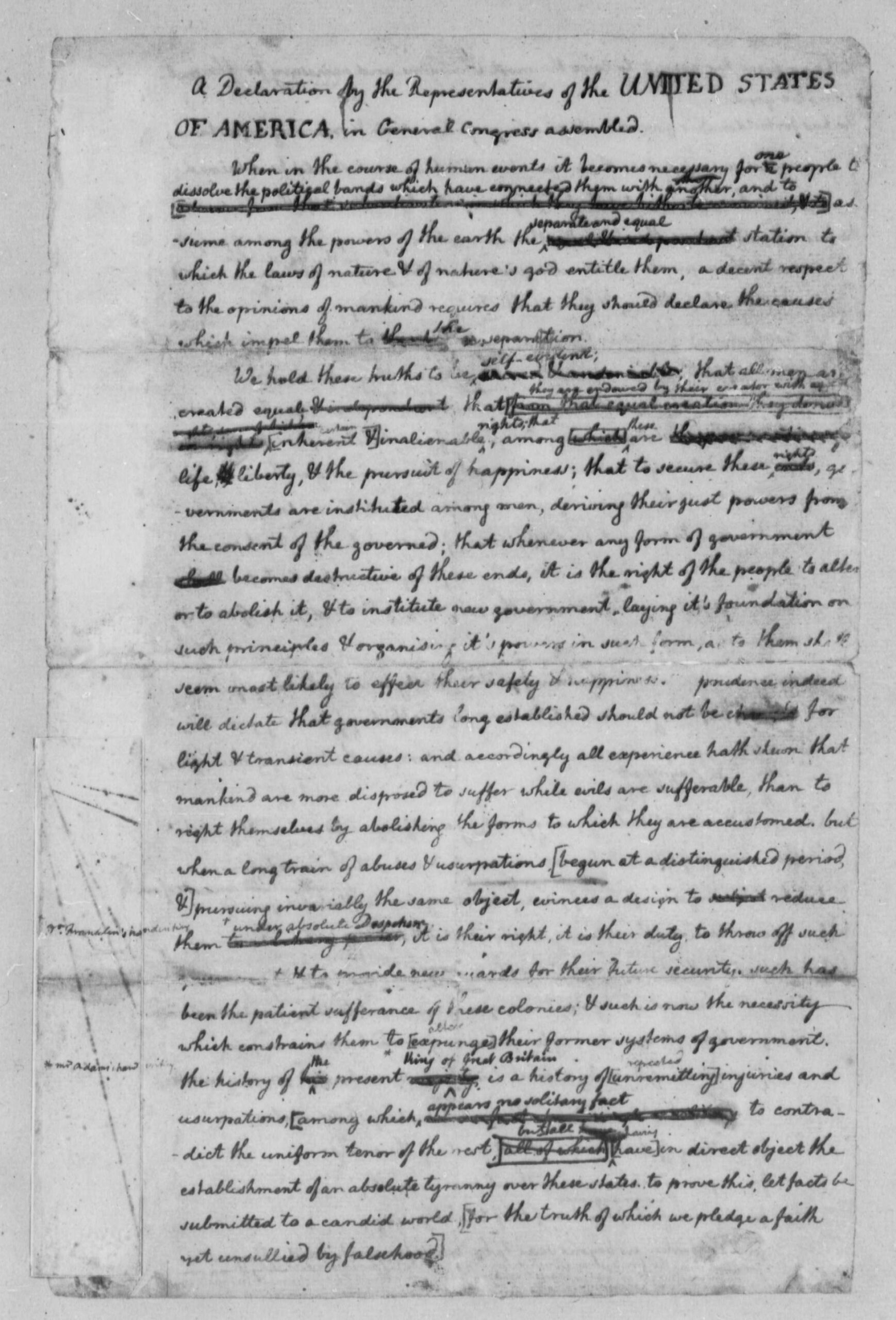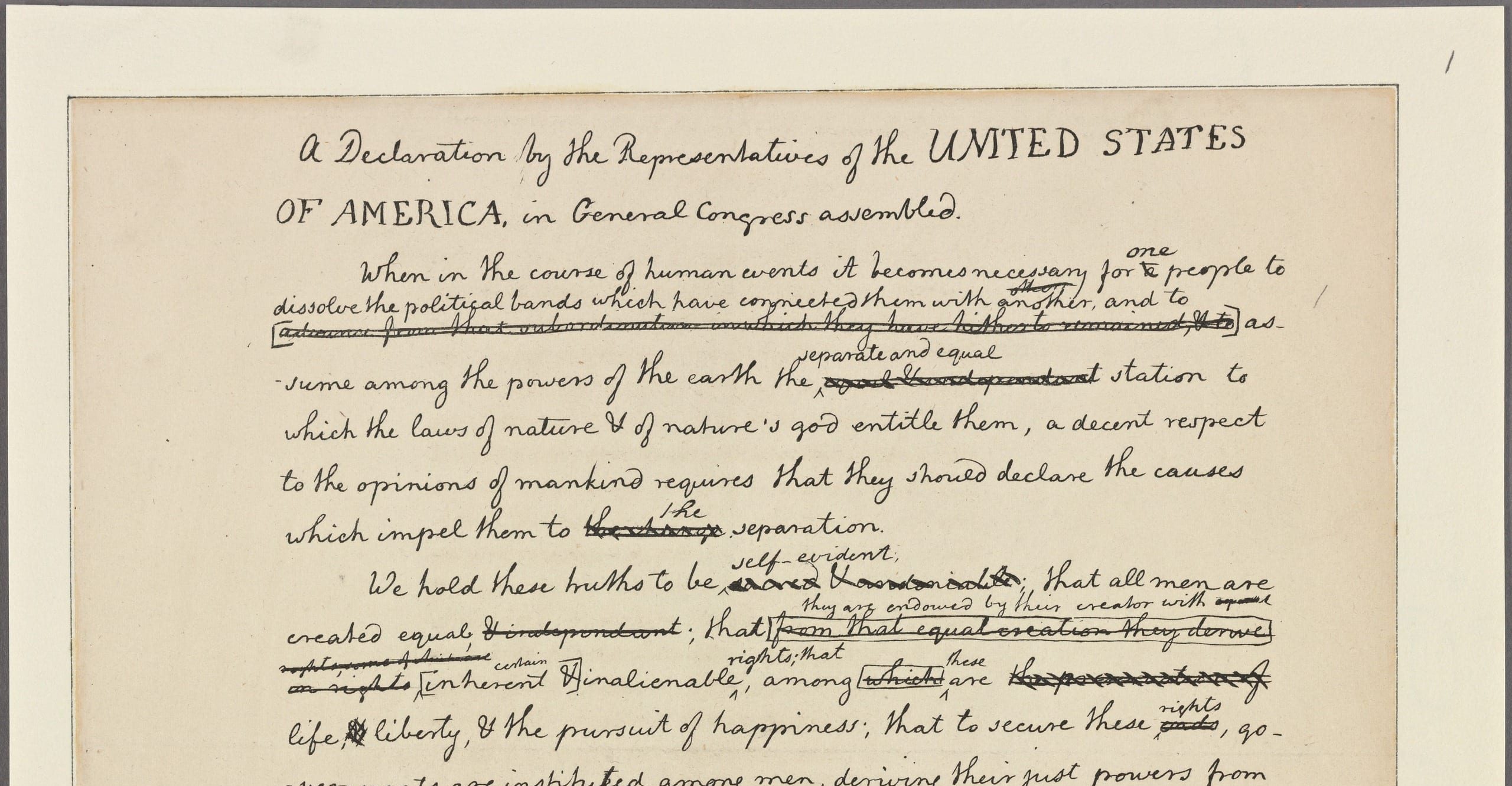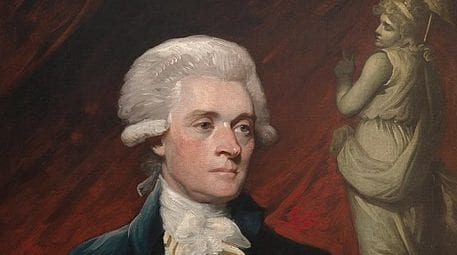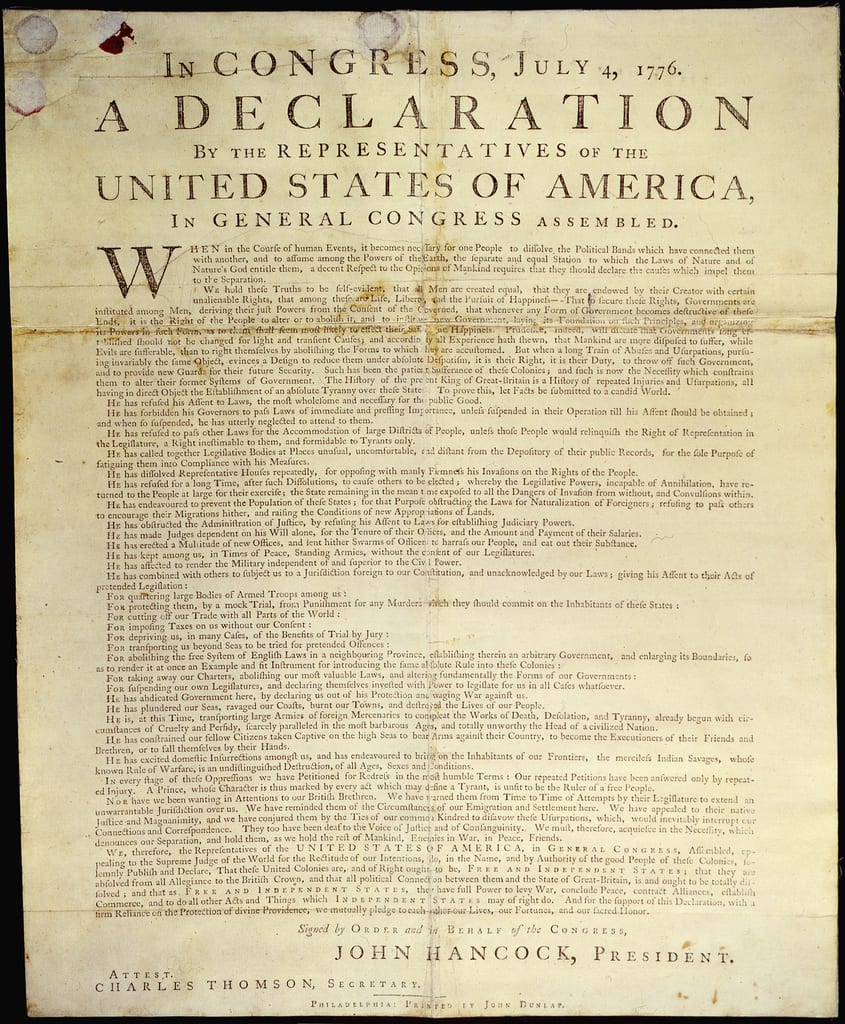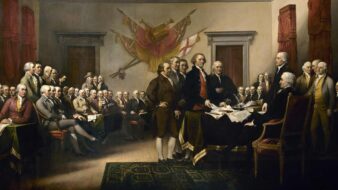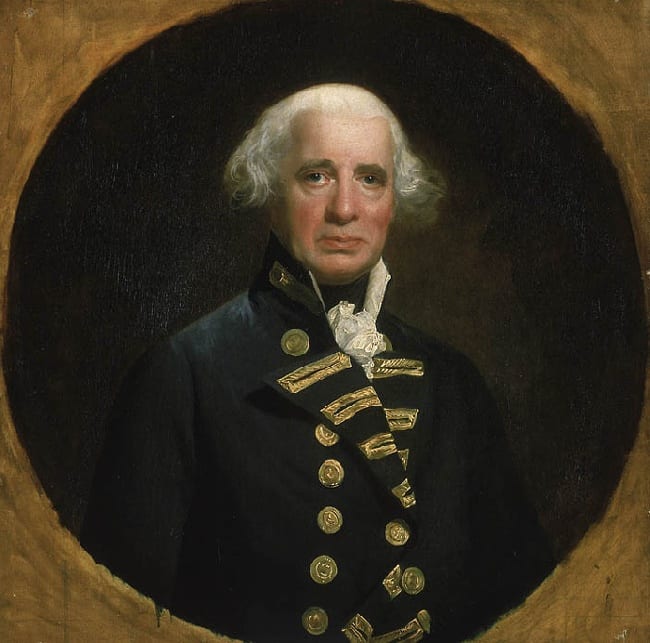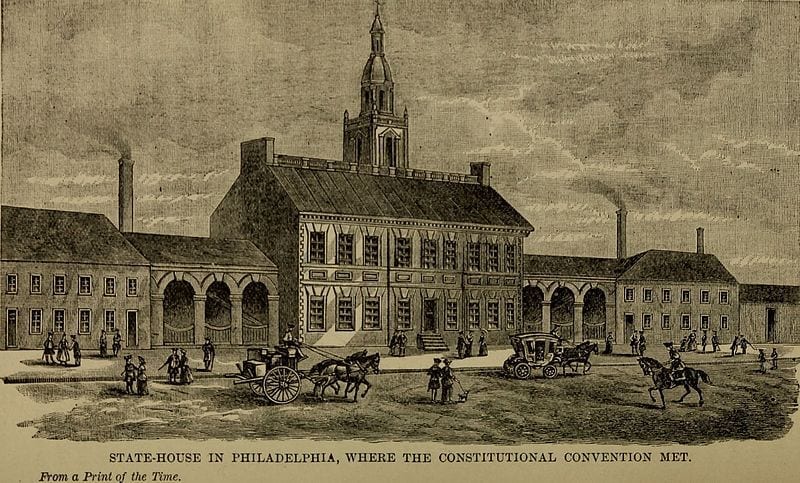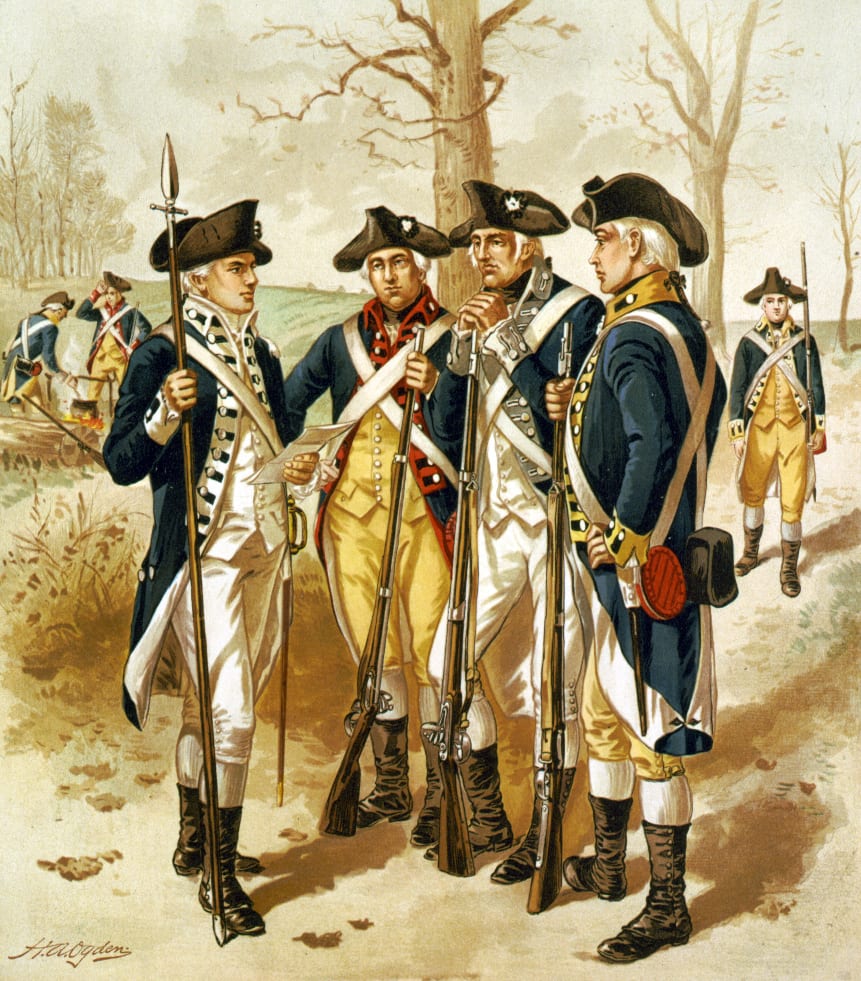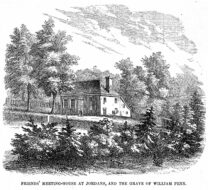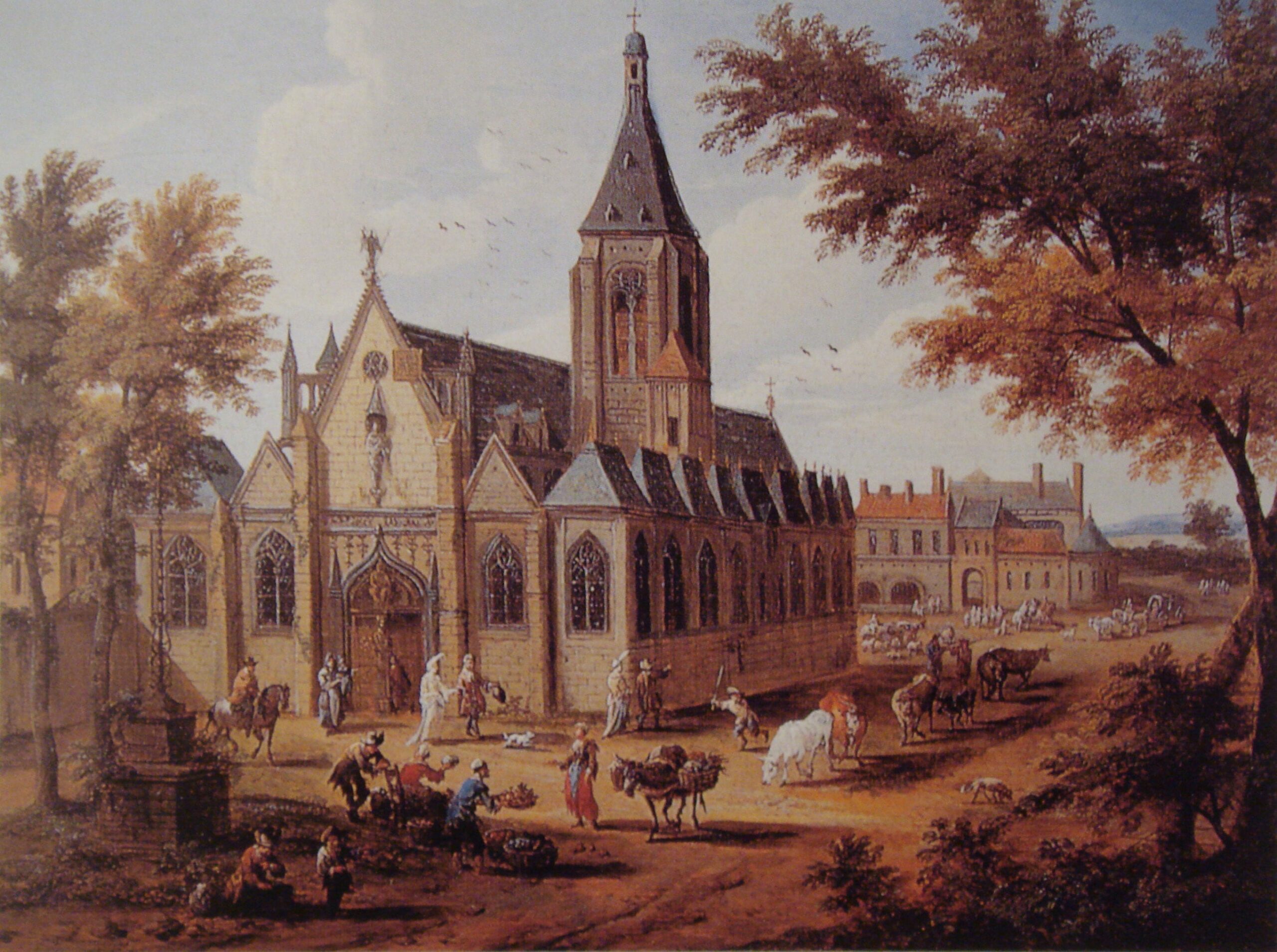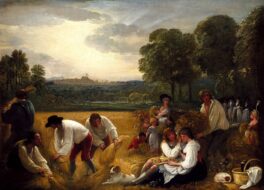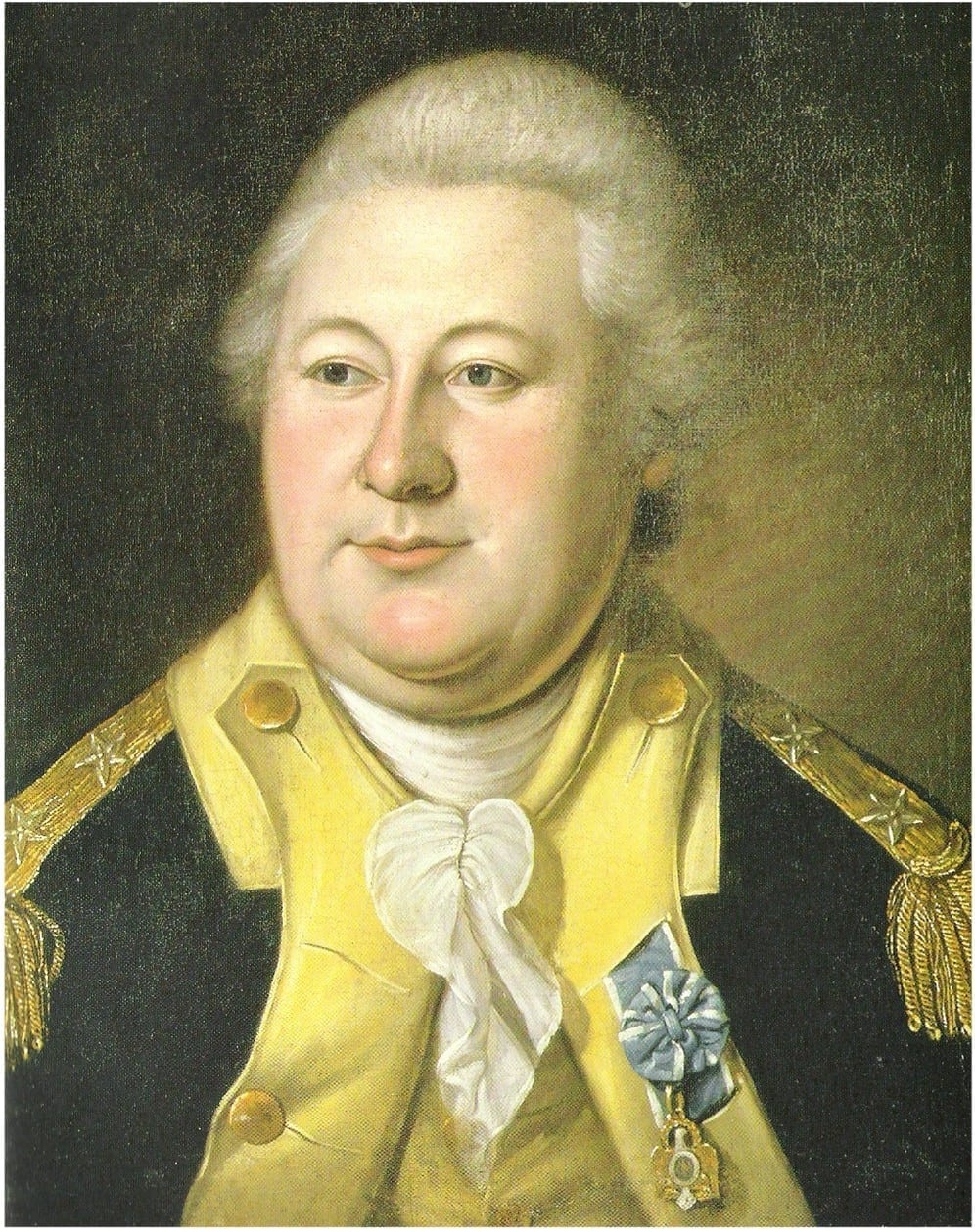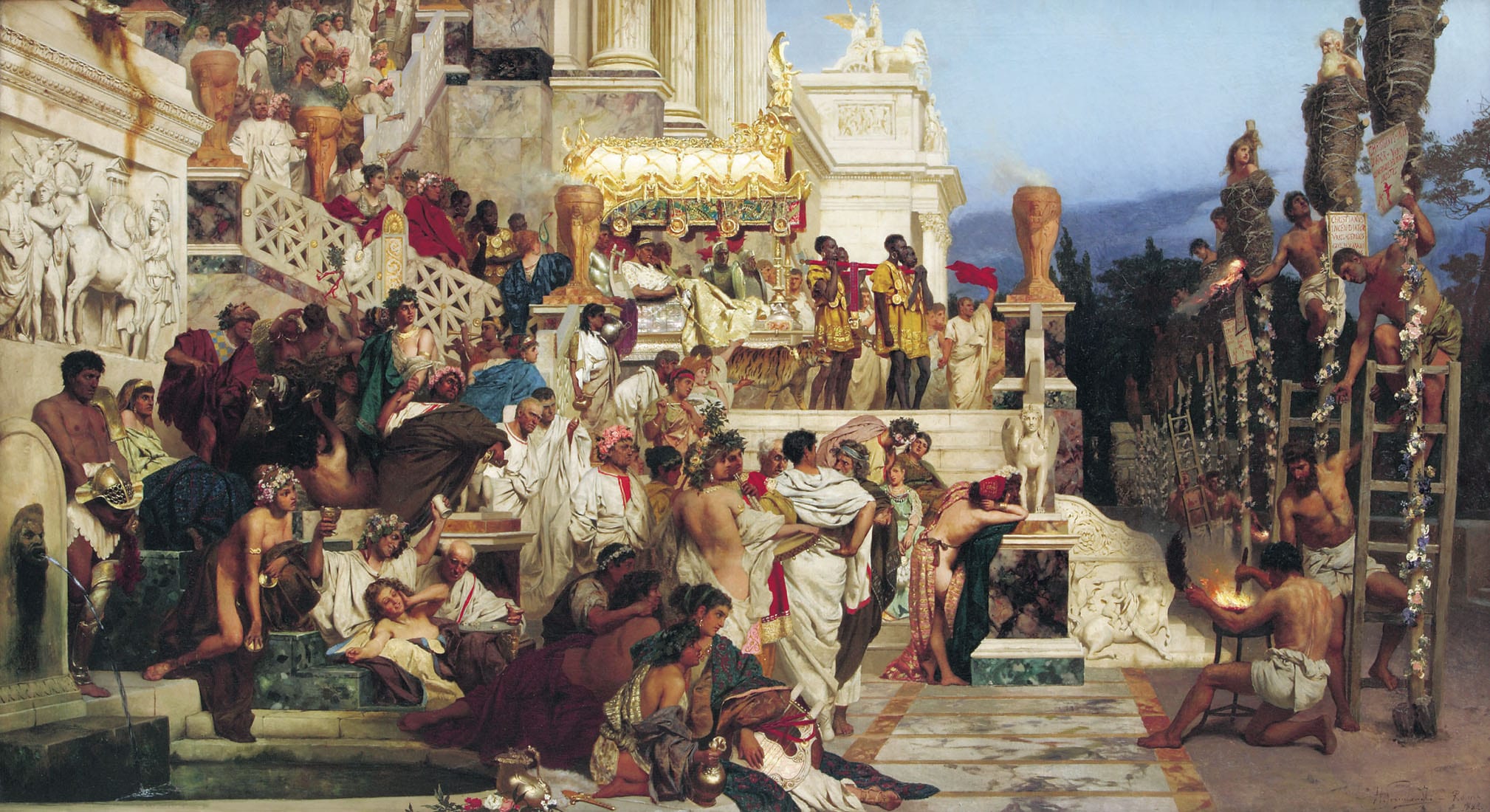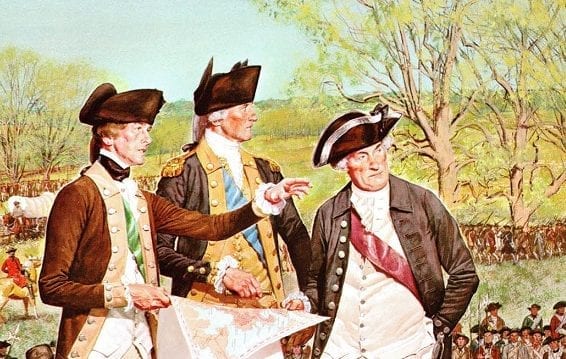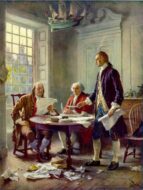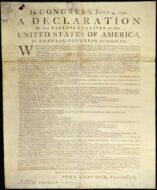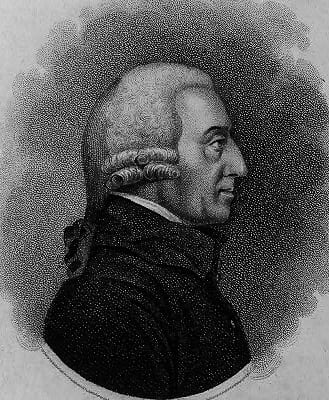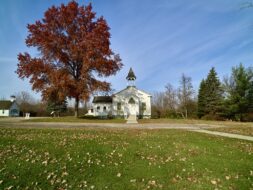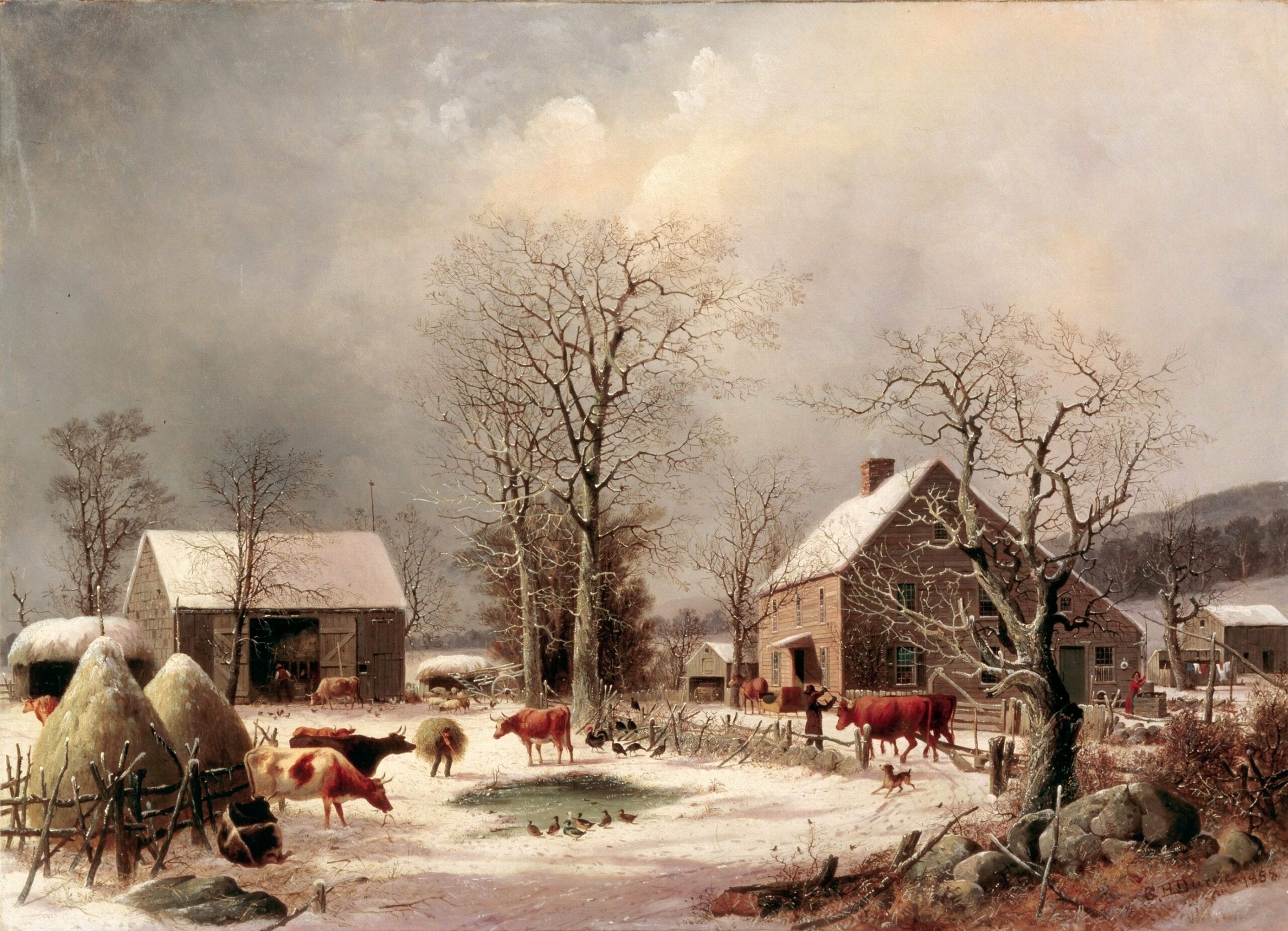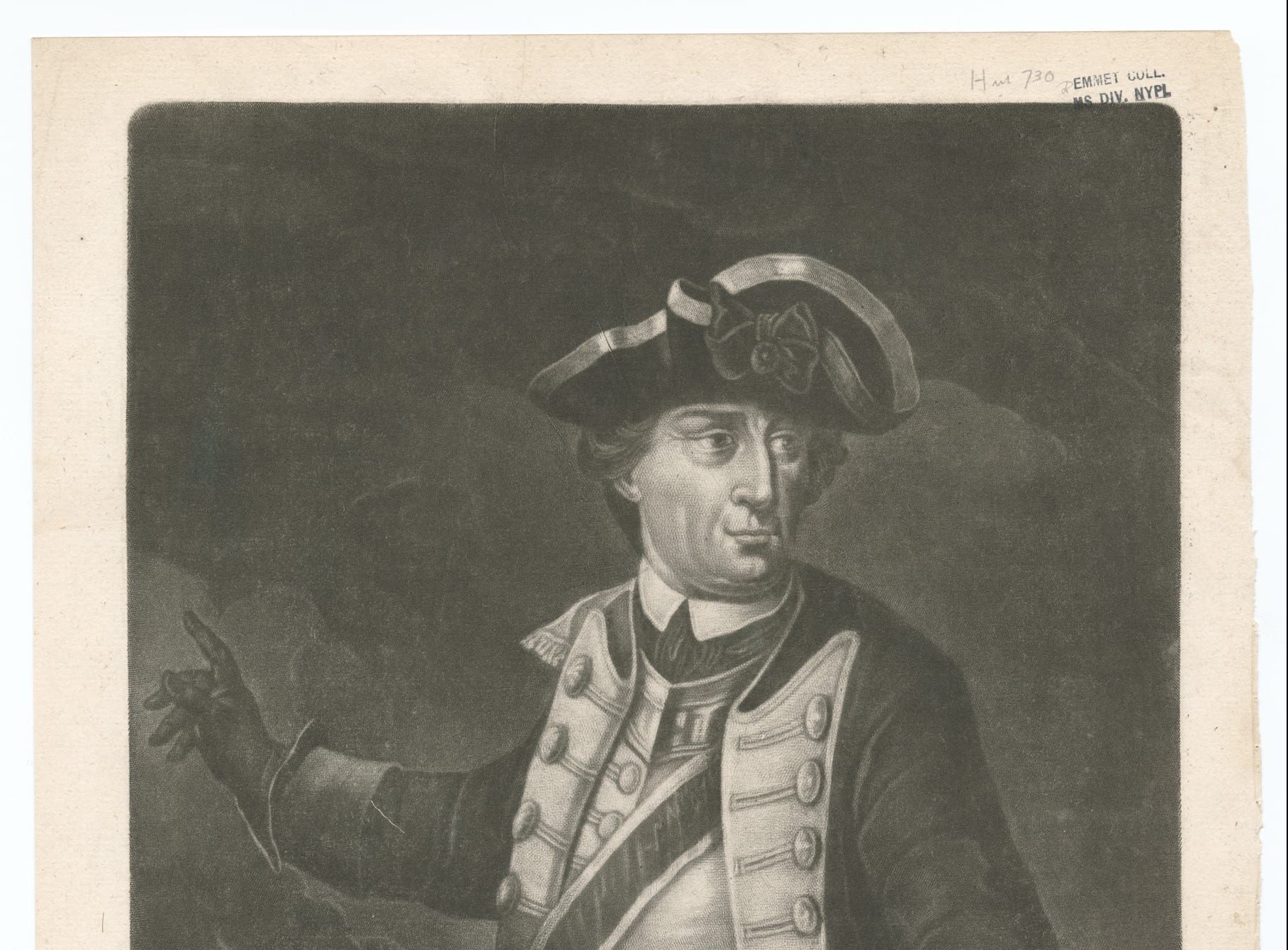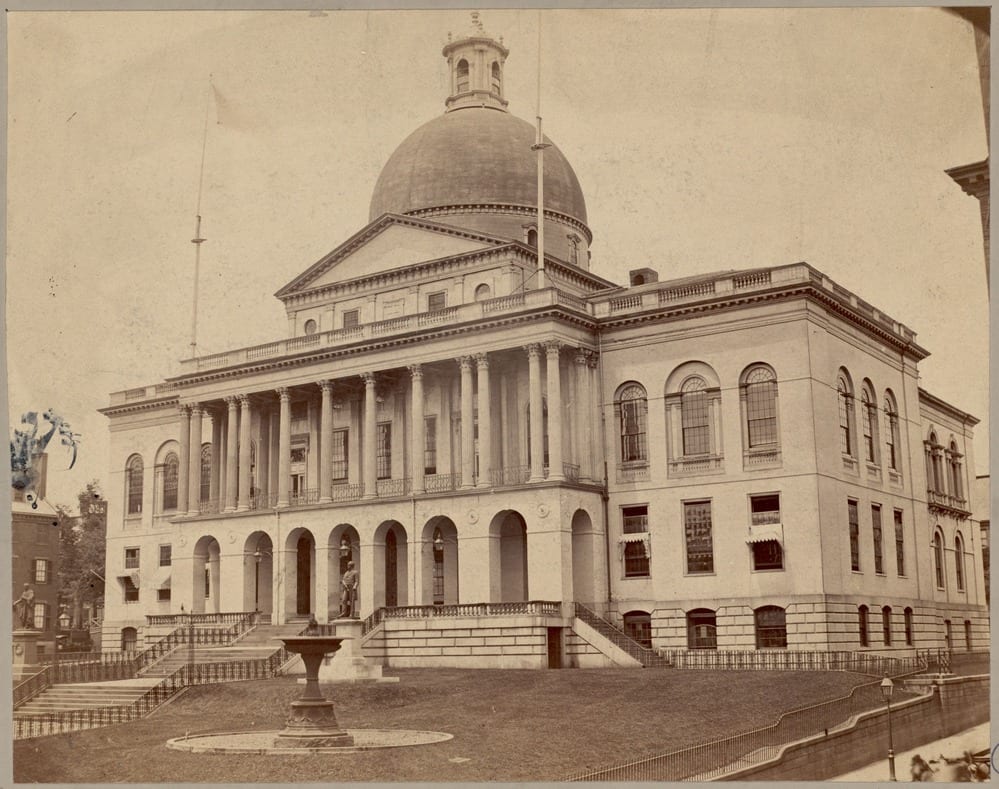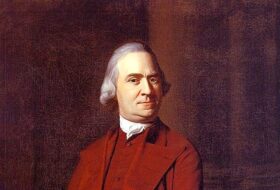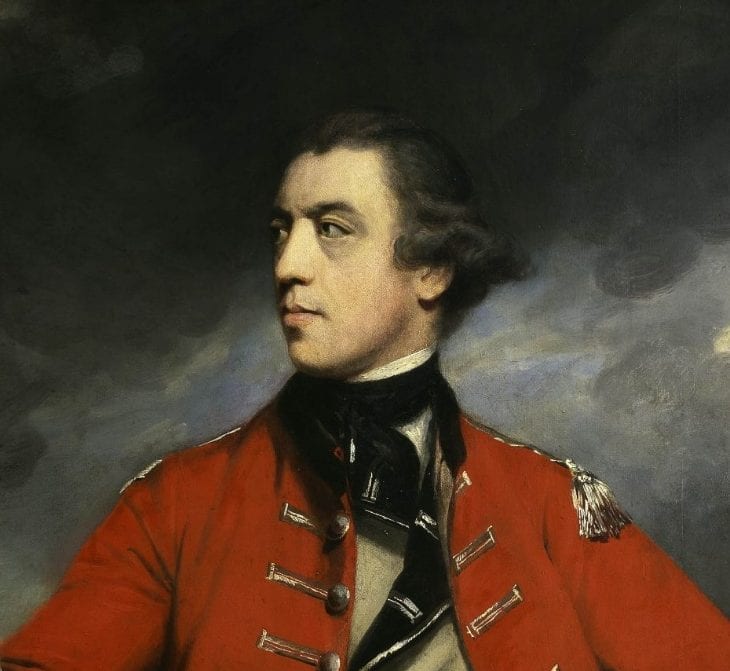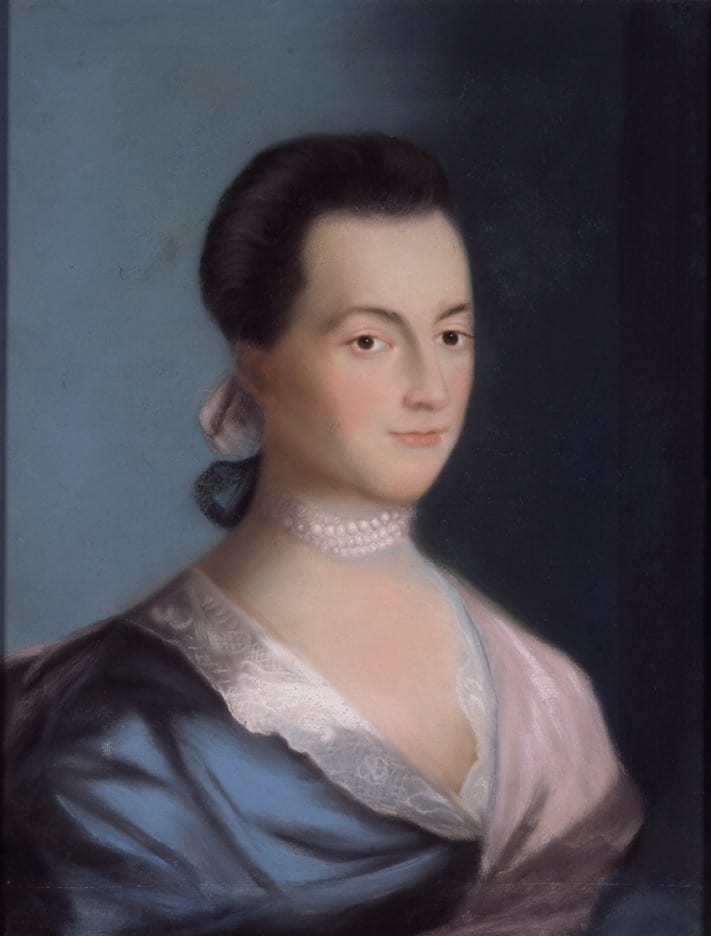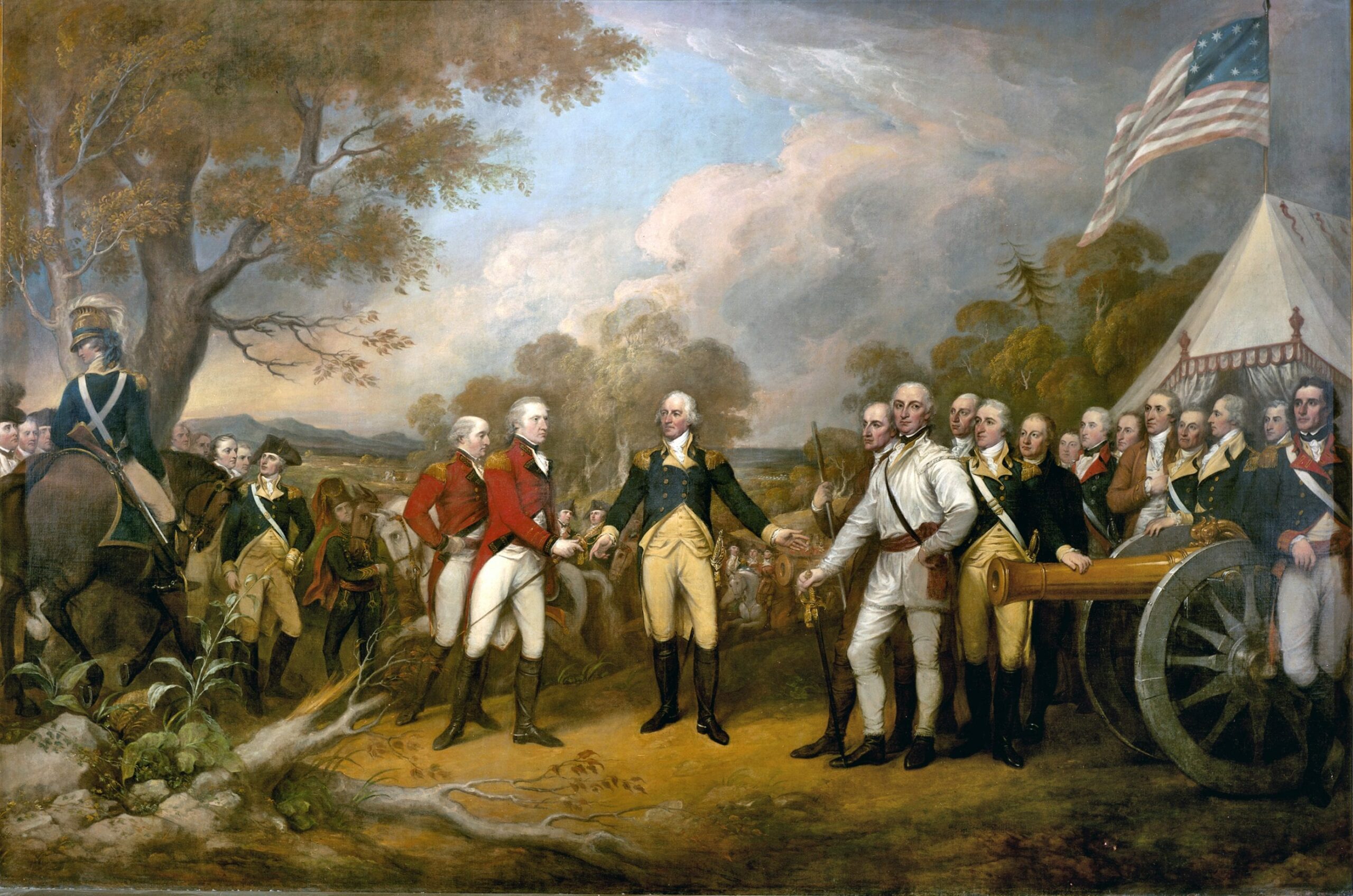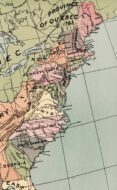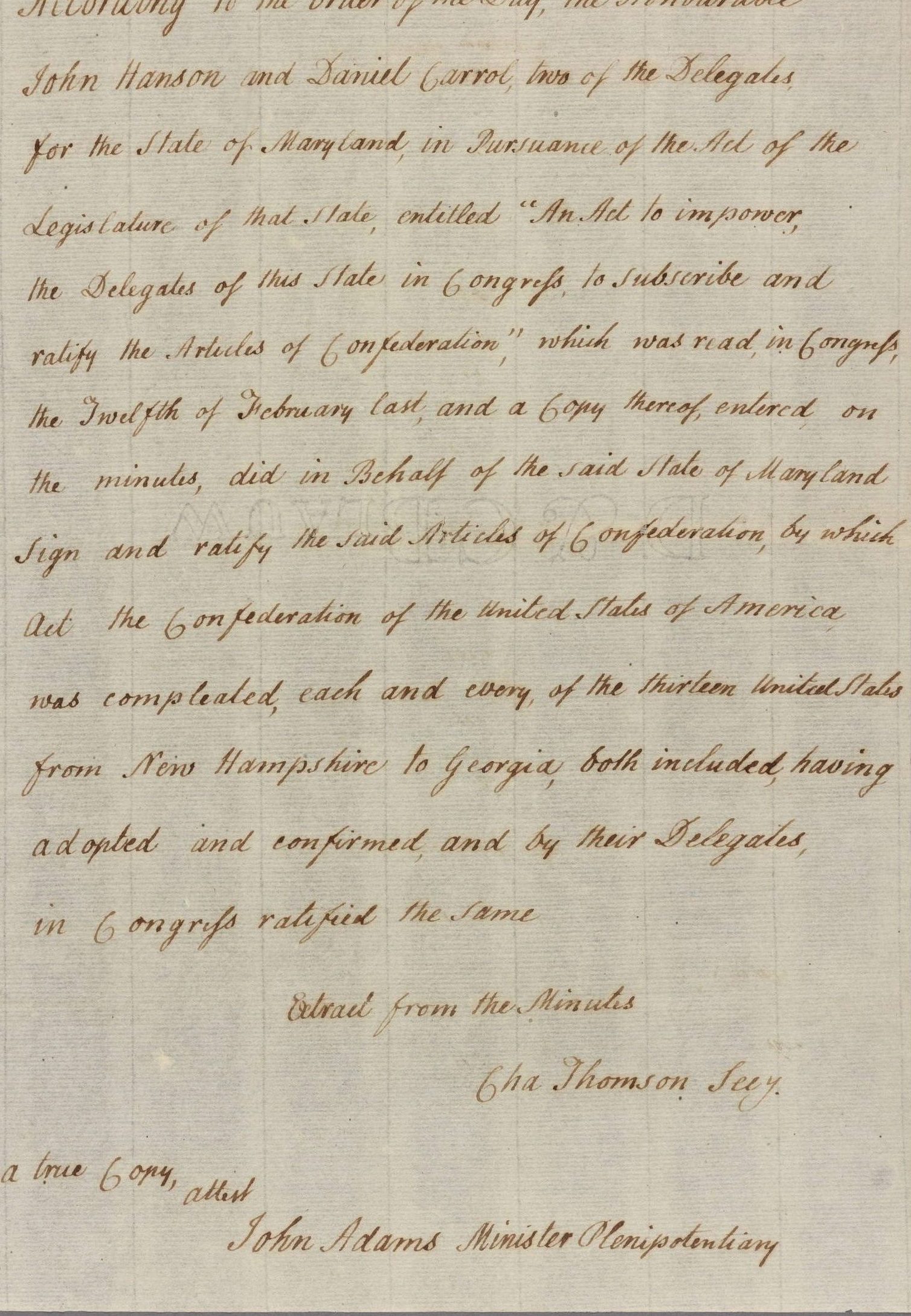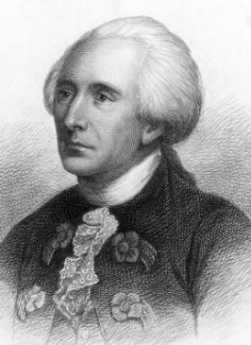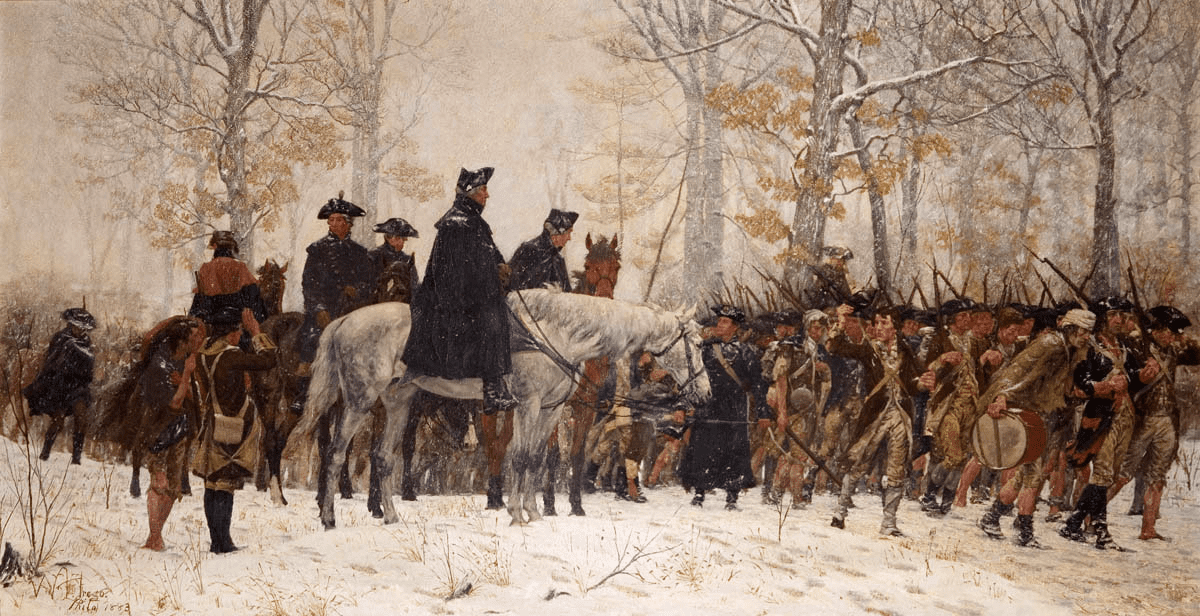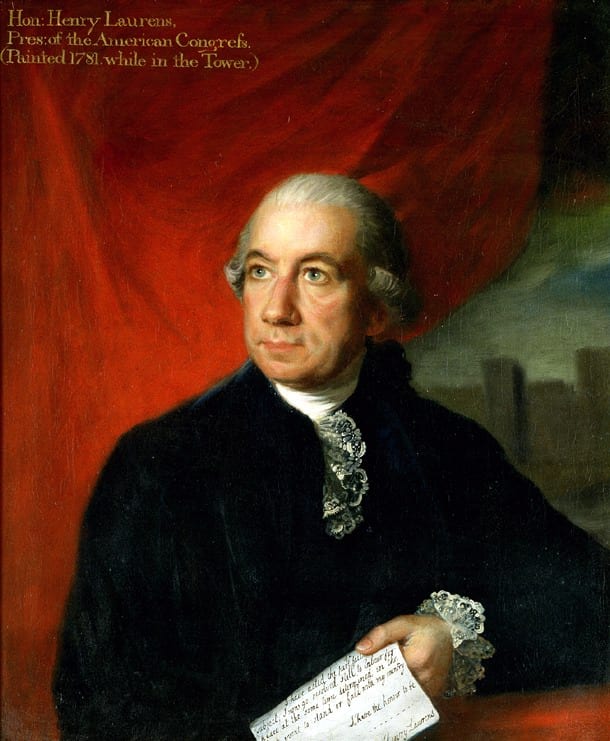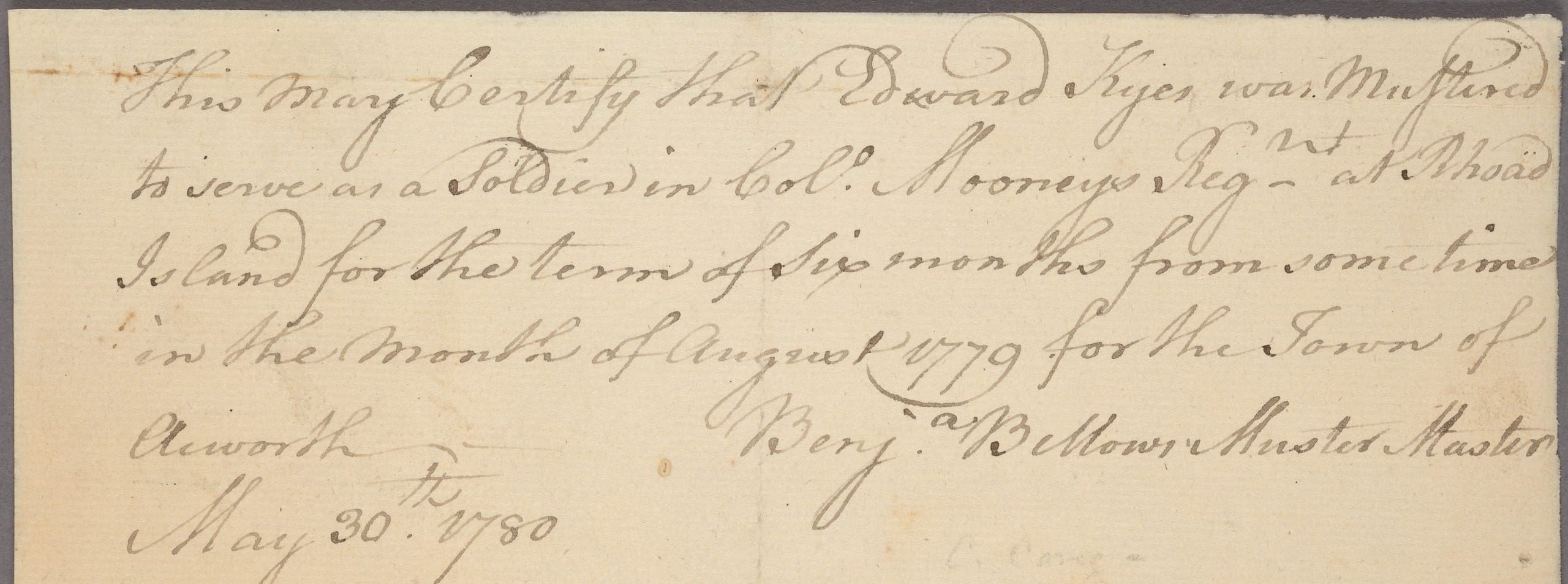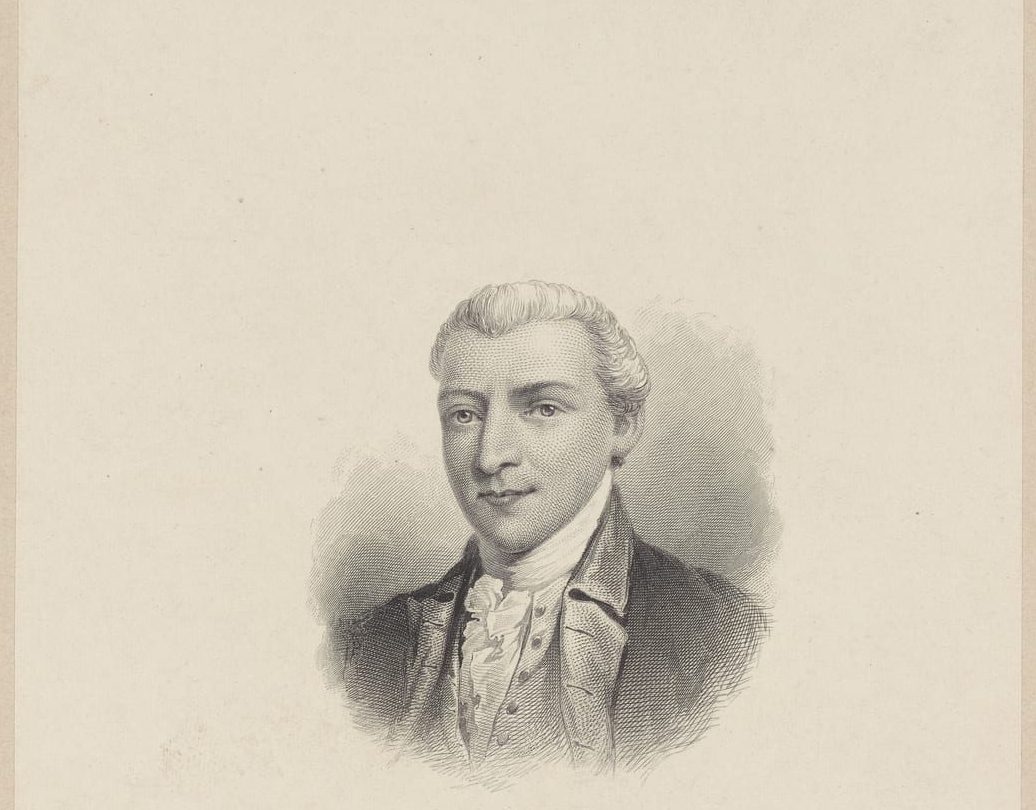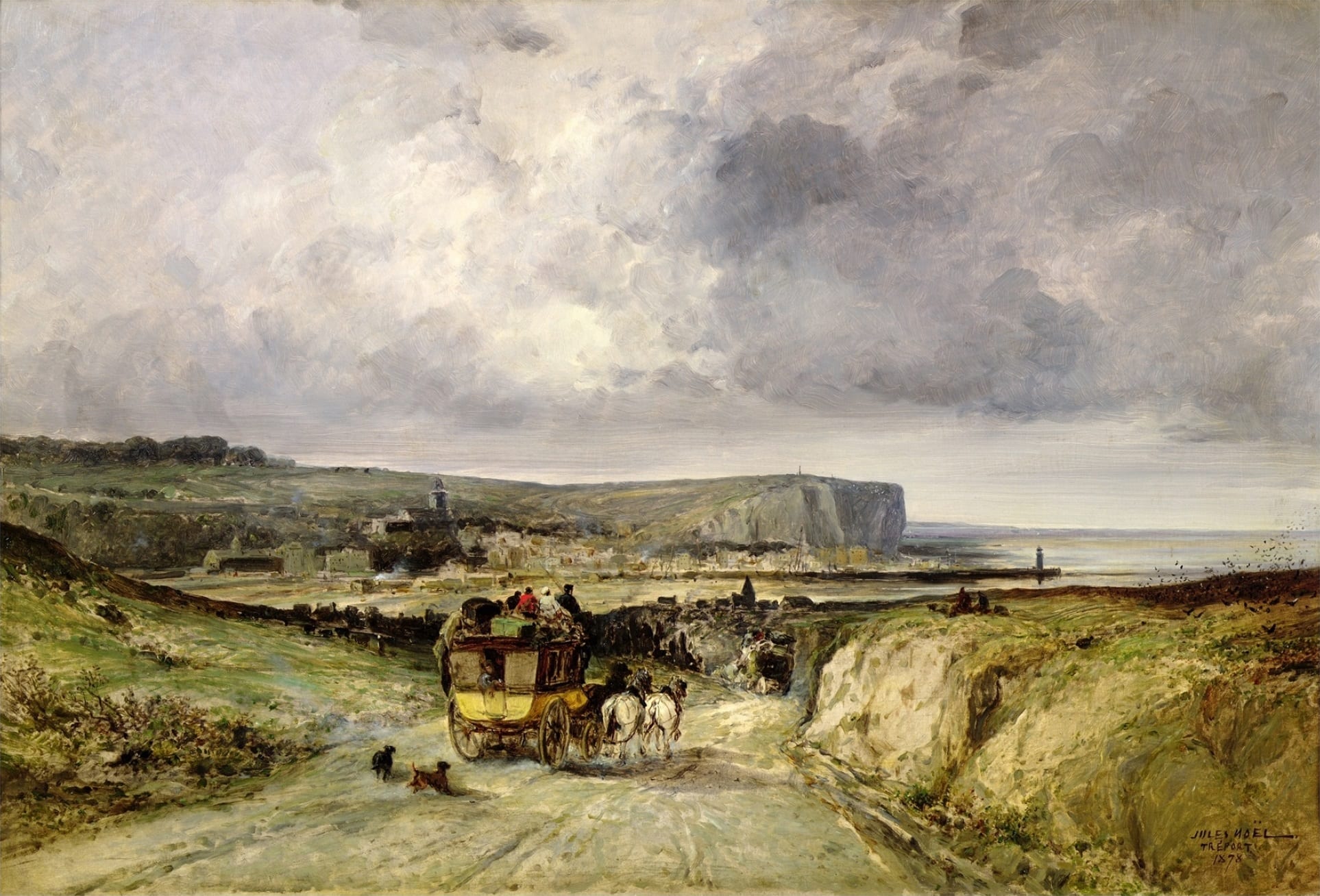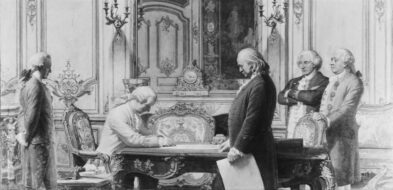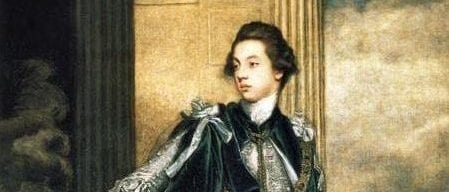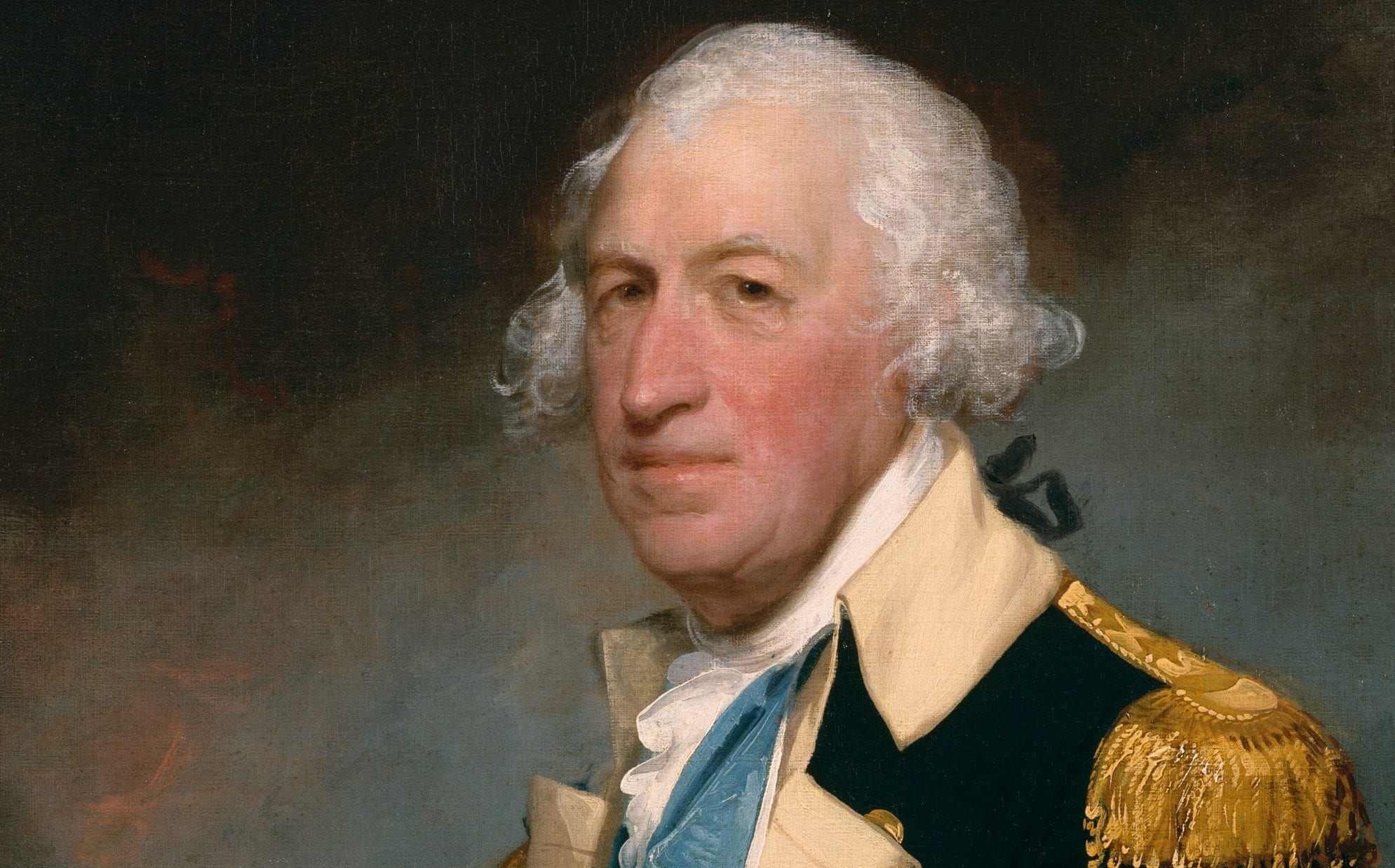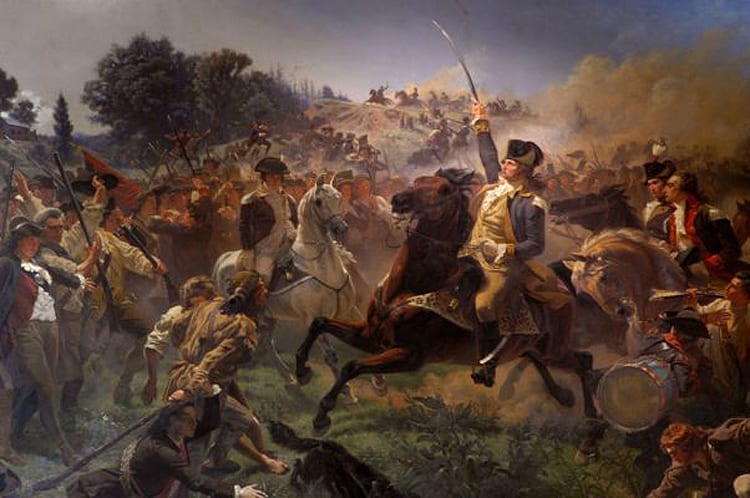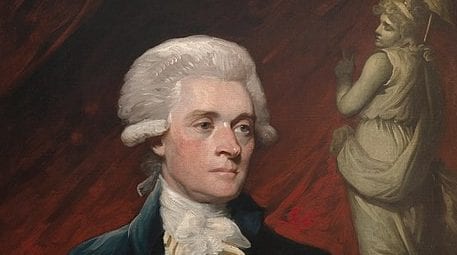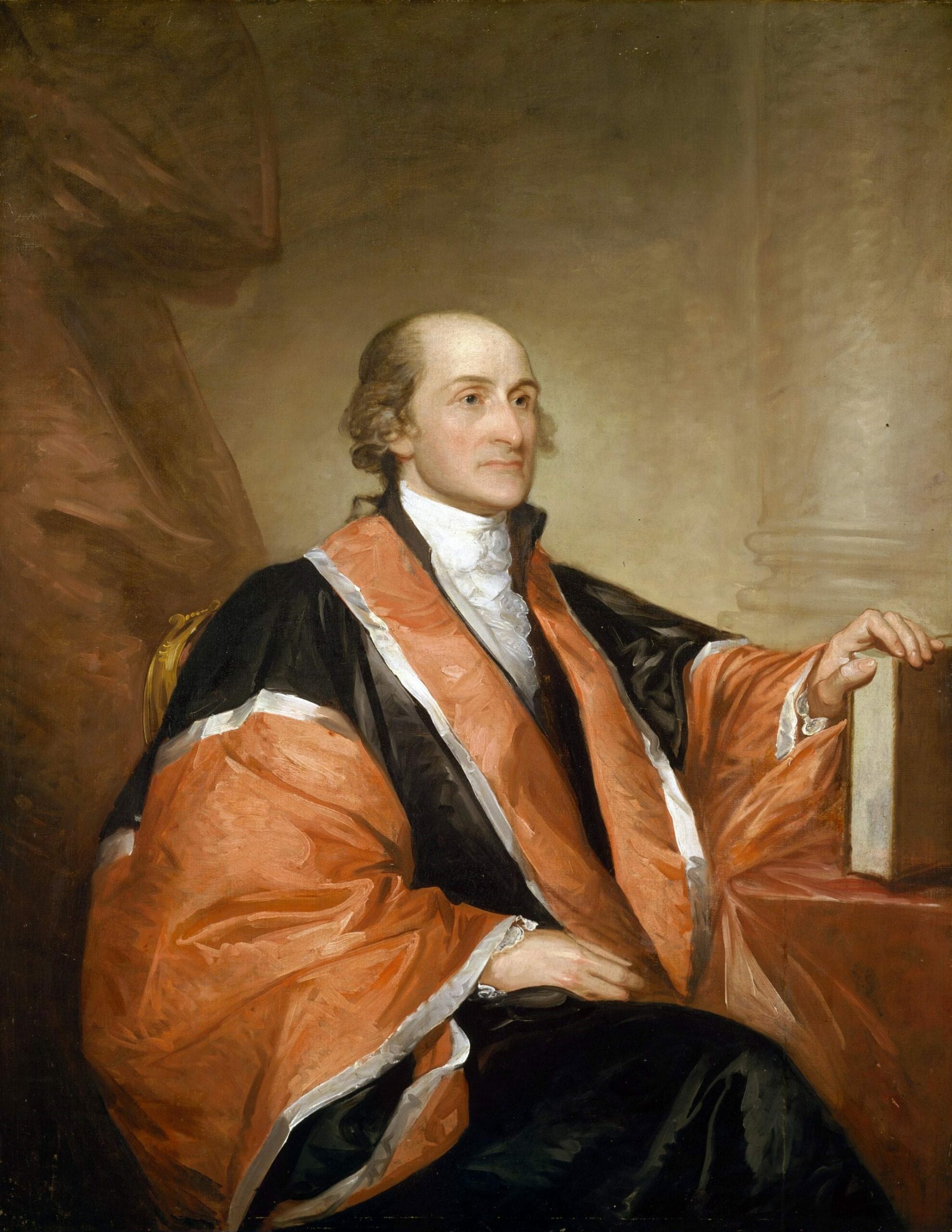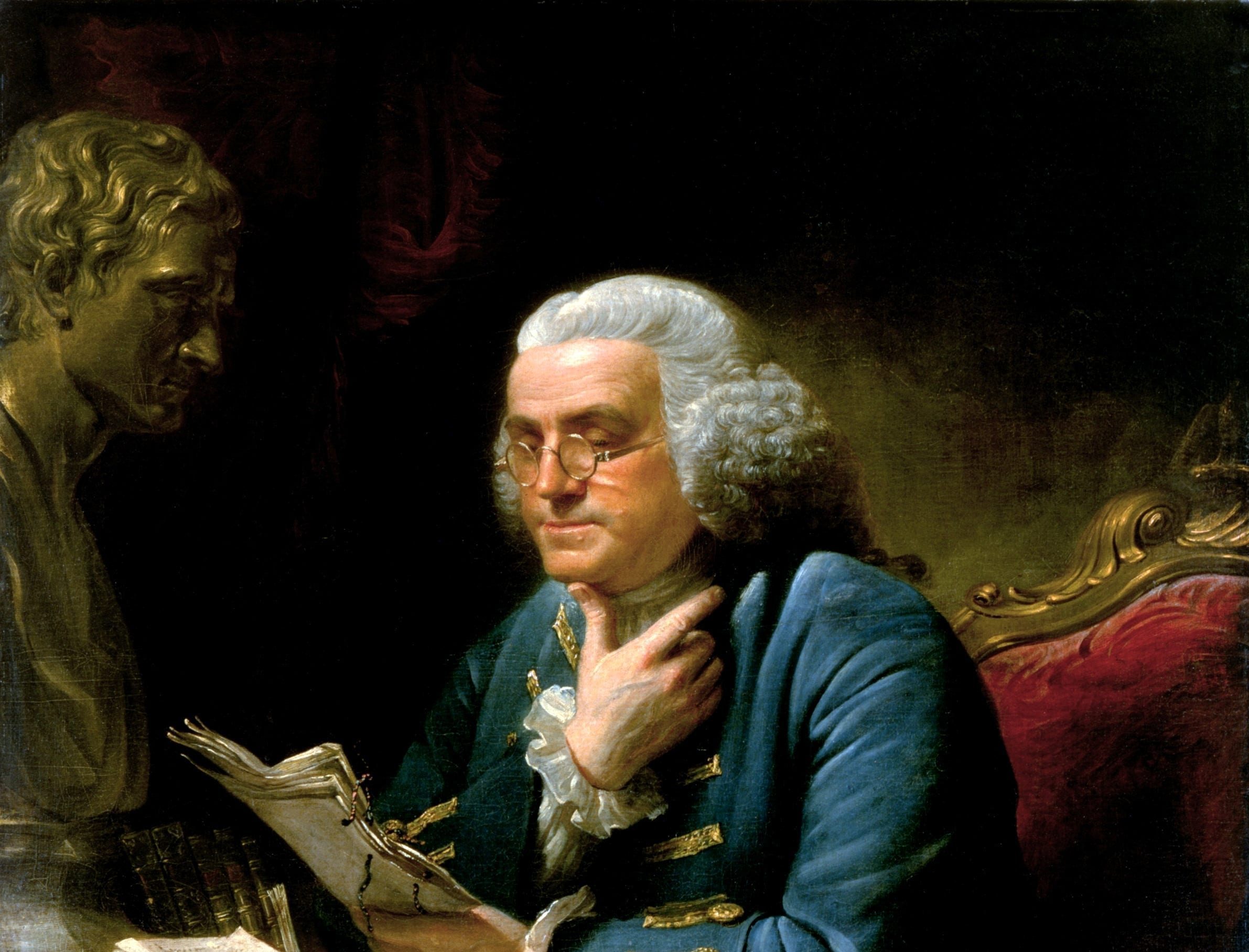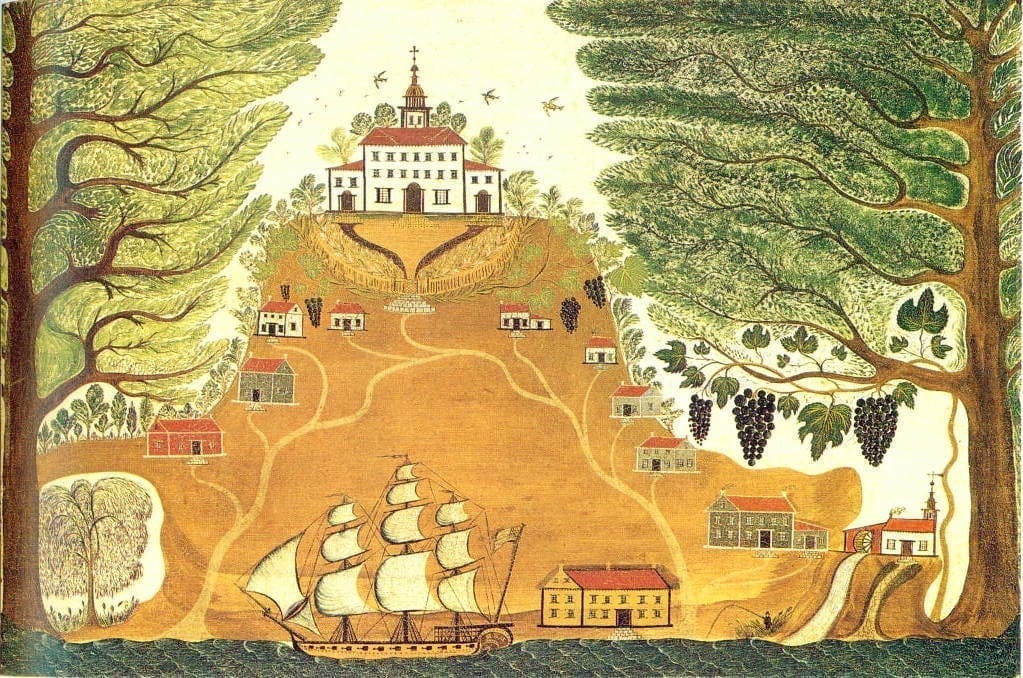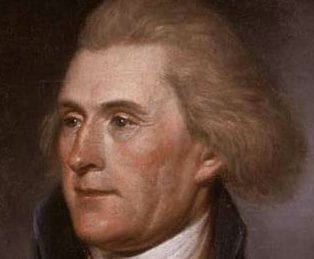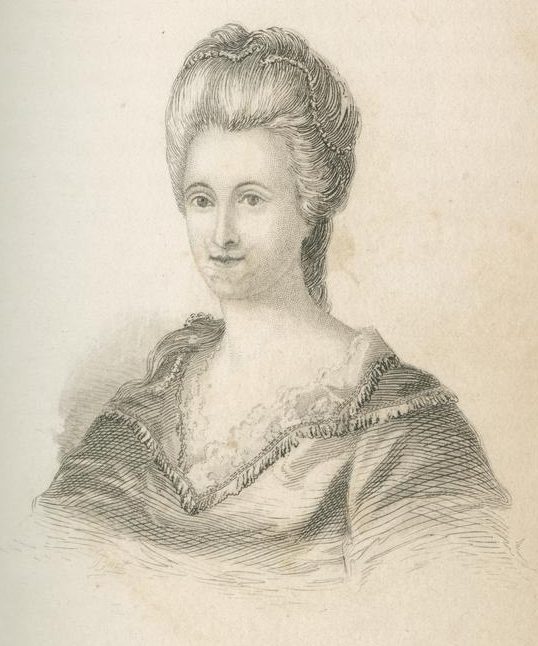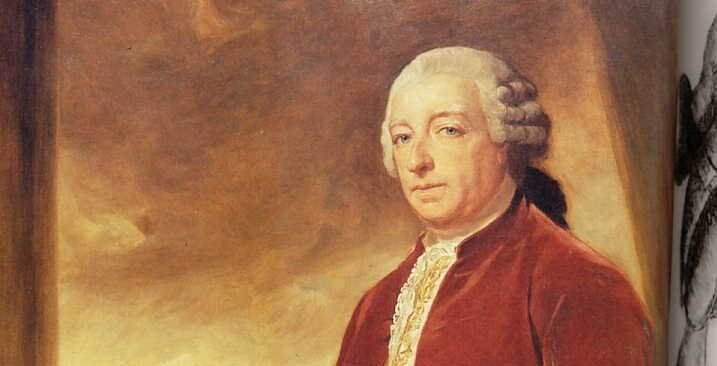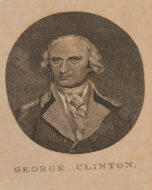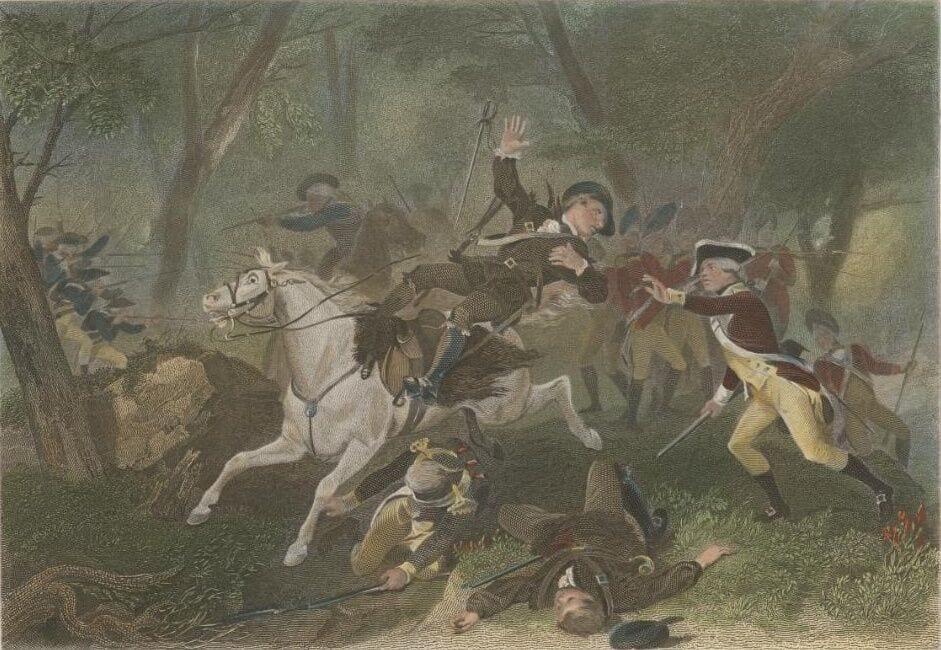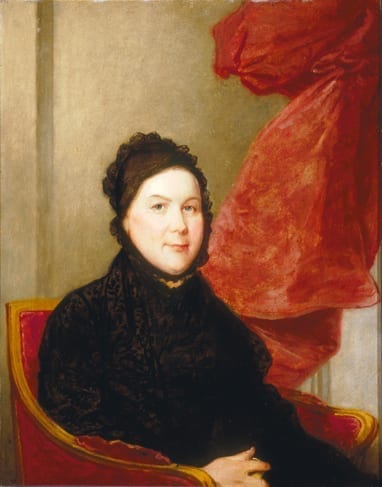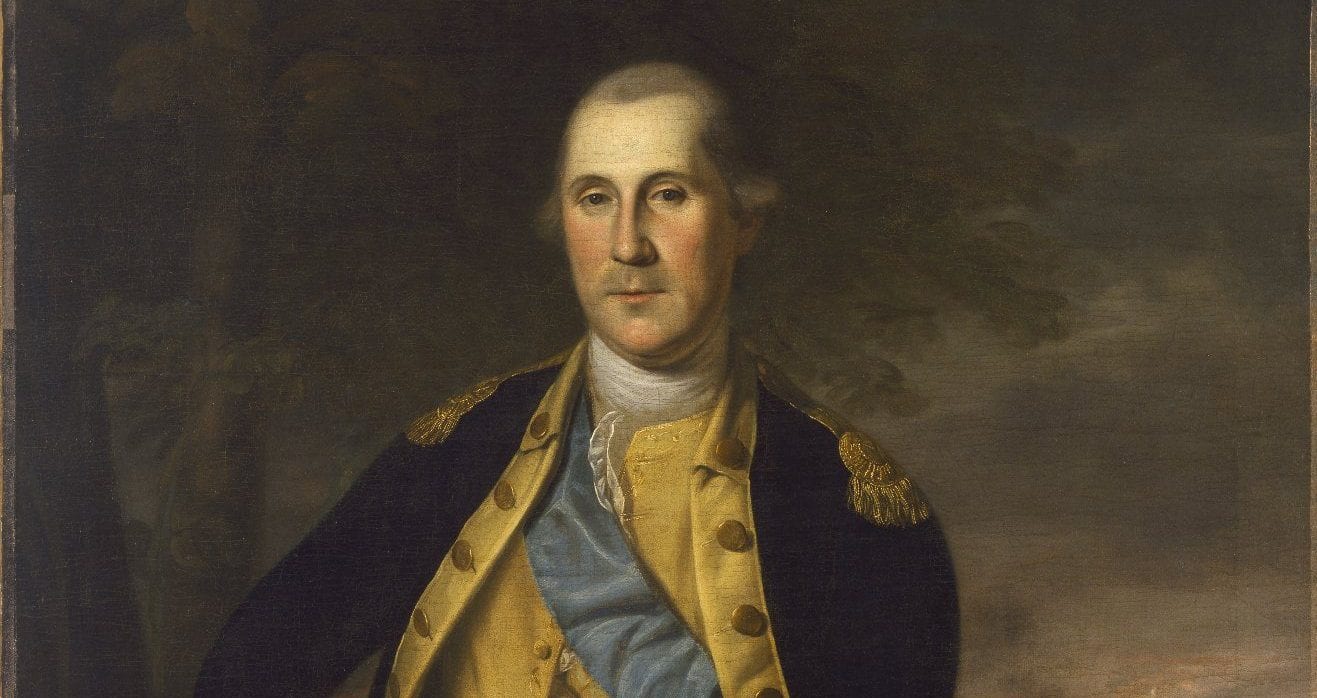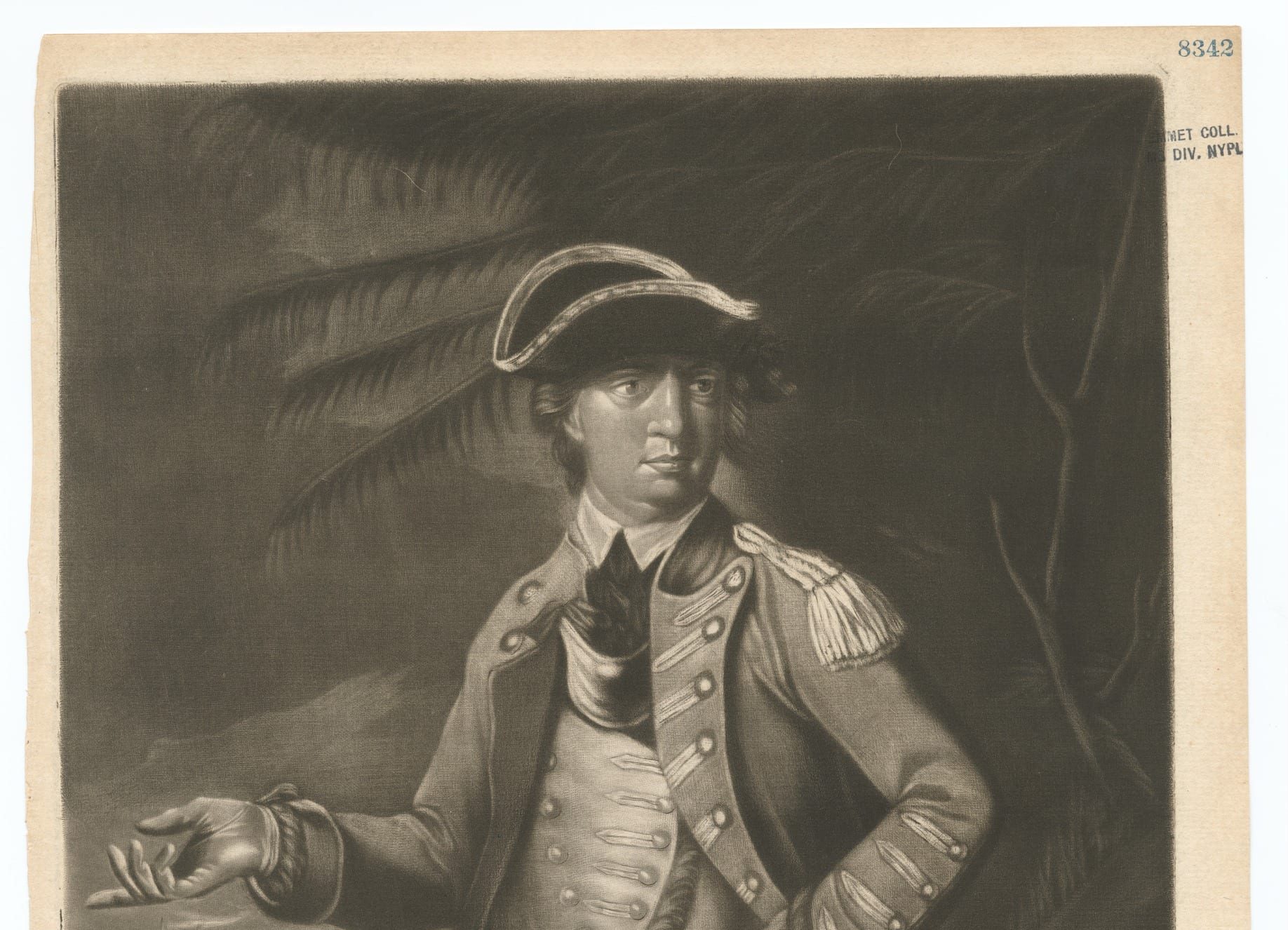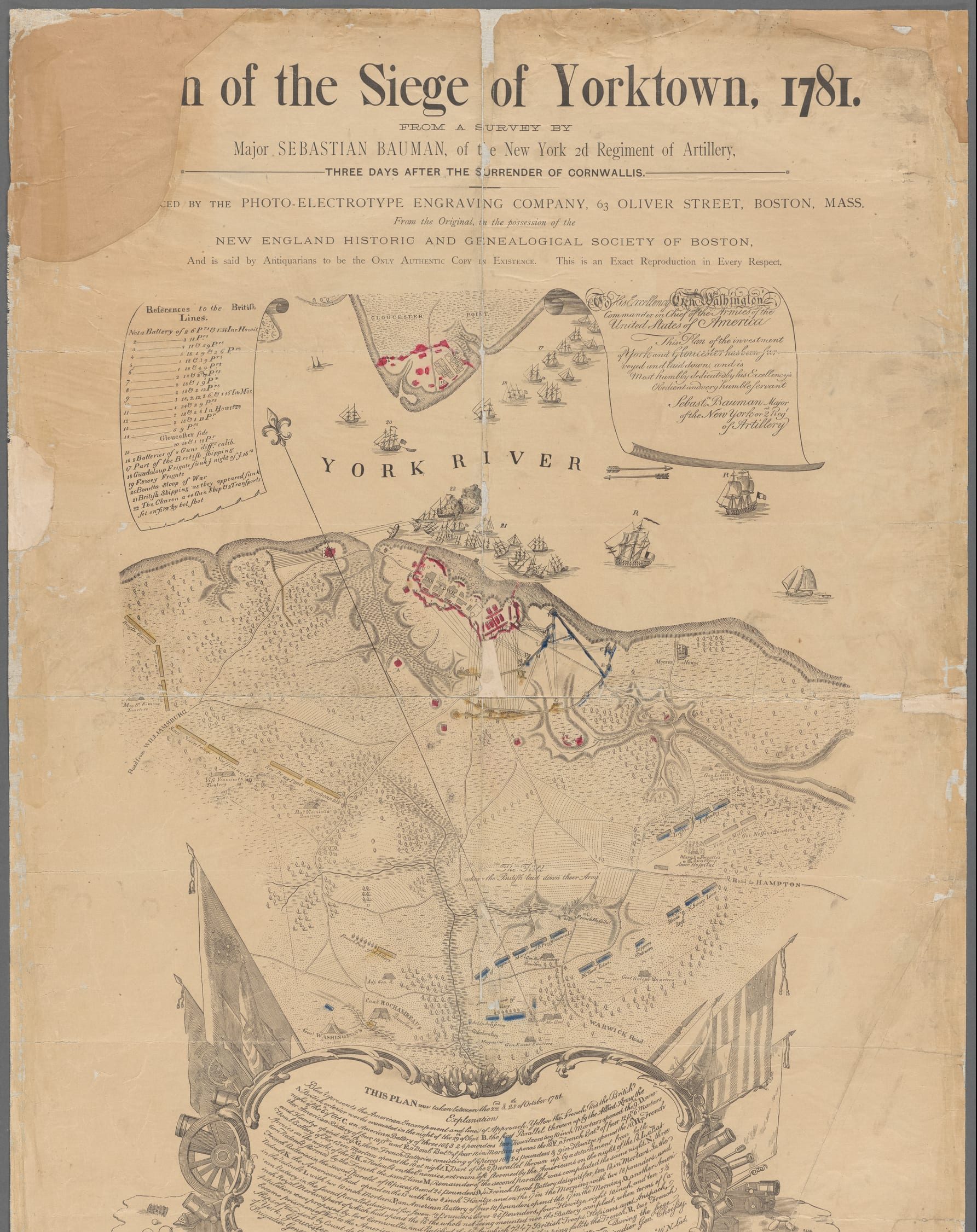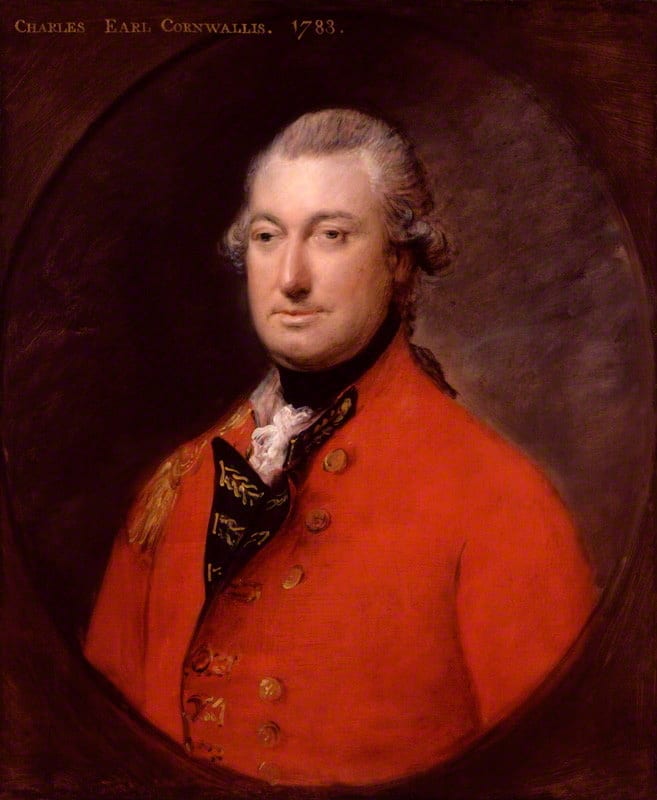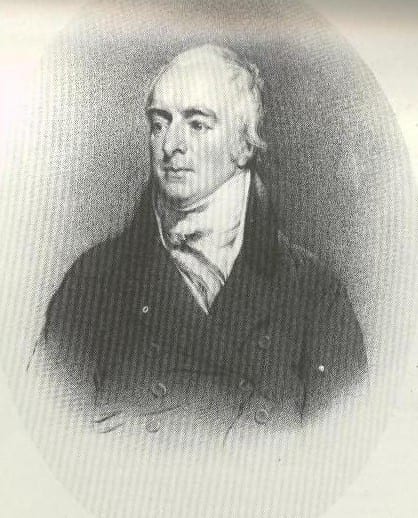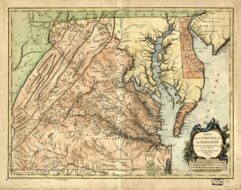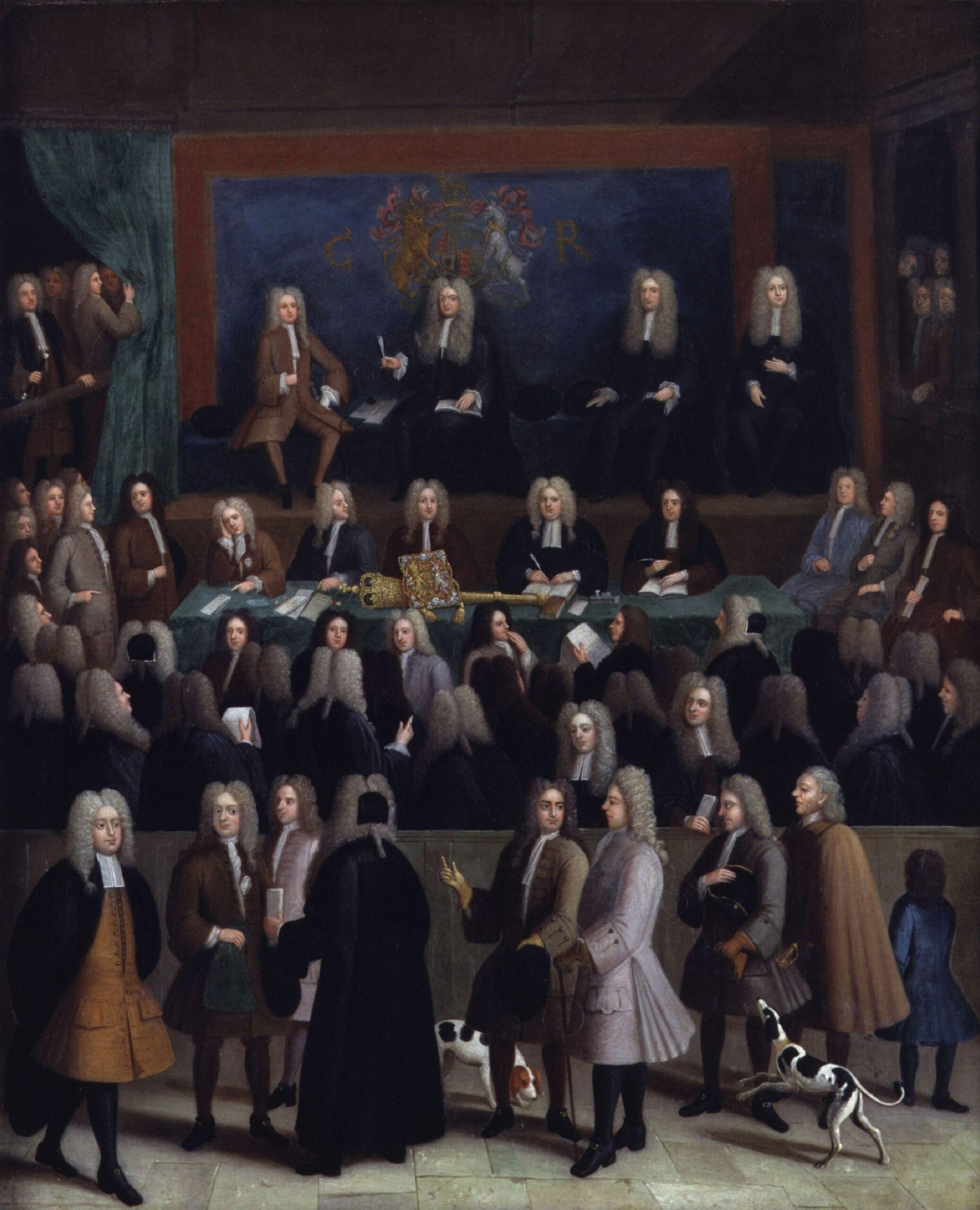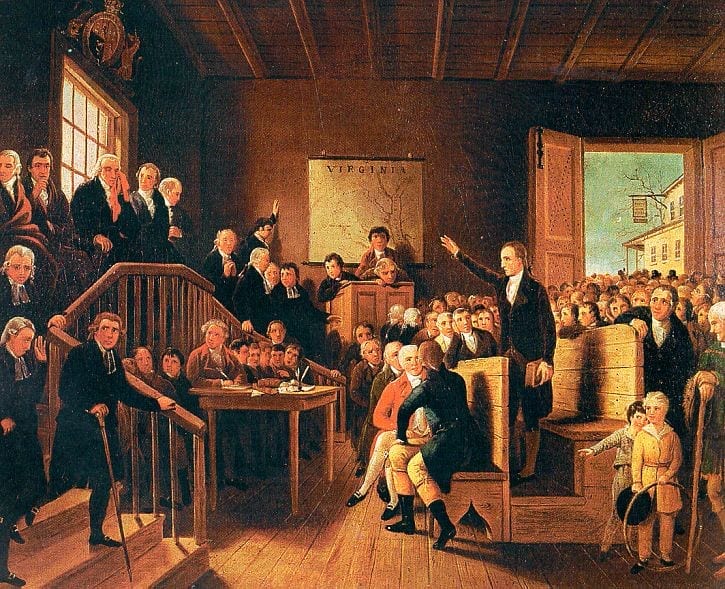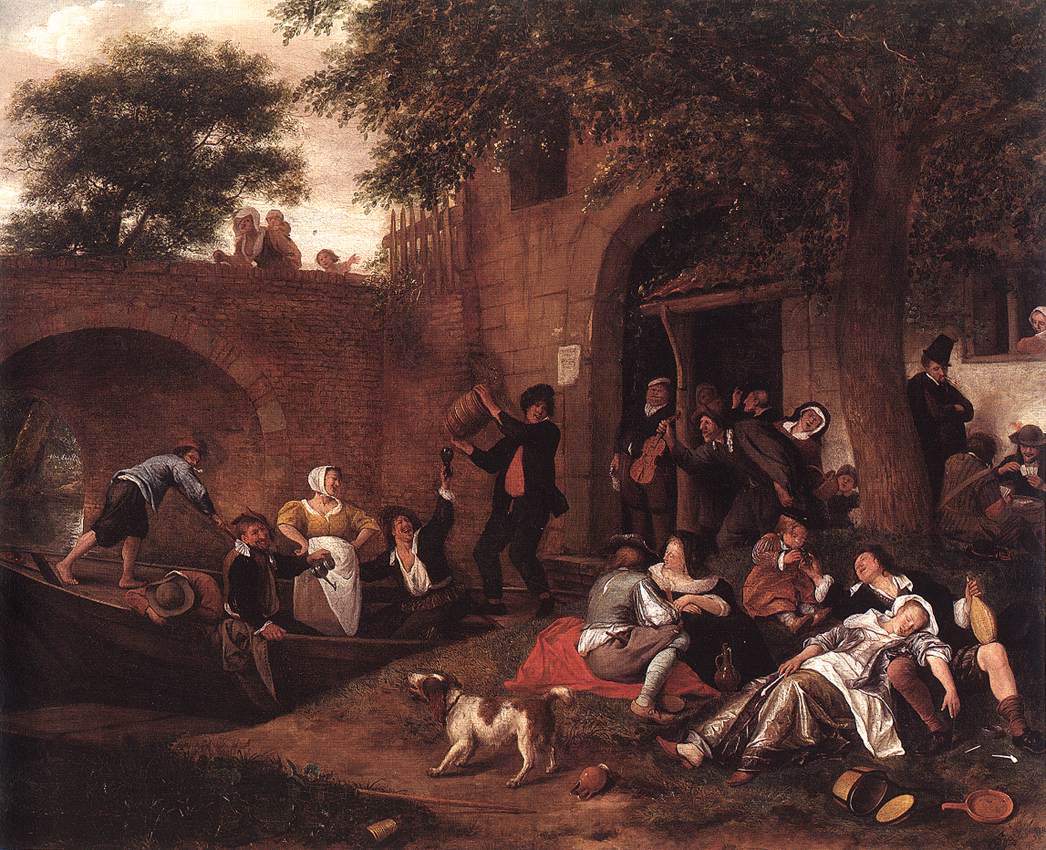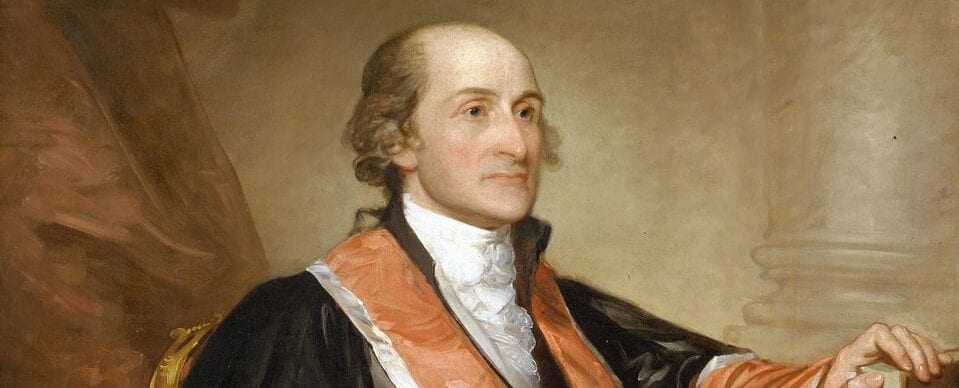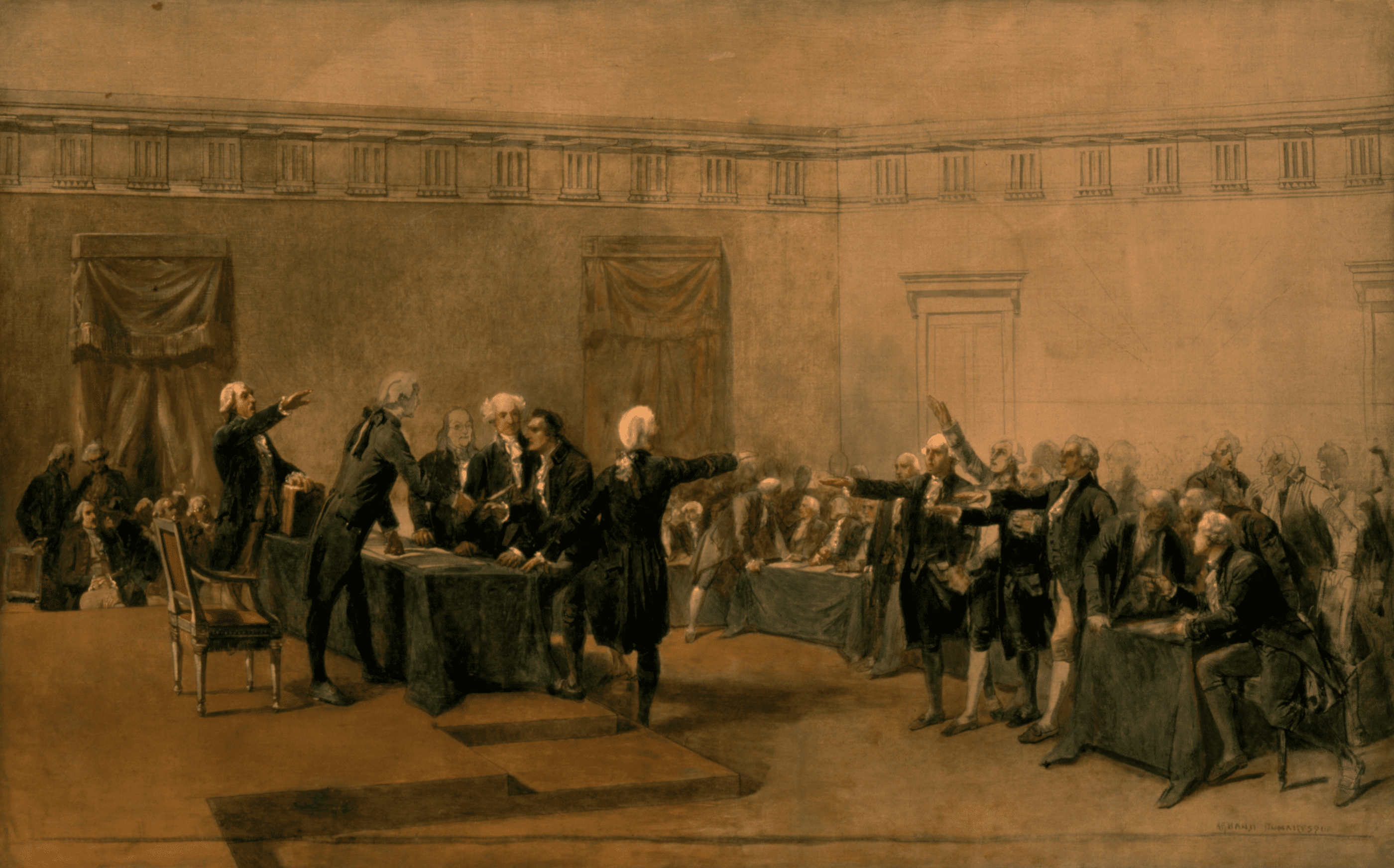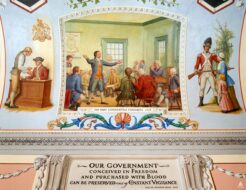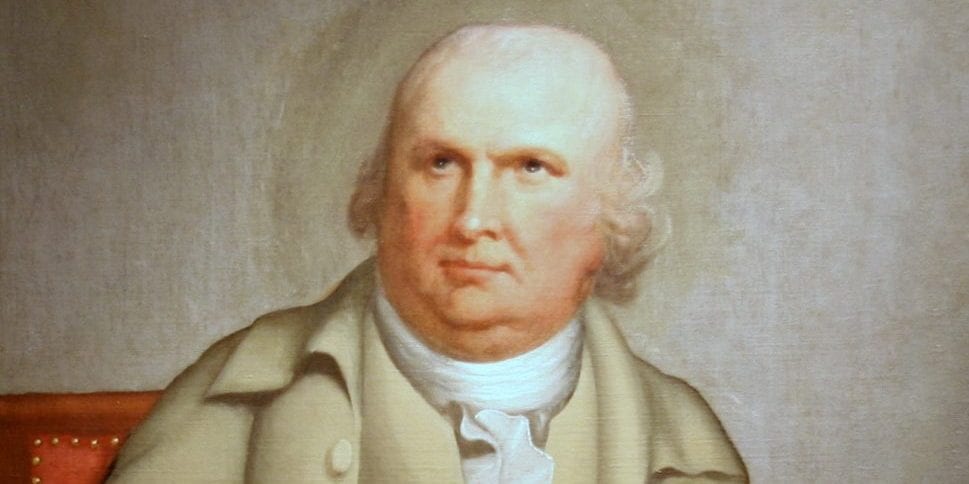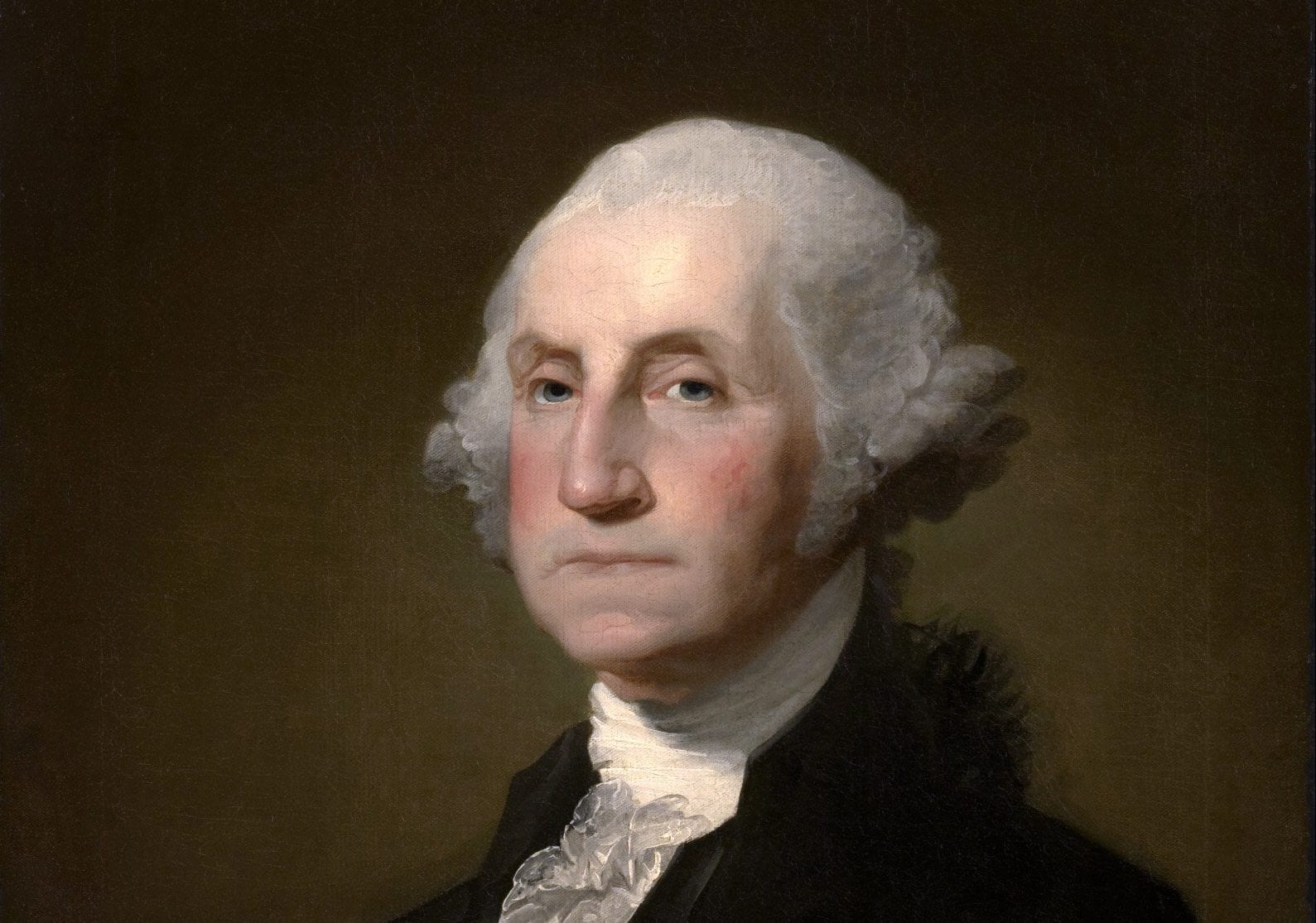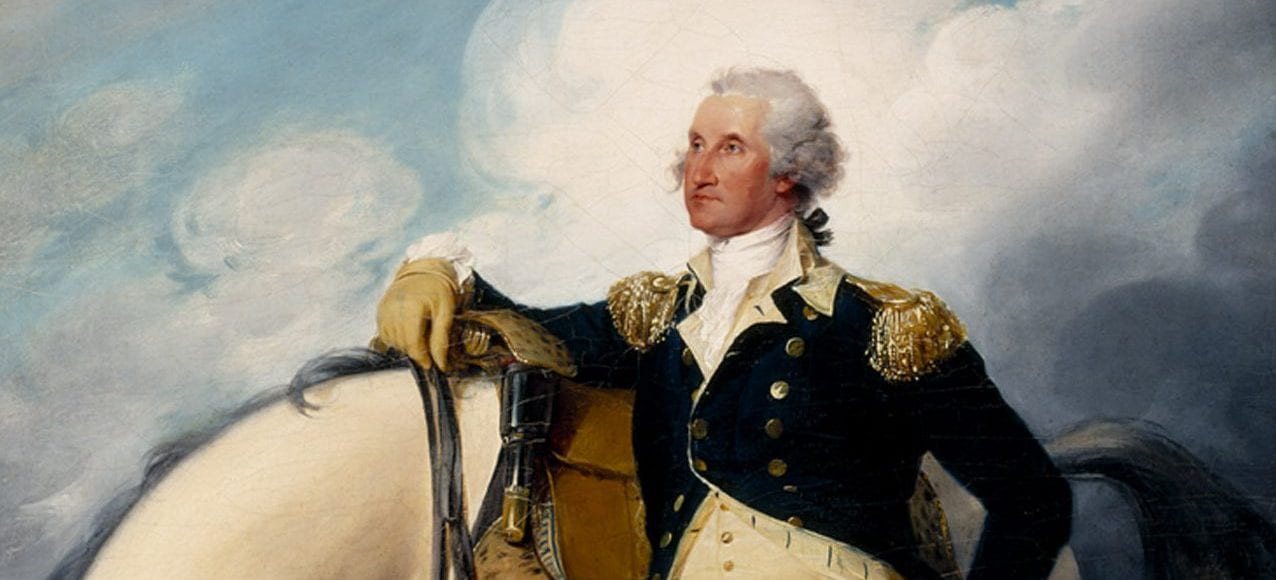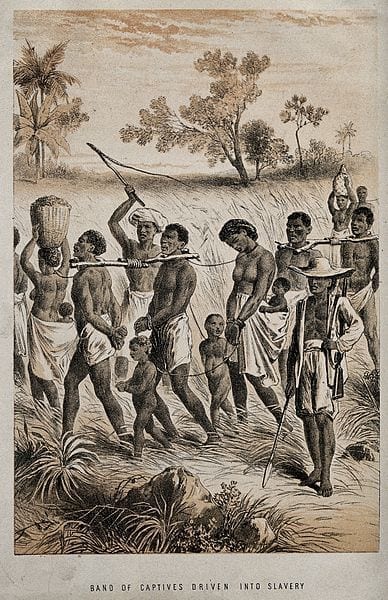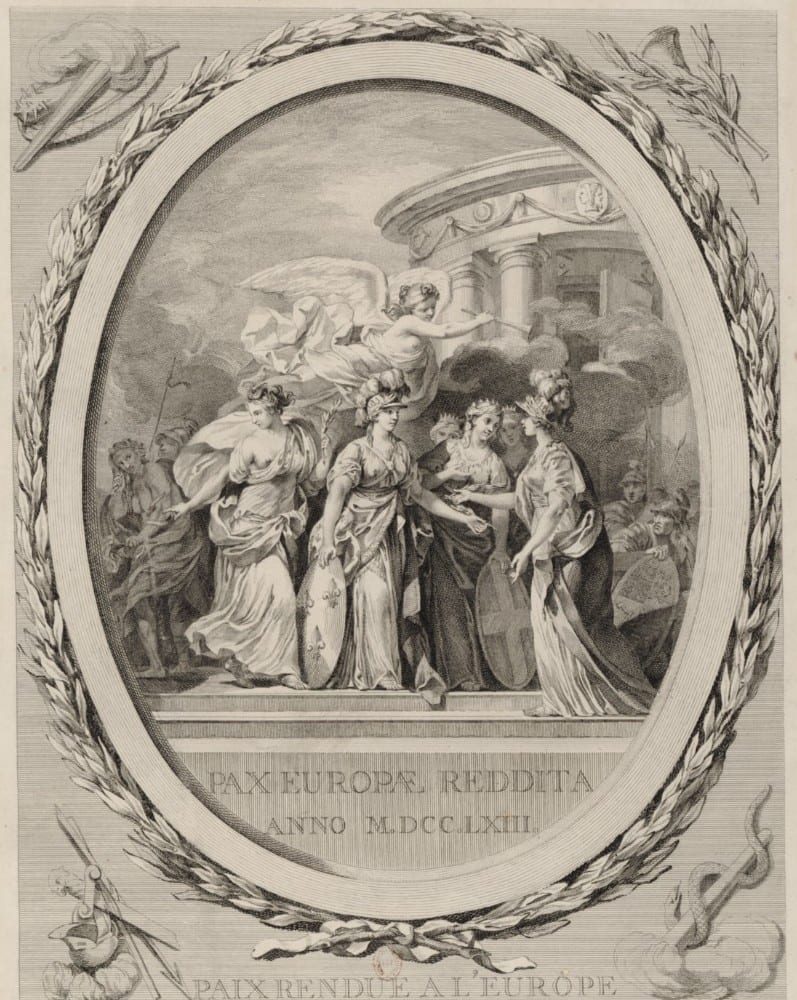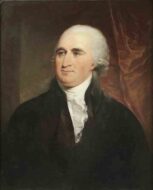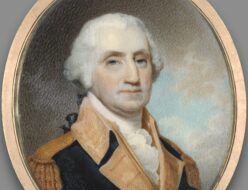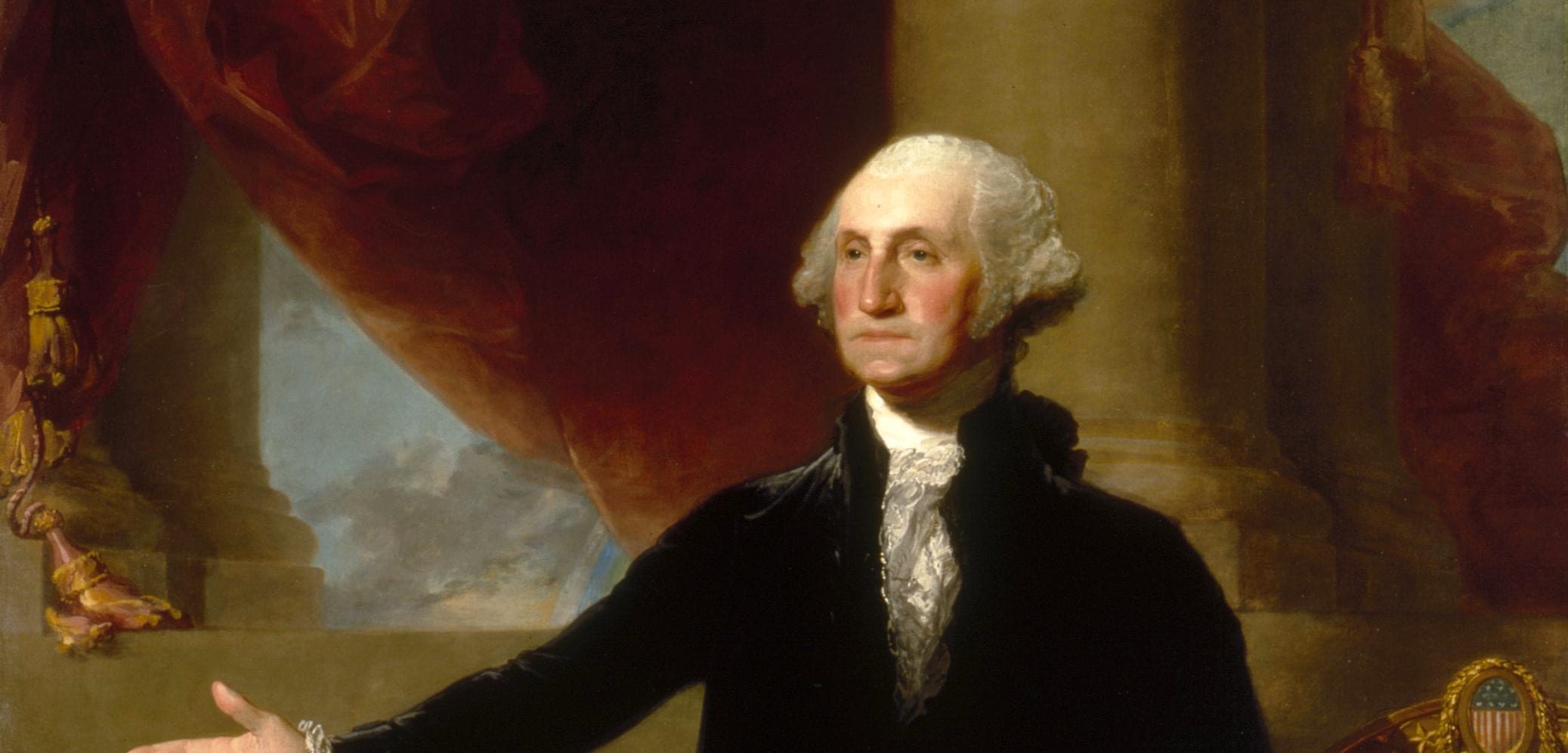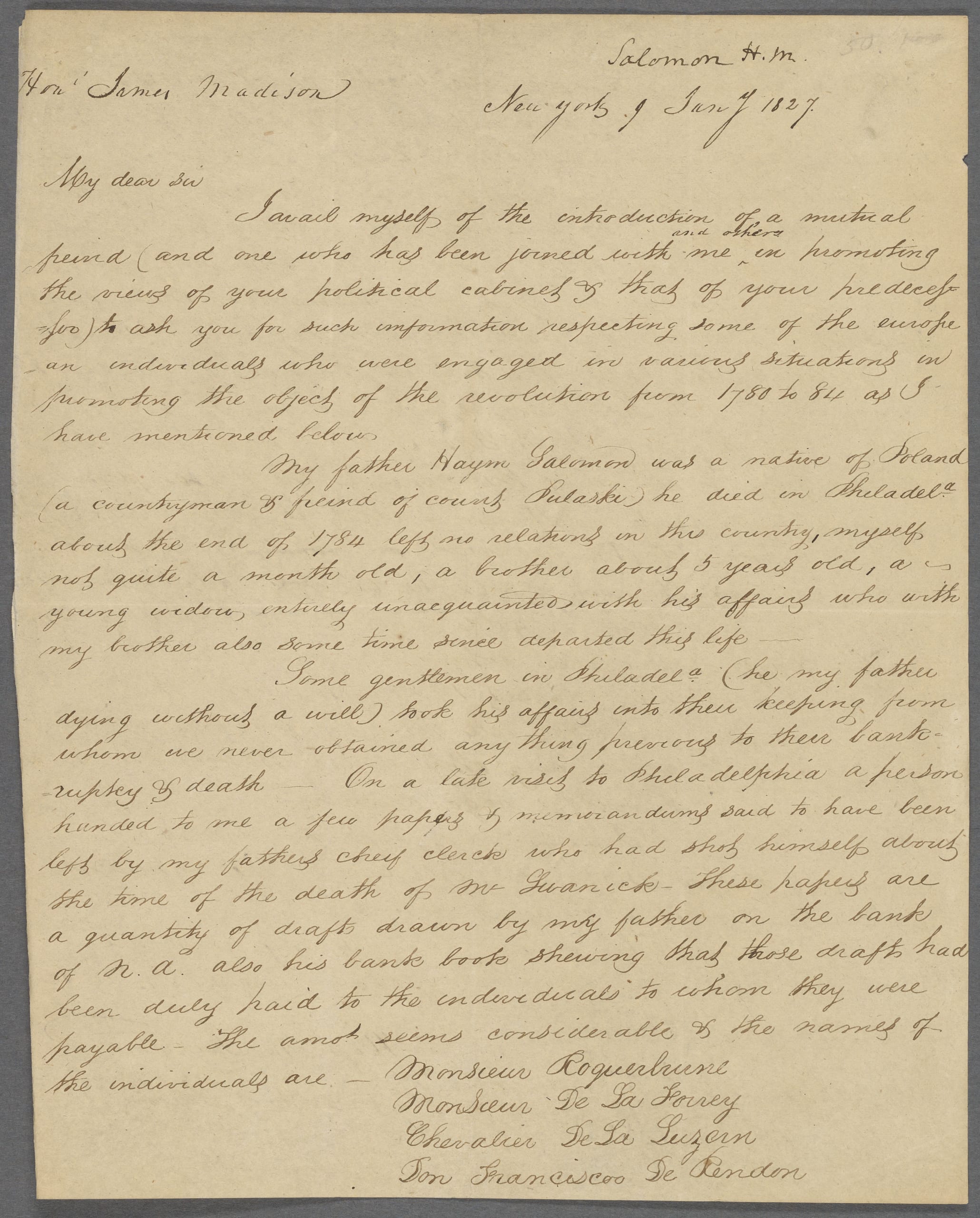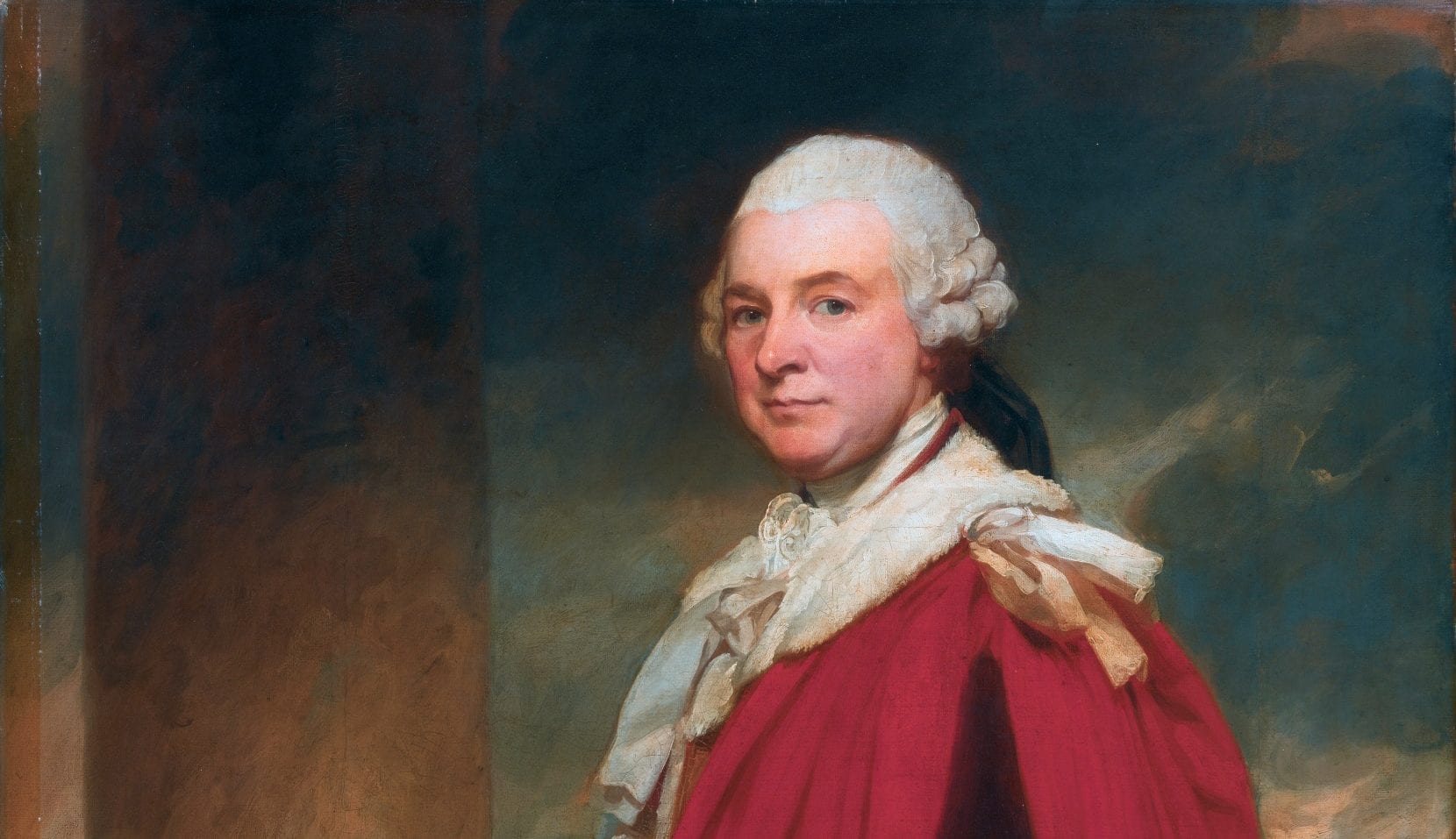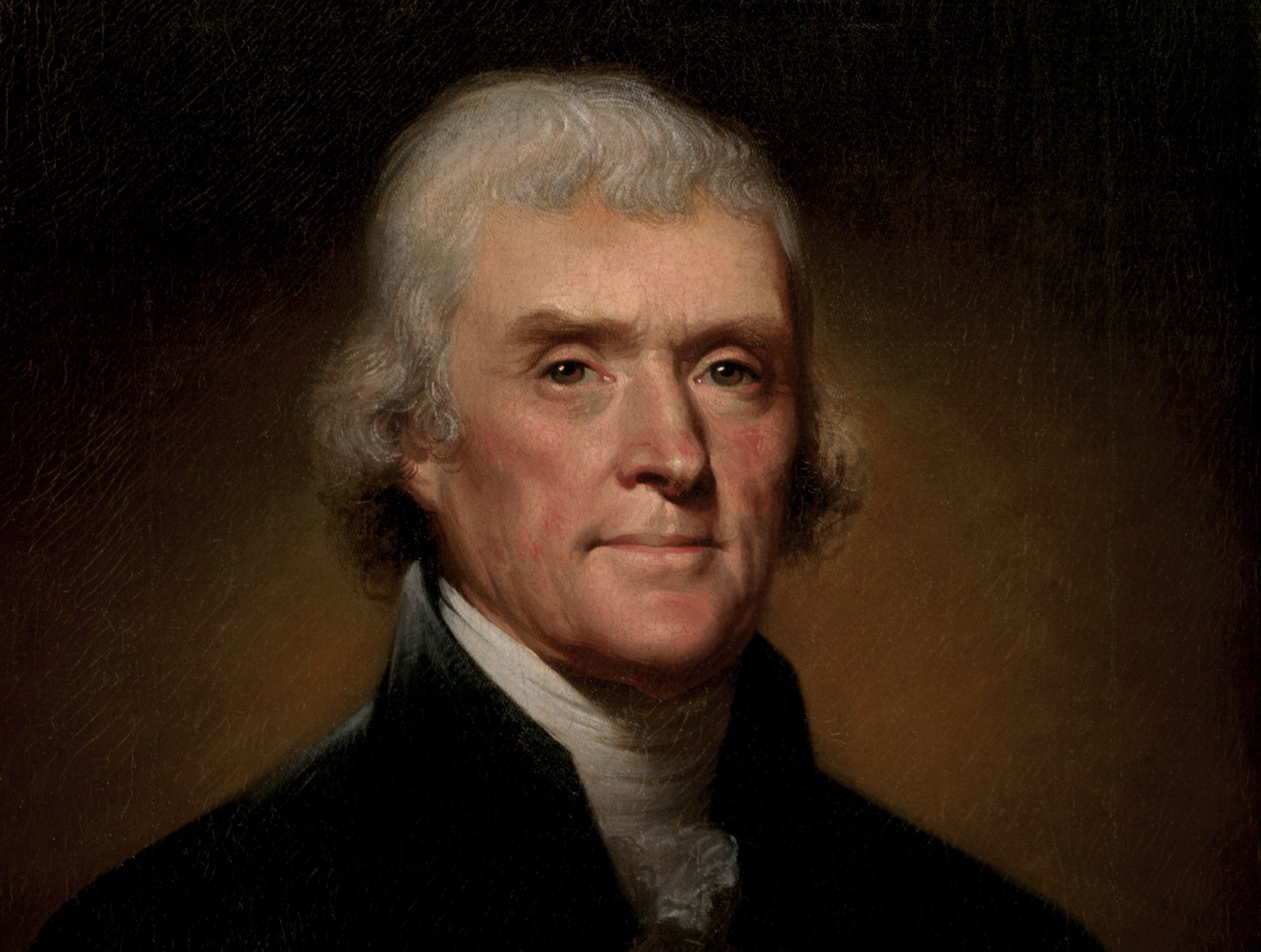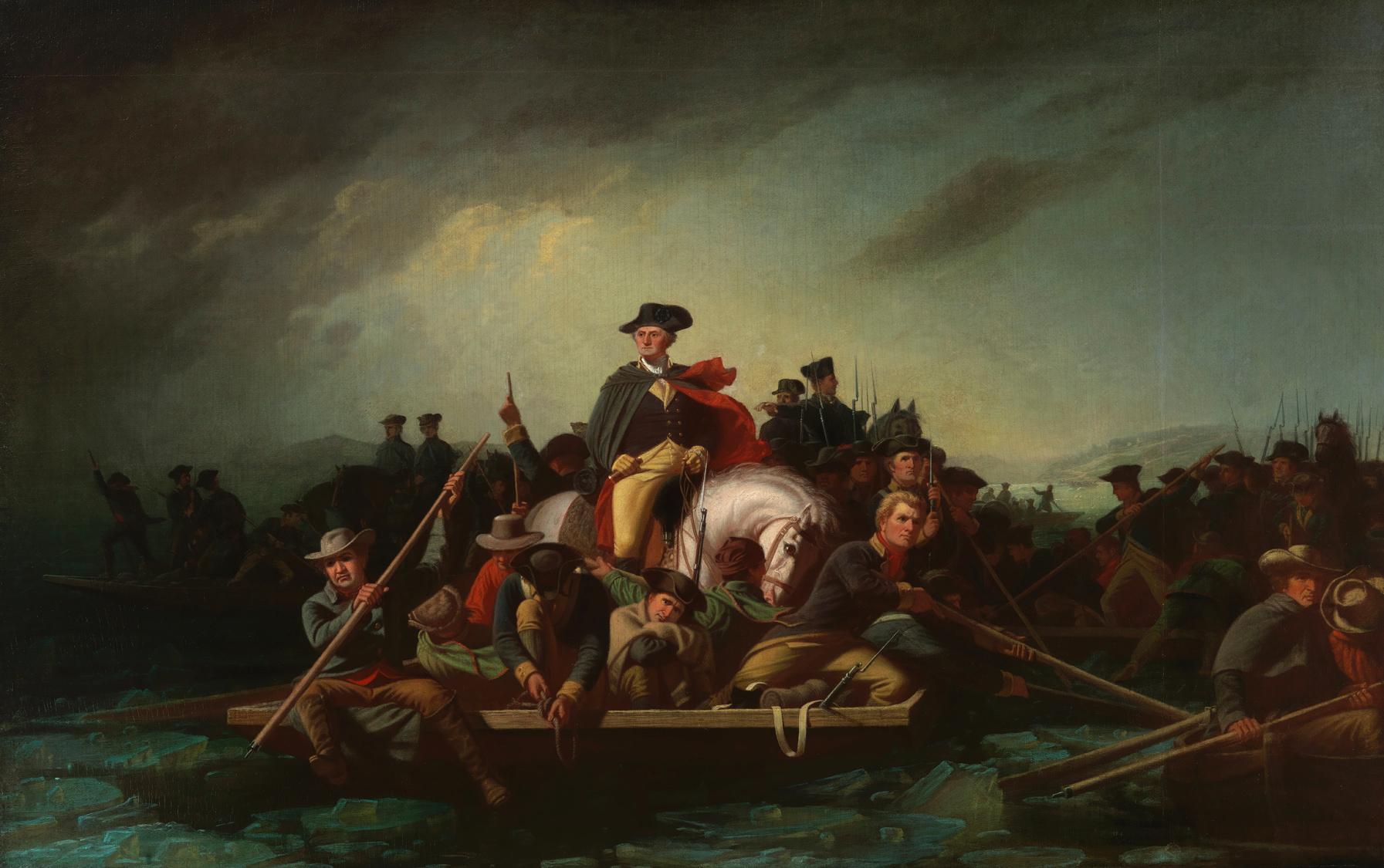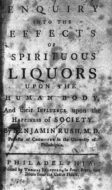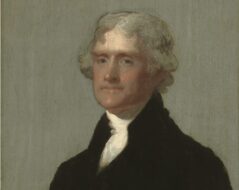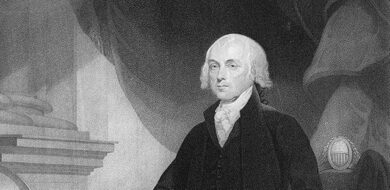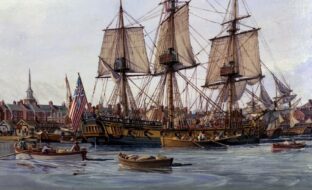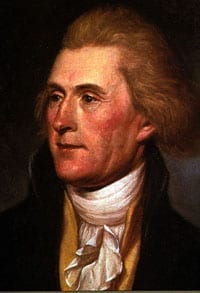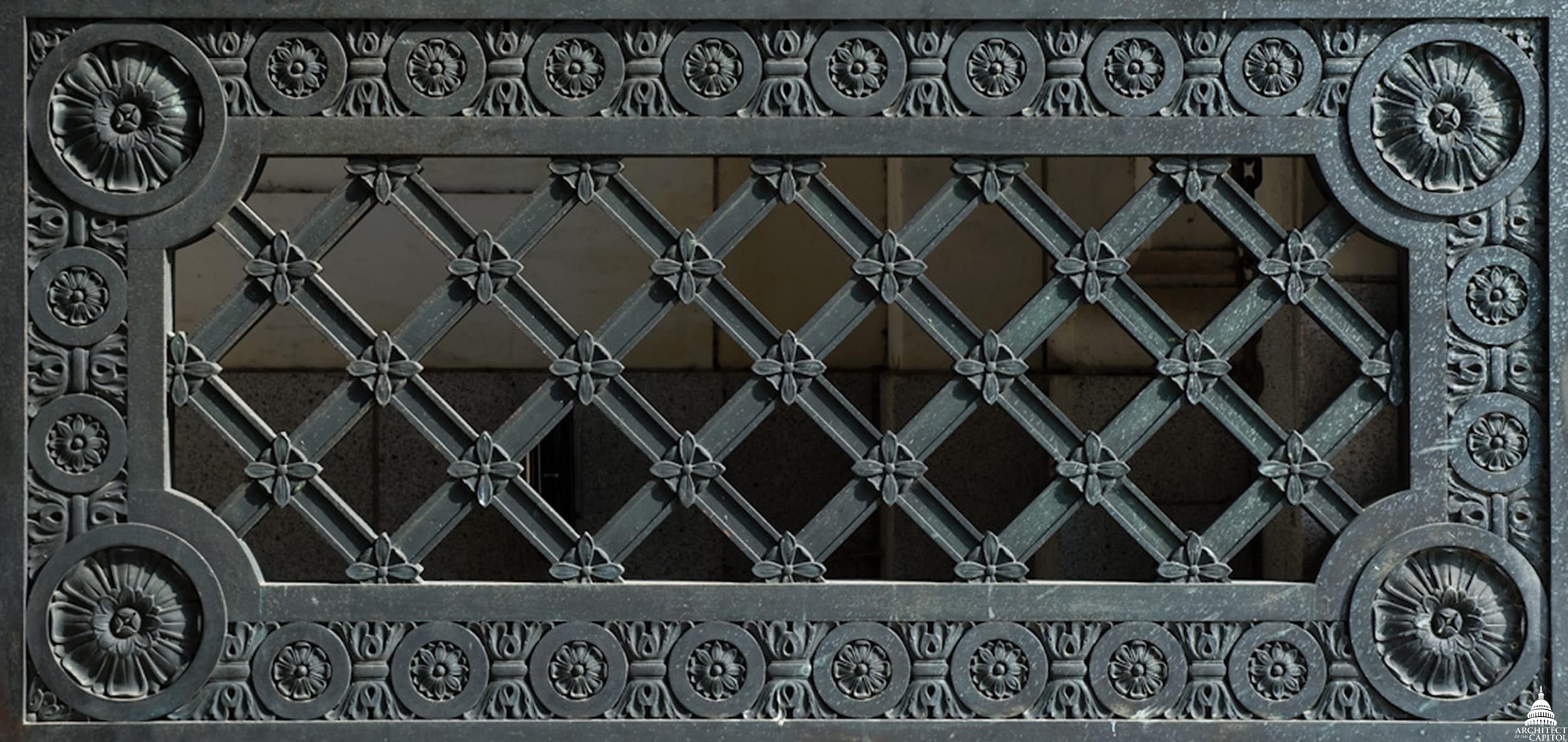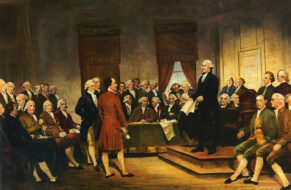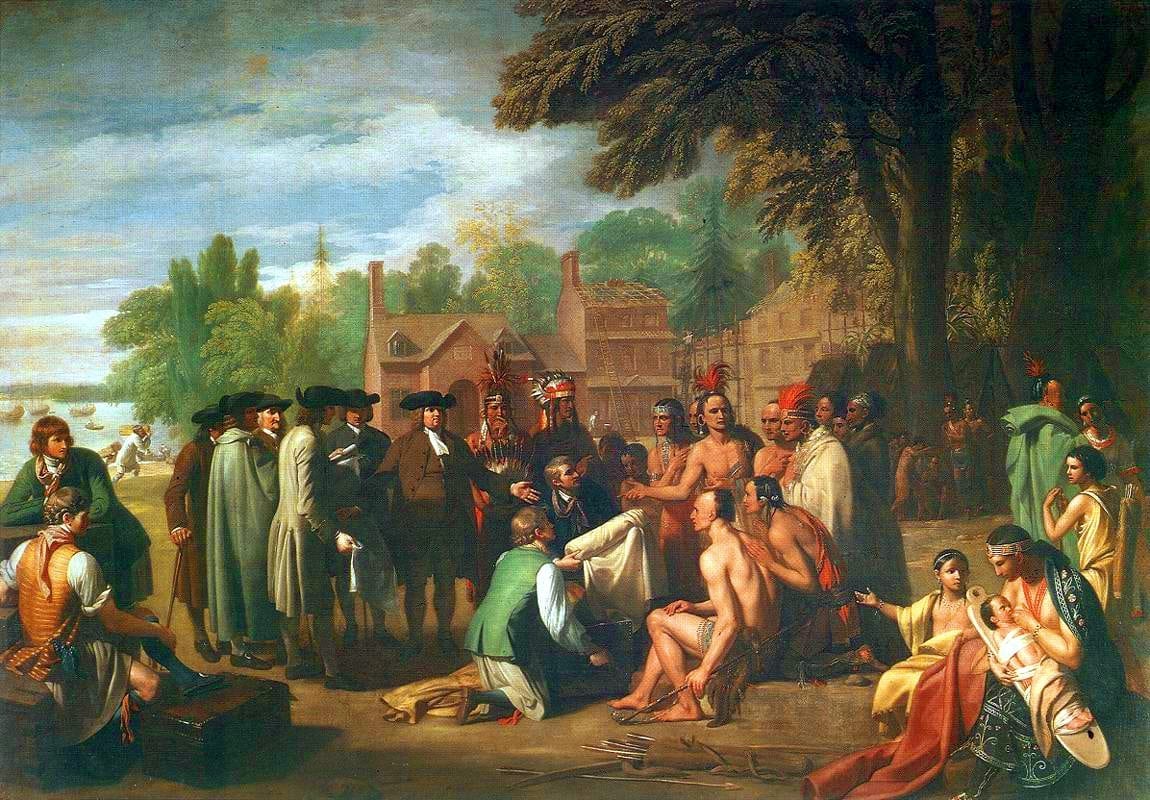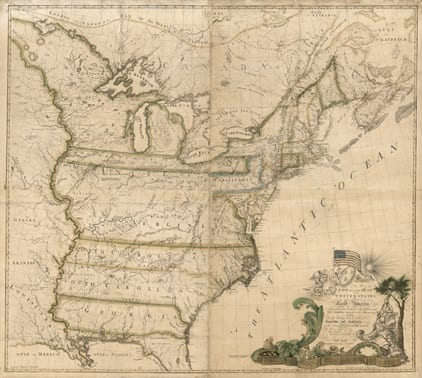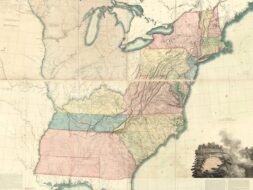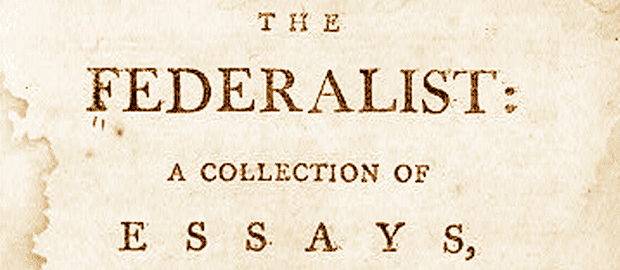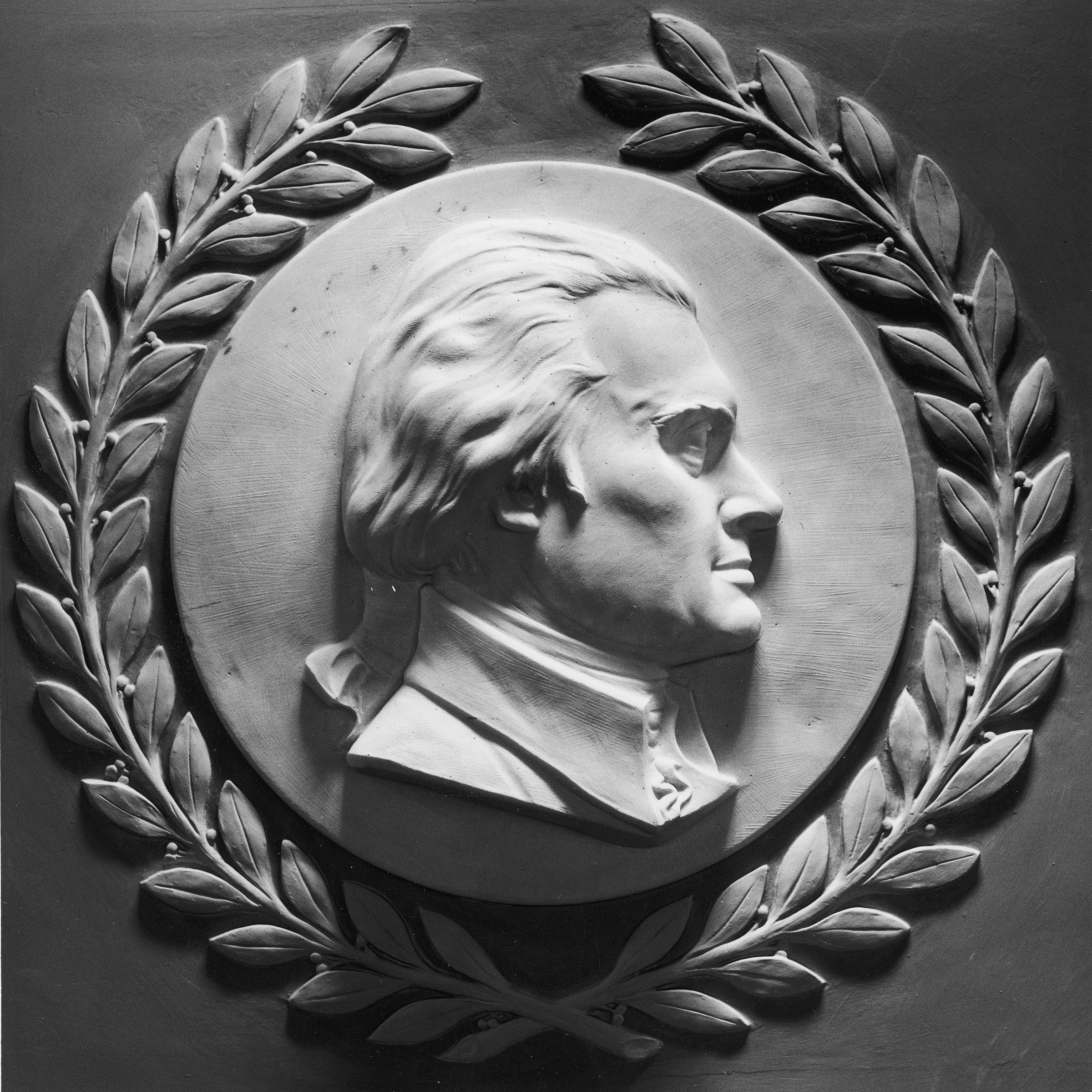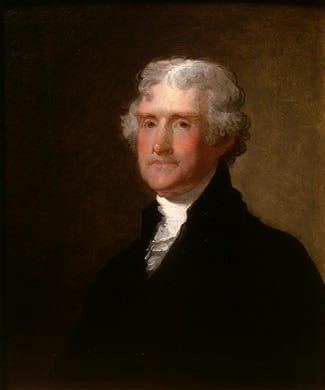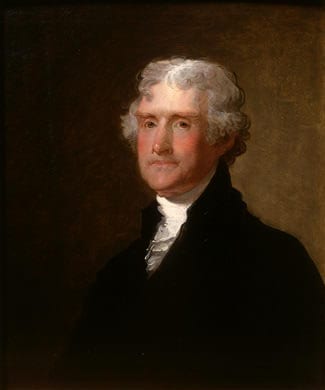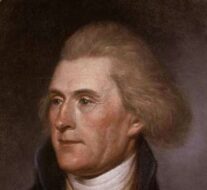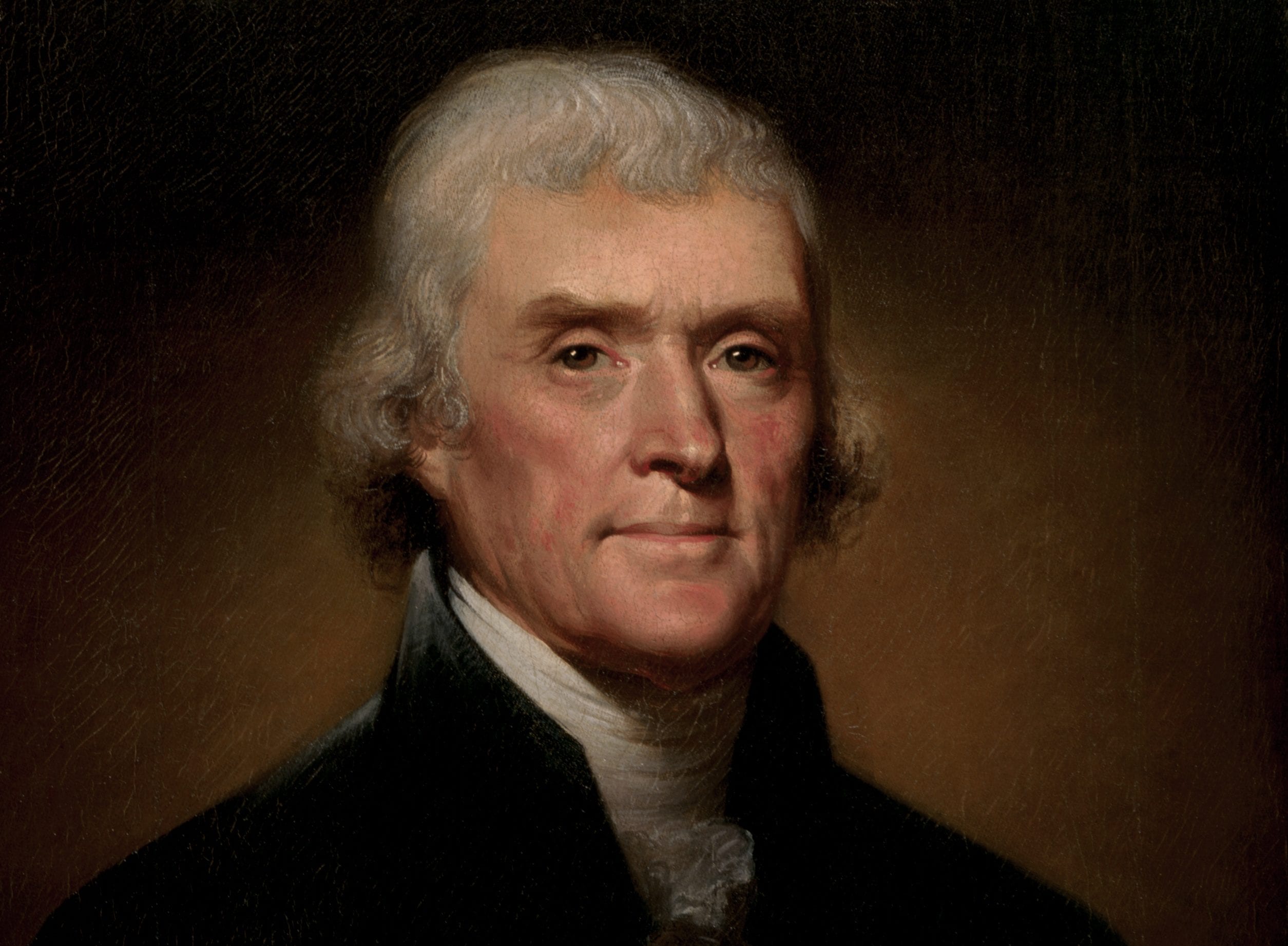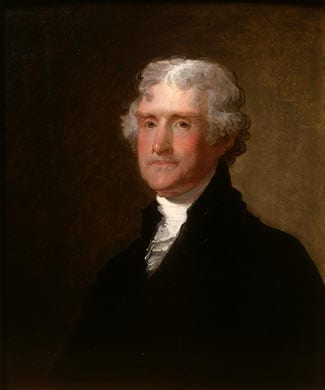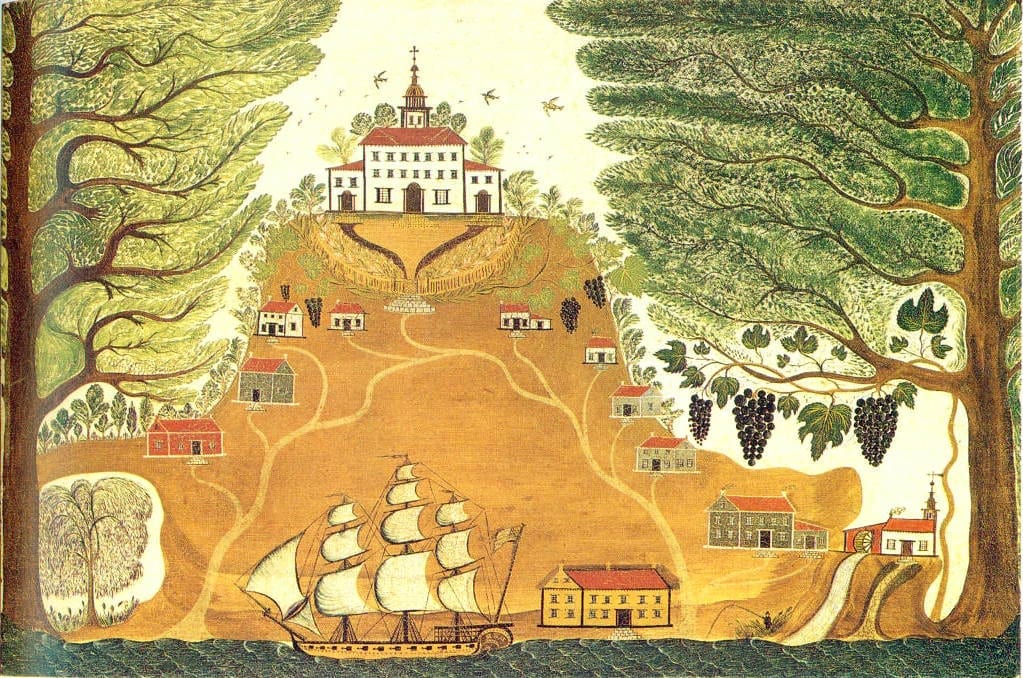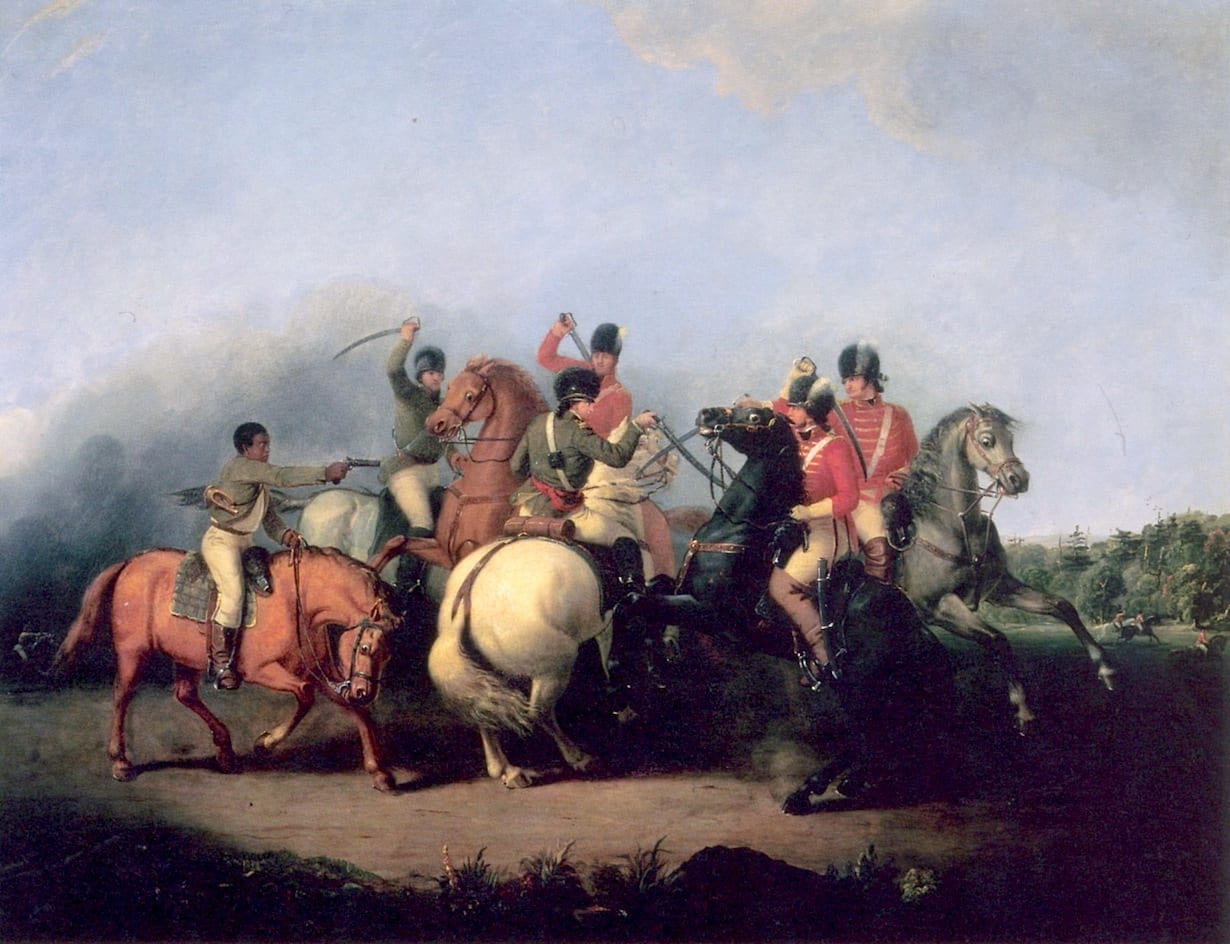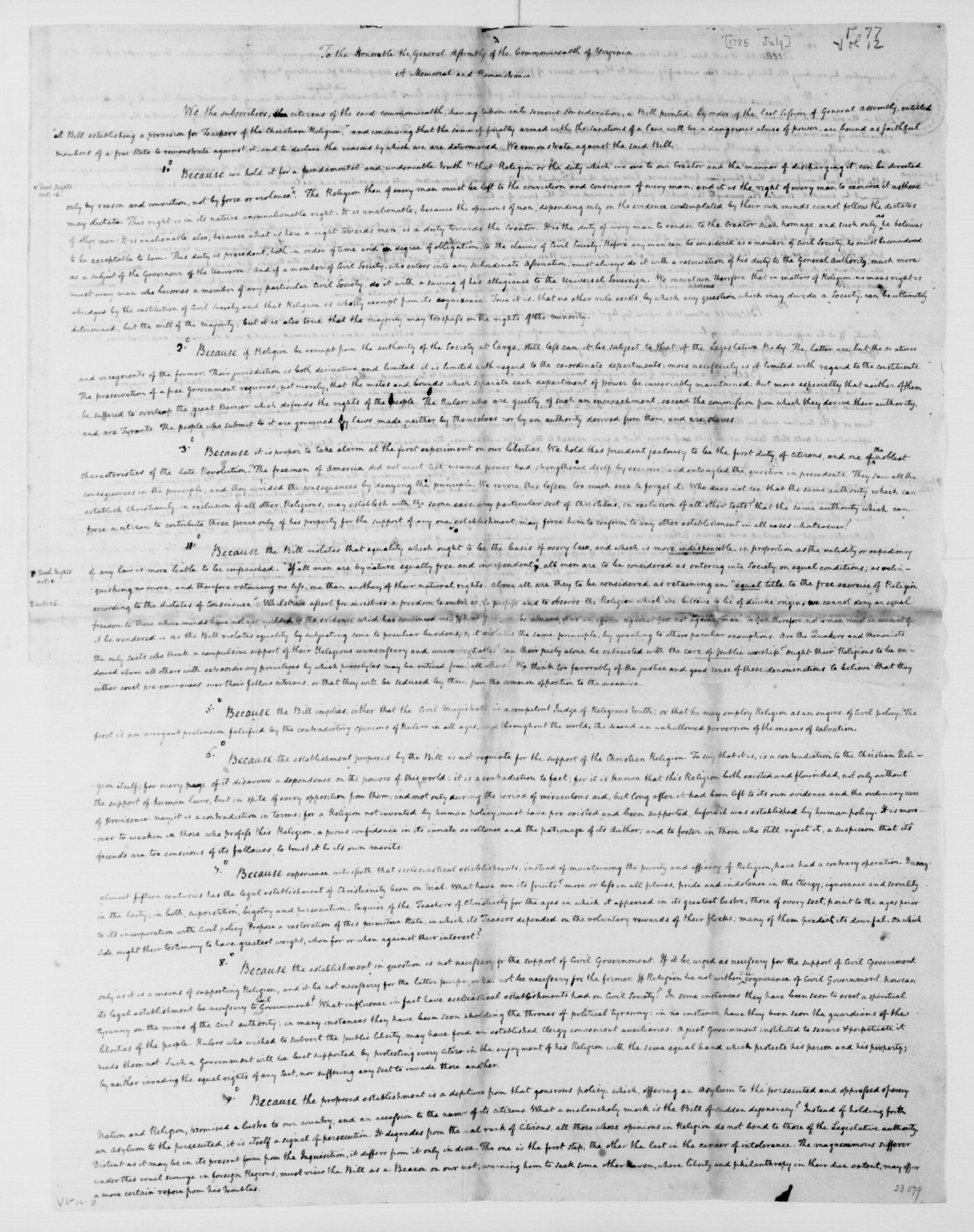
Introduction
Although the British military won numerous battles during the War for Independence, it experienced great difficulty winning over the hearts and minds of American civilians. One reason was that it tended to employ all the weapons at its disposal—such as its warships’ cannons, which pounded American seaports when more surgical strikes could have minimized collateral damage. The heavy-handed behavior of British soldiers, who often demonstrated little sympathy for civilians in their path, alienated Americans as well. Continental soldiers such as Hugh McDonald and Joseph Plumb Martin generally did their best to treat civilians as “us.” Meanwhile, British frustrations mounted as the war dragged on, increasingly causing Redcoats as well as their Loyalist and Indian allies to disregard noncombatants, such as Jane McCrea, as “them.”
The Continental Congress sought to exploit this British disadvantage when it asked Benjamin Franklin (1706–1790), its emissary in Paris, to create and have published an illustrated book, primarily intended for children, highlighting British wartime cruelties. Franklin reached out to the Marquis de Lafayette (1757–1834), who had returned to France after two years with the Continental Army, for help deciding on which British actions to focus. Working together, they composed this list of atrocities to become the subjects of illustrations. Franklin enumerated the first eighteen, Lafayette the six that followed, and then Franklin added the final two. Although their book was never published, their efforts help to emphasize the ways in which protracted warfare in North America undermined British objectives.
Source: Franklin and Lafayette’s List of Prints to Illustrate British Cruelties [ca. May 1779], Founders Online, National Archives, http://founders.archives.gov/documents/Franklin/01-29-02-0477.
1. The Burning of Charlesto[w]n (Date)[1]
A fine town by the waterside, being a port, but without any defense.
A spire rising among the houses, belonging to the house of worship.
A belfry belonging to the town house all in flames.
The inhabitants had all left it.
2. The Burning of Falmouth (Date Nov. 1775)[2]
A fine town and port, but without defense.
Ships firing hot shot, and throwing bombs and carcasses into the town; English colors.
The houses partly in flames.
Sailors with torches setting fire to others.
The inhabitants flying out of it carrying off the sick and aged.
Women with children in their arms.
Some killed as they go off, and lying on the ground.
3. The Burning of Norfolk[3]
Fine town and port, several churches.
Town house.
Inhabitants flying as above, and ships firing.
4. The Burning of Bedford[4]
5. The Burning of Esopus[5]
6. The Cannonading of Bristol[6]
7. – – – of Stoningtown people flying, etc.[7]
8. The putting prisoners to death in cold blood after having surrendered their arms, and demanded quarter—Baylor’s troop.[8]
9. Prisoners dying in their jails, with hunger, cold, and want of fresh air.
10. Dunmore’s hiring the negroes to murder their masters’ families[9]
A large house.
Blacks armed with guns and hangers.[10]
Master and his sons on the ground dead,
Wife and daughters lifted up in the arms of the negroes as they are carrying off.
11. Savages killing and scalping the frontier farmers and their families, women and children, English officers mixed with the savages, and giving them orders and encouraging them.
12. Governor Tonyn sitting in state, a table before him, his soldiers and savages bringing in scalps of the Georgia people, and presenting them. Money on the table with which he pays for them.[11]
13. The commanding officer at Niagara, receiving in like manner the scalps of the Wyoming families.[12]
14. The king of England, giving audience to his secretary [of] war, who presents him a schedule entitled Acc[oun]t of Scalps, which he receives very graciously.
15. American prisoners, put on board men of war, and whips to make them fight against their countrymen and relations.
16. Americans put on board ships in irons to be carried to the East Indies, and Senegal, where they died with misery and the unwholesomeness of the climate.[13]
17. Burning the wounded with straw at the Crooked Billet, small place in Pennsylvania.[14]
18.Prisoners killed and roasted for a great festival where the Canadian Indians are eating American flesh, Colonel Butler[15] an[d] English officer sitting at table.
19. British officers who being prisoners on parole are well received in the best American families, and take that opportunity of corrupting negroes and engaging them to desert from the house, to rob, and even to murder their masters.
20. American officers who, as they arrive in the British camp, are insulted by an enraged soldiery—their money, their cockades, their sword, and all their clothes are taken away from them.
21. A dirty prison ship where American officers are confined without being at liberty to take the air, and so crowded that they can live but a few days—British officers come to laugh at them and insult at their miseries.
22. British officers plundering with their own hands farm houses, abusing the old people of the house, insulting the young landlady, and frightening the children.
23. An honorable Captain Corning last spring in the house of a gentleman called Mr. West at White Marsh, rushing in the room where Miss West and another young lady were sleeping at two o’clock in the morning—the captain and soldiers jump to the beds of the two ladies, and with fixed bayonets upon their breasts make several inquiries, and laugh at their dreadful situation in the most abusive manner.[16]
24. Another right honorable captain going out on a detachment an[d] killing defenseless people.
25. General Gage’s perfidy to the inhab[i]t[ant]s of Boston.
26. Counterfeiting the paper money.
[1] Charlestown, Mass., was burned on June 17, 1775, during the Battle of Bunker Hill.
[2] Falmouth (now Portland, Maine) was actually burned on October 18, 1775.
[3] On January 1, 1776, British warships shelled Norfolk, Va.; sailors landed to torch specific buildings. Many residents of Norfolk were Loyalists who had been driven away by the Patriot troops who occupied the city; these Patriot forces, believing that Norfolk could not be defended against future British occupation, later burned much of what had remained after the British attack.
[4] A British expeditionary force burned Bedford village, incorporated in 1787 into the town of New Bedford, Mass., on September 5 and 6, 1778.
[5] Kingston (or Esopus), N.Y., was burned on October 16, 1777.
[6] British warships bombarded Bristol, R.I., on October 7, 1775. On May 25, 1778, 500 British and Hessian troops attacked the town and burned about thirty homes and other structures.
[7] Stonington, Conn., was attacked by the frigate H.M.S. Rose on August 30, 1775.
[8] On the night of September 28, 1778, British soldiers serving under Major General Charles “No-Flint” Grey (1729–1807) bayonetted about one hundred members of the 3rd Regiment of Continental Light Dragoons, commanded by Colonel George Baylor (1752–1784), as they slept near modern-day River Vale, N.J.
[9] On November 7, 1775, John Murray, 4th Earl of Dunmore (1730–1809), royal governor of Virginia, signed a proclamation offering freedom to slaves of Patriots who joined the British army.
[10] Metal hooks.
[11] General Patrick Tonyn (1725–1804) served as British governor of East Florida (1774–1783). A January 17, 1777 letter had informed Franklin that, “at the instigation” of Tonyn, Cherokee and Creek warriors had “in one day taken seven hundred scalps from the inoffensive frontier families of the Carolinas and Georgia.”
[12] The July 3, 1778, Wyoming Massacre resulted in the loss of about 300 Pennsylvania settlers’ lives at the hands of Loyalist and Iroquois forces under the command of Colonel John Butler (1728–1796) of Fort Niagara. The victorious Loyalists and Iroquois burned Patriots’ houses and allegedly scalped prisoners and retreating opponents.
[13] On May 8, 1779, Franklin wrote to Antoine de Sartine (1729–1801), the French naval secretary (1774–1780), about American prisoners of war forced to serve in the British navy as well as others “sent as slaves to Africa.”
[14] After the American defeat at the May 1, 1778, Battle of Crooked Billet, British and Loyalist forces reportedly murdered prisoners of war. Andrew Long (ca. 1730–1812), a Bucks County justice of the peace, took statements from five witnesses who reported “savage barbarity in its utmost exertion of cruelty” including the intentional burning alive of the wounded.
[15] Colonel John Butler, Loyalist commander of Fort Niagara, mentioned in note 12.
[16] Although Lafayette here referred to a specific instance in which British soldiers assaulted American women, Washington’s wartime correspondence, which contains numerous references to redcoat attacks on American women and girls, makes clear that such crimes were not uncommon. In August 1776, for example, British General Lord Rawdon (Francis Rawdon-Hastings, 1st Marquess of Hastings, 1754–1826) described “the fair nymphs” of Staten Island, N.Y., as “fresh meat” that made his “healthy and spirited” soldiers “as riotous as satyrs. A girl cannot step into the bushes to pluck a rose without running the most imminent risk of being ravished, and they are so little accustomed to these vigorous methods that they don’t bear them with the proper resignation, and of consequence we have the most entertaining courts-martial every day.”
- 1. Charlestown, Mass., was burned on June 17, 1775, during the Battle of Bunker Hill.
- 2. Falmouth (now Portland, Maine) was actually burned on October 18, 1775.
- 3. On January 1, 1776, British warships shelled Norfolk, Va.; sailors landed to torch specific buildings. Many residents of Norfolk were Loyalists who had been driven away by the Patriot troops who occupied the city; these Patriot forces, believing that Norfolk could not be defended against future British occupation, later burned much of what had remained after the British attack.
- 4. A British expeditionary force burned Bedford village, incorporated in 1787 into the town of New Bedford, Mass., on September 5 and 6, 1778.
- 5. Kingston (or Esopus), N.Y., was burned on October 16, 1777.
- 6. British warships bombarded Bristol, R.I., on October 7, 1775. On May 25, 1778, 500 British and Hessian troops attacked the town and burned about thirty homes and other structures.
- 7. Stonington, Conn., was attacked by the frigate H.M.S. Rose on August 30, 1775.
- 8. On the night of September 28, 1778, British soldiers serving under Major General Charles “No-Flint” Grey (1729–1807) bayonetted about one hundred members of the 3rd Regiment of Continental Light Dragoons, commanded by Colonel George Baylor (1752–1784), as they slept near modern-day River Vale, N.J.
- 9. On November 7, 1775, John Murray, 4th Earl of Dunmore (1730–1809), royal governor of Virginia, signed a proclamation offering freedom to slaves of Patriots who joined the British army.
- 10. Metal hooks.
- 11. General Patrick Tonyn (1725–1804) served as British governor of East Florida (1774–1783). A January 17, 1777 letter had informed Franklin that, “at the instigation” of Tonyn, Cherokee and Creek warriors had “in one day taken seven hundred scalps from the inoffensive frontier families of the Carolinas and Georgia.”
- 12. The July 3, 1778, Wyoming Massacre resulted in the loss of about 300 Pennsylvania settlers’ lives at the hands of Loyalist and Iroquois forces under the command of Colonel John Butler (1728–1796) of Fort Niagara. The victorious Loyalists and Iroquois burned Patriots’ houses and allegedly scalped prisoners and retreating opponents.
- 13. On May 8, 1779, Franklin wrote to Antoine de Sartine (1729–1801), the French naval secretary (1774–1780), about American prisoners of war forced to serve in the British navy as well as others “sent as slaves to Africa.”
- 14. After the American defeat at the May 1, 1778, Battle of Crooked Billet, British and Loyalist forces reportedly murdered prisoners of war. Andrew Long (ca. 1730–1812), a Bucks County justice of the peace, took statements from five witnesses who reported “savage barbarity in its utmost exertion of cruelty” including the intentional burning alive of the wounded.
- 15. Colonel John Butler, Loyalist commander of Fort Niagara, mentioned in note 12.
- 16. Although Lafayette here referred to a specific instance in which British soldiers assaulted American women, Washington’s wartime correspondence, which contains numerous references to redcoat attacks on American women and girls, makes clear that such crimes were not uncommon. In August 1776, for example, British General Lord Rawdon (Francis Rawdon-Hastings, 1st Marquess of Hastings, 1754–1826) described “the fair nymphs” of Staten Island, N.Y., as “fresh meat” that made his “healthy and spirited” soldiers “as riotous as satyrs. A girl cannot step into the bushes to pluck a rose without running the most imminent risk of being ravished, and they are so little accustomed to these vigorous methods that they don’t bear them with the proper resignation, and of consequence we have the most entertaining courts-martial every day.”

Conversation-based seminars for collegial PD, one-day and multi-day seminars, graduate credit seminars (MA degree), online and in-person.
